
Containerize your Python apps to eliminate environment issues and simplify deployment. This guide shows you why it helps and how to get started with Docker.

Containerize your Python apps to eliminate environment issues and simplify deployment. This guide shows you why it helps and how to get started with Docker.

In this article, we'll explore 10 Python one-liners that showcase the progression from basic statistical tests to sophisticated analyses.

These common Python functions seem simple… until they aren’t. Avoid subtle bugs by learning how to use them the right way.

Learn to transform geographic data into actionable insights using GeoPandas. From basic maps to finding Chicago's health deserts — complete tutorial inside.

In this article, I'll take you through a practical guide to geospatial clustering with Python. Geospatial Clustering with Python.
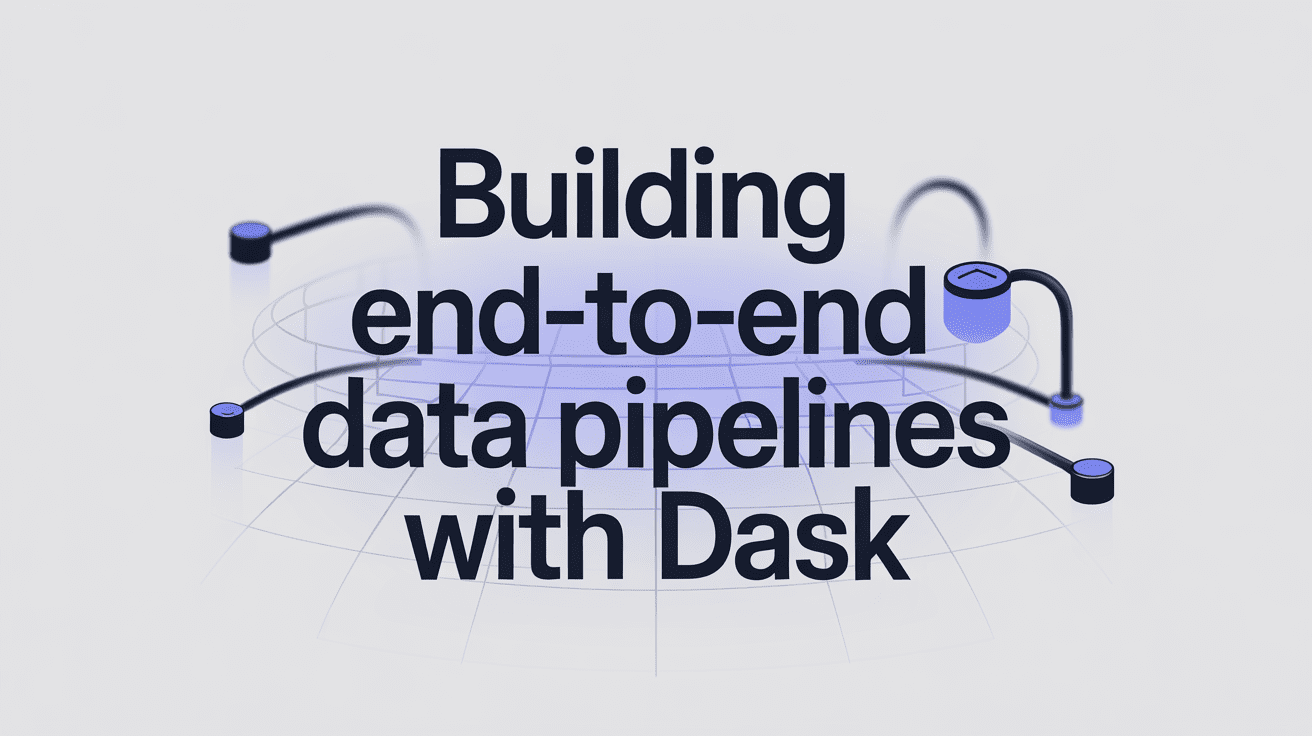
Learn how to implement a parallelization process in your data pipeline.
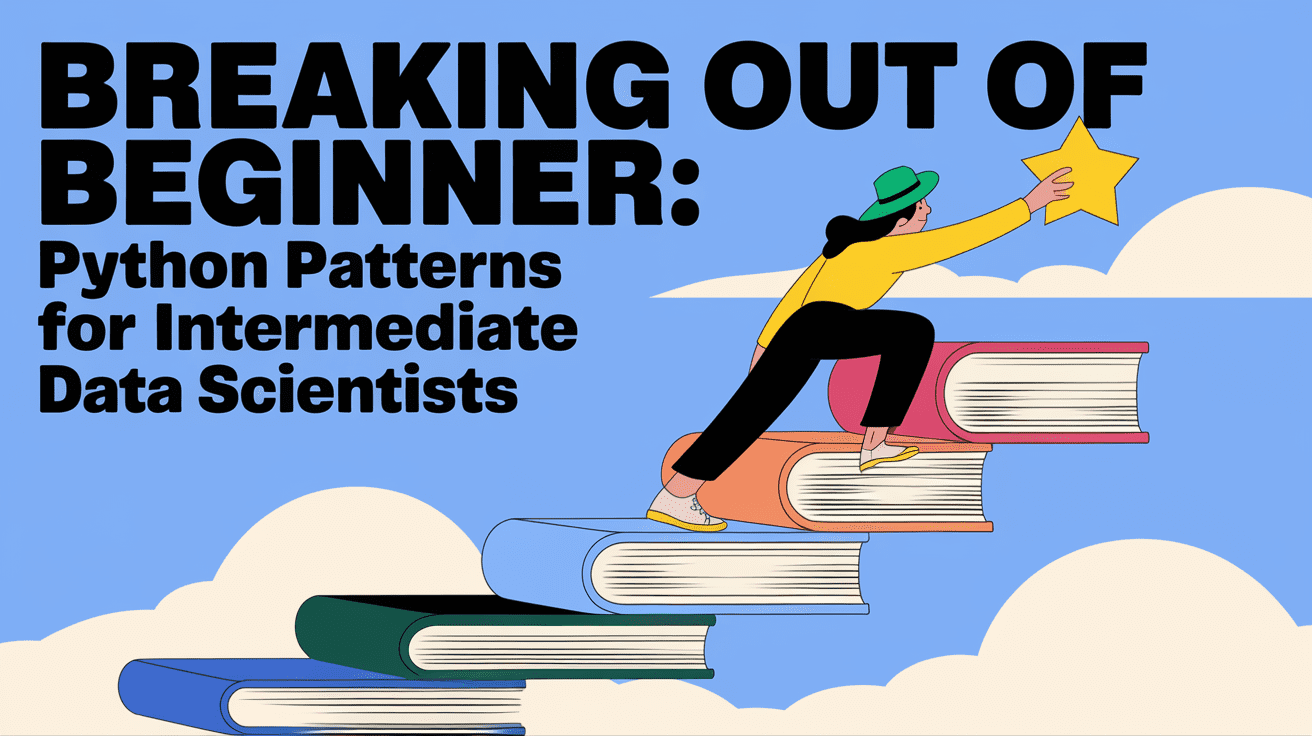
Learn to leverage Python patterns like a professional.
Python is one of the most widely adopted programming languages in the world. Yet, because of it’s ease and simplicity to just “get something working”, it’s also one of the most underappreciated. If you search for Top 10 Advanced Python Tricks on Google or any other search engine, you’ll find tons of blogs or LinkedIn articles going over trivial (but still useful) things like generators or tuples. However, as someone who’s written Python for the past 12 years, I’ve come across a lot of really interesting, underrated, unique, or (as some might say) “un-pythonic” tricks to really level up what Python can do.
Agent Framework / shim to use Pydantic with LLMs

This Statology Sprint brings together our most valuable content on Faker, Python's powerful synthetic data generation library, to help you create realistic, privacy-compliant test data for your projects.

This article explains its features, installation, and how to use it with examples.

In this article, we explore 10 of the Python libraries every developer should know in 2025.

In this article, we will explore different vectorized operations with examples.

In this article, we'll explore when and why you might want to use openpyxl directly, and understand its relationship with pandas.

I am sharing how I packaged my python application into an executable .deb package in this tutorial.

In this article, I'll walk you through a list of 50 Data Analytics projects on various domains to help you gain practical expertise.

A Step-by-Step Guide to Setting Up a Custom BPE Tokenizer with Tiktoken for Advanced NLP Applications in Python

Check out this guide to learn how you can use asyncio for asynchronous programming in Python.

In this article, I'll take you through a list of 50+ Data Analysis Projects you should try to learn Data Analysis.
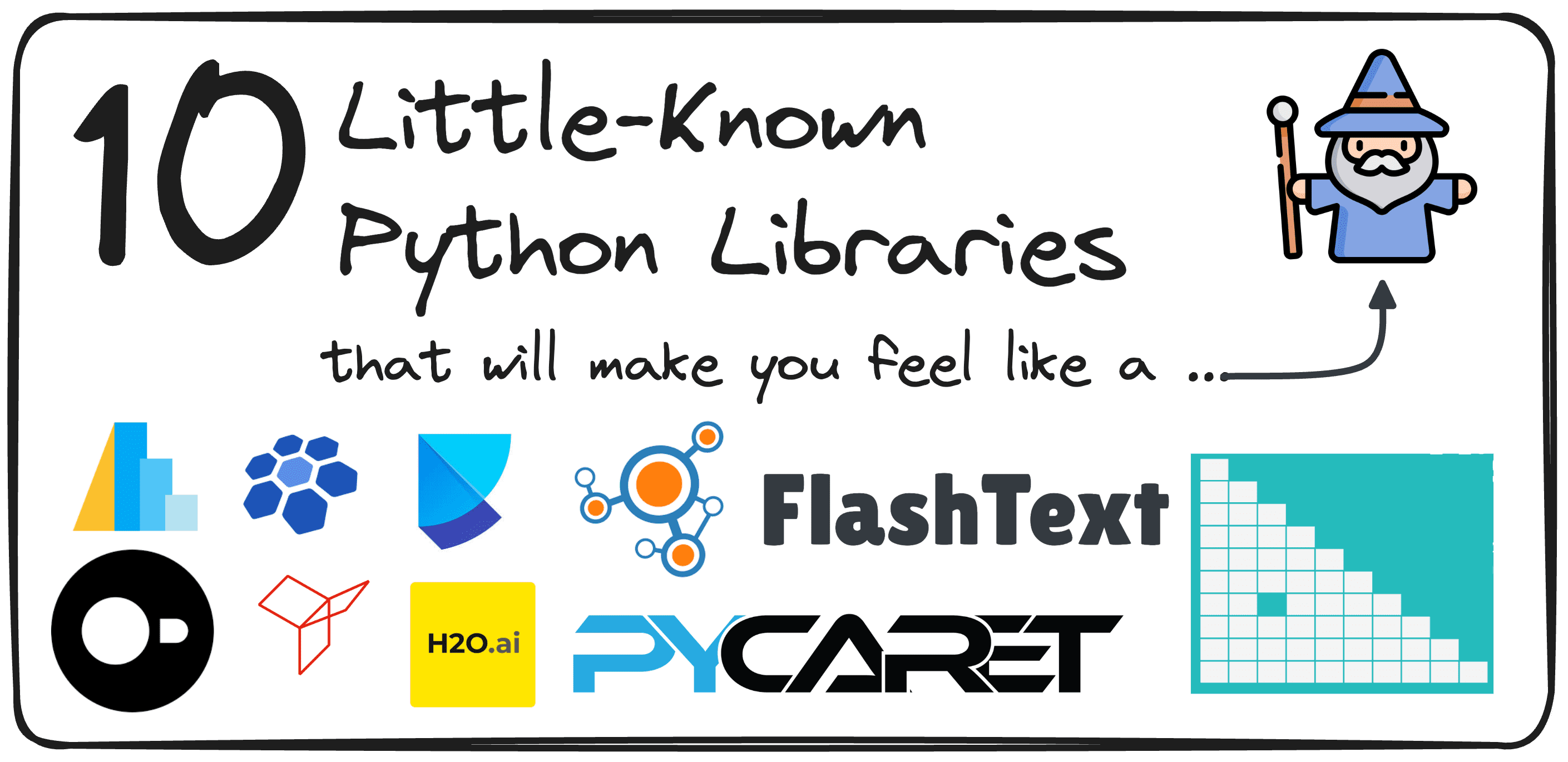
In this article, I will introduce you to 10 little-known Python libraries every data scientist should know.
Neat open source project on the GitHub organisation for the UK government's Department for Business and Trade: a "Python virtual filesystem for SQLite to read from and write to S3." …
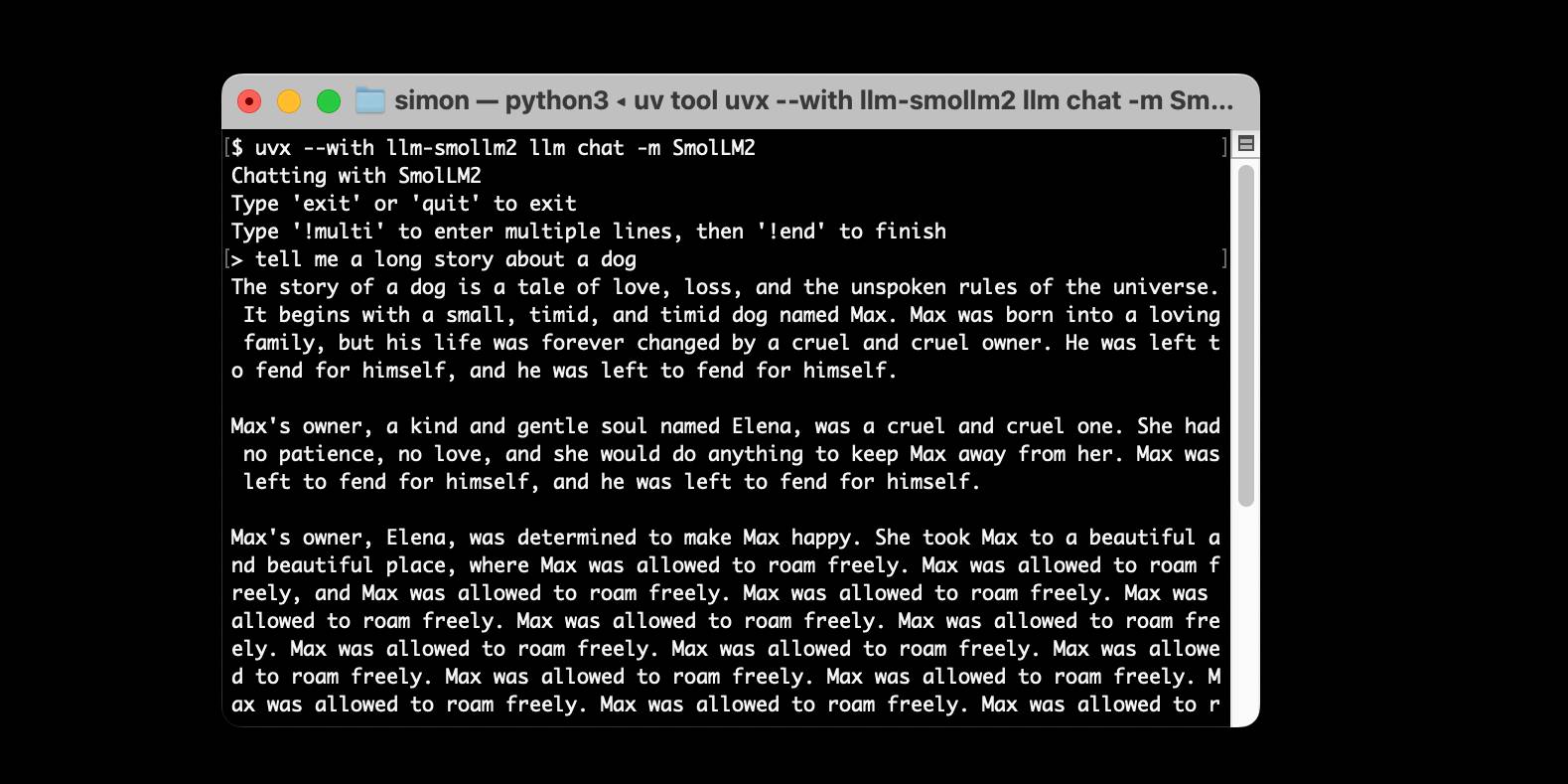
I just released llm-smollm2, a new plugin for LLM that bundles a quantized copy of the SmolLM2-135M-Instruct LLM inside of the Python package. This means you can now pip install …

In this article, I'll take you through a list of 80+ hands-on Data Science projects you should try to learn everything in Data Science.

In this article, I'll take you through a list of 50+ AI & ML projects solved & explained with Python that you should try.
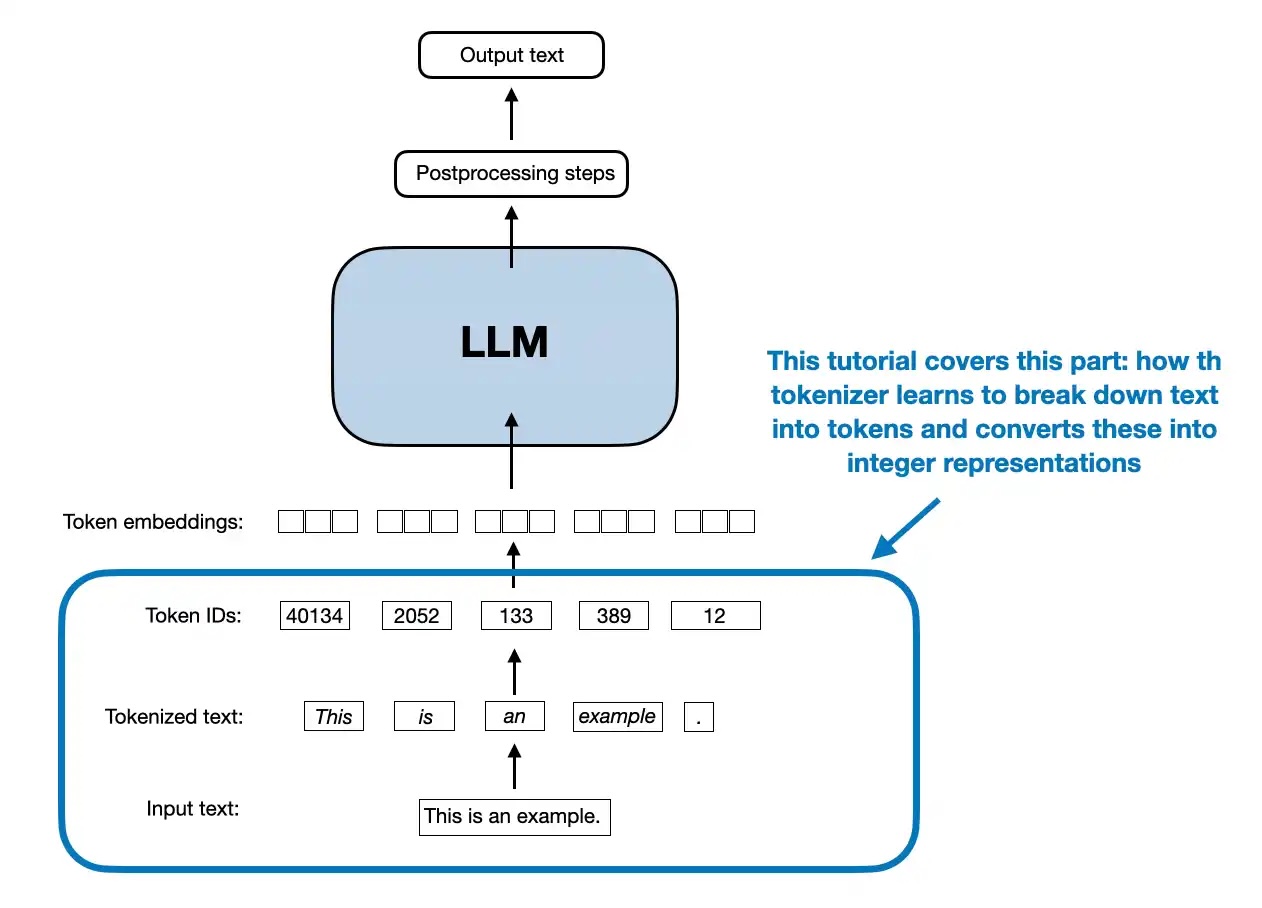
This is a standalone notebook implementing the popular byte pair encoding (BPE) tokenization algorithm, which is used in models like GPT-2 to GPT-4, Llama 3,...
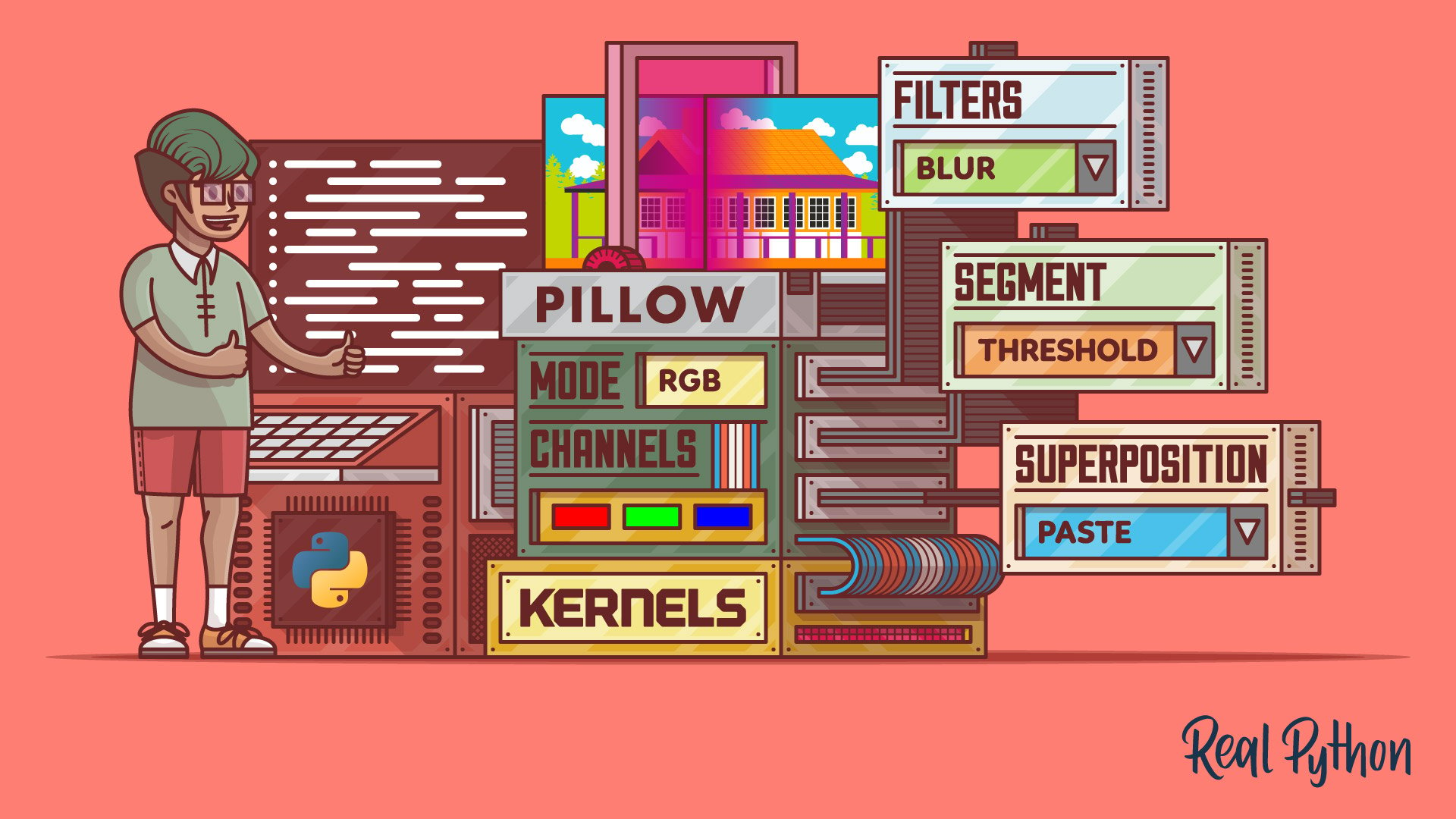
In this step-by-step tutorial, you'll learn how to use the Python Pillow library to deal with images and perform image processing. You'll also explore using NumPy for further processing, including to create animations.
A hands-on tutorial with Python and Darts for demand forecasting, showcasing the power of TiDE and TFT

Designing neuromorphic sensory processing units (NSPUs) based on Temporal Neural Networks (TNNs) is a highly challenging task due to the reliance on manual, labor-intensive hardware development processes. TNNs have been identified as highly promising for real-time edge AI applications, mainly because they are energy-efficient and bio-inspired. However, available methodologies lack automation and are not very accessible. Consequently, the design process becomes complex, time-consuming, and requires specialized knowledge. It is through overcoming these challenges that one can unlock the full potential of TNNs for efficient and scalable processing of sensory signals. The current approaches to TNN development are fragmented workflows, as

Ever wondered how to handle large data without slowing down your computer? Let’s learn about Dask, a tool that helps you work with large data quickly.

In this article, I’ll take you through a list of 75 guided projects to master Data Science with Python. 75 Data Science Projects with Python.
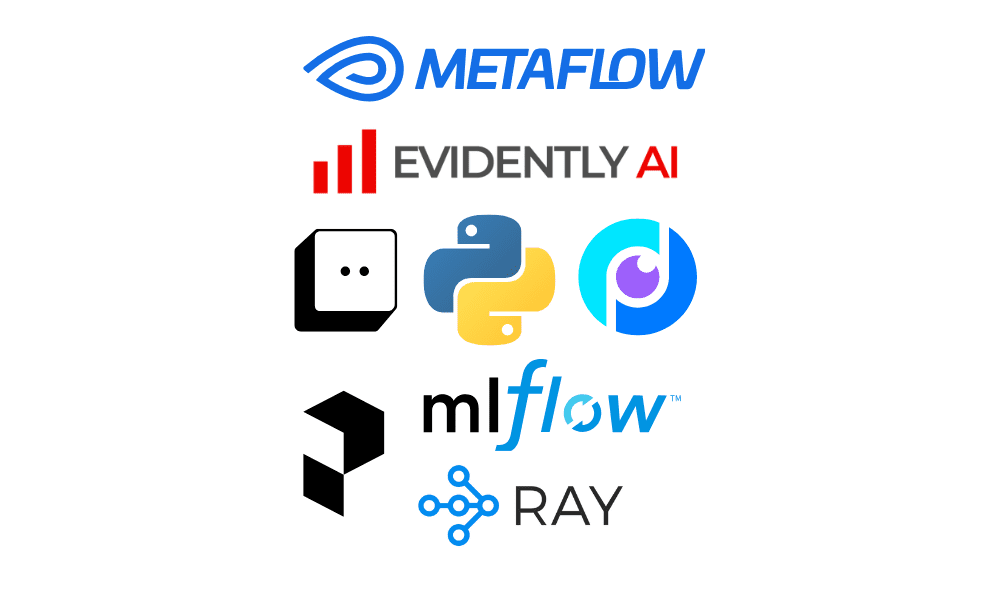
Popular MLOps Python tools that will make machine learning model deployment a piece of cake.

Photo by Luke Chesser on Unsplash

The richness of Python’s ecosystem has one downside – it makes it difficult to decide which libraries are the best for your needs. This article is an attempt to amend this by suggesting ten (and some more, as a bonus) libraries that are an absolute must in data science.

Learn which variables you should and should not take into account in your model.

When you need to assign a value to a variable, based on a single condition, and you want to keep your code short and sweet, a ternary operator might be your best option.

Extracting structured data from unstructured sources like PDFs, webpages, and e-books is a significant challenge. Unstructured data is common in many fields, and manually extracting relevant details can be time-consuming, prone to errors, and inefficient, especially when dealing with large amounts of data. As unstructured data continues to grow exponentially, traditional manual extraction methods have become impractical and error-prone. The complexity of unstructured data in various industries that rely on structured data for analysis, research, and content creation. Current methods for extracting data from unstructured sources, including regular expressions and rule-based systems, are often limited by their inability to maintain

In this article, I'll take you through the task of document analysis using LLMs with Python. Document Analysis using LLMs with Python.

A deep-dive into how and why Statsmodels uses numerical optimization instead of closed-form formulas

Optimizing web marketing strategies through statistical testing
A/B Testing — A complete guide to statistical testing - bjpcjp/AB_Testing

In this article, I'll take you through a list of guided projects to master AI & ML with Python. AI & ML Projects with Python.

FastApi is a contemporary web framework designed for creating RESTful APIs with Python 3.8 or later.
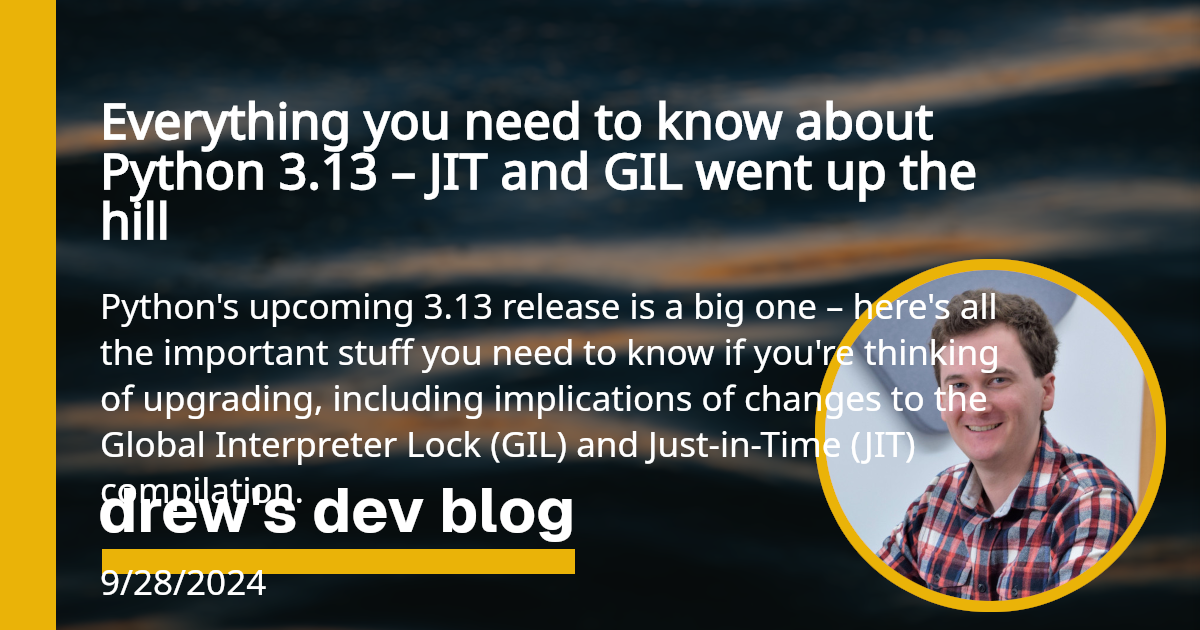
All you need to know about the latest Python release including Global Interpreter Lock and Just-in-Time compilation.
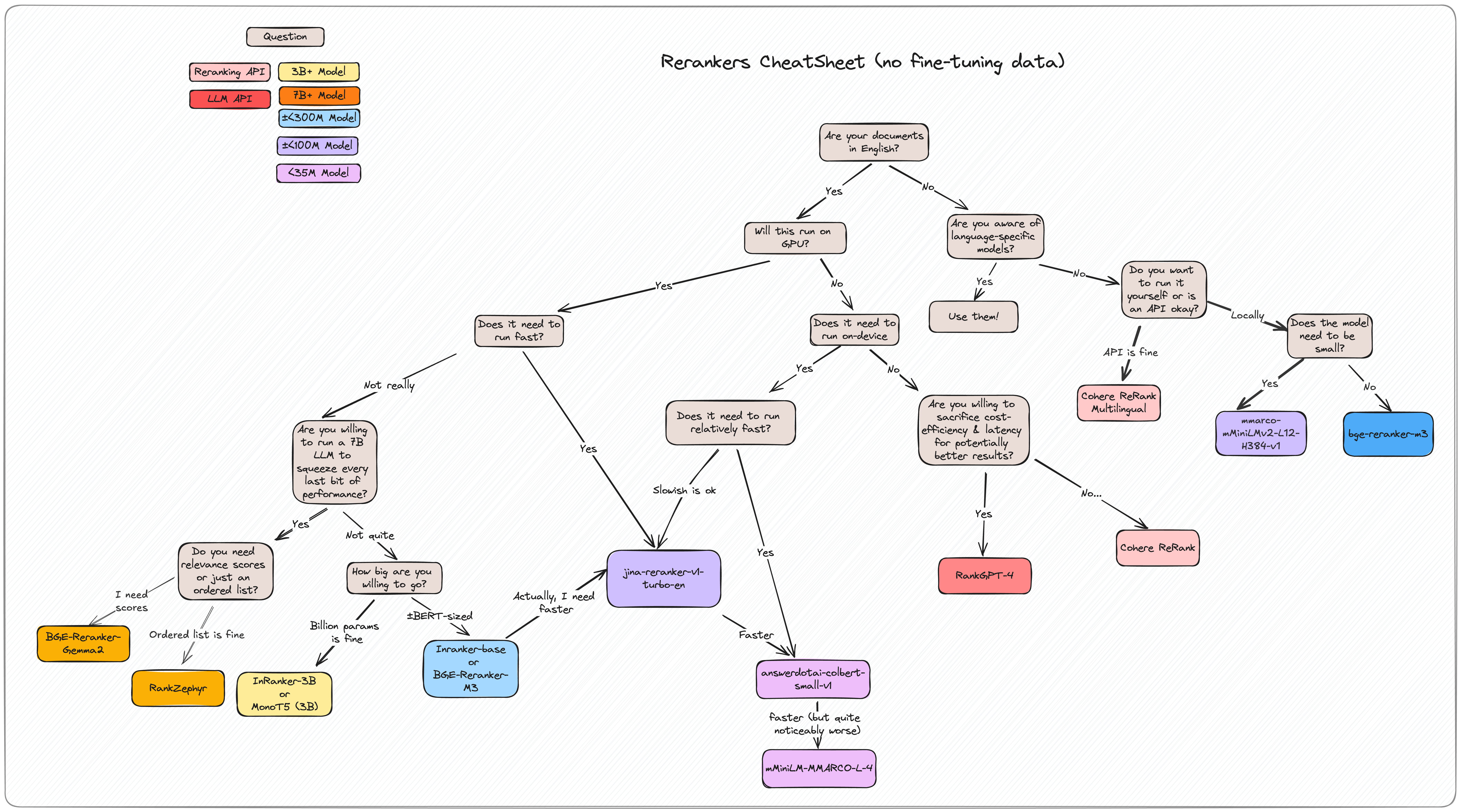
Re-ranking is an integral component of many retrieval pipelines; however, there exist numerous approaches to it, all with different implementation methods. To mitigate this, we propose rerankers, a Python library which provides a simple, easy-to-use interface to all commonly used re-ranking approaches.
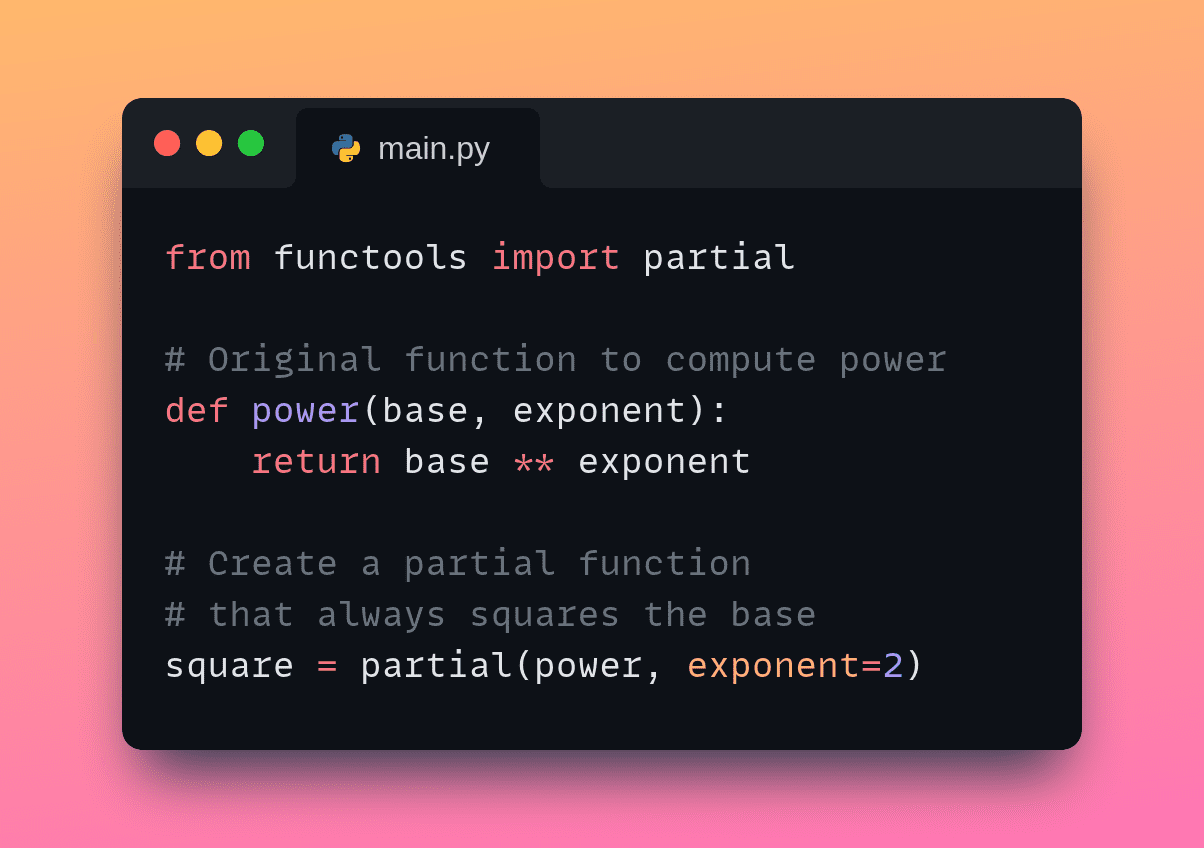
Learn how to simplify your Python code using partial functions to create more flexible, reusable, and concise function calls

The challenge of managing and recalling facts from complex, evolving conversations is a key problem for many AI-driven applications. As information grows and changes over time, maintaining accurate context becomes increasingly difficult. Current systems often struggle to handle the evolving nature of relationships and facts, leading to incomplete or irrelevant results when retrieving information. This can affect the effectiveness of AI agents, especially when dealing with user memories and context in real-time applications. Some existing solutions have attempted to address this problem. One common approach is using a Retrieval-Augmented Generation (RAG) pipeline, which involves storing extracted facts and using techniques
PyMuPDF is a high-performance Python library for data extraction, analysis, conversion & manipulation of PDF (and other) documents.
Code level discussion of web scraping, gray hat automation, growth hacking and bounty hunting

This tutorial explains the Python global interpreter lock (GIL), which prevents multiple threads from executing Python code at the same time.

Understanding and coding Gaussian Splatting from a Python Engineer’s perspective
Understanding and coding how Gaussian’s are used within 3D Gaussian Splatting
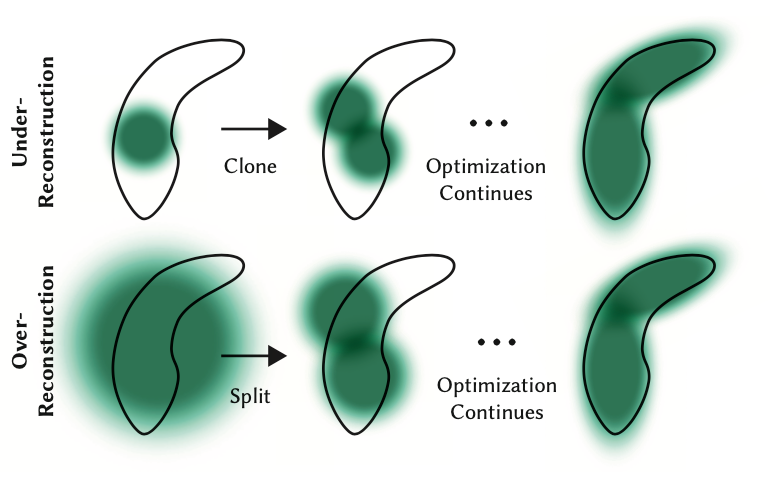
Part 3 of our Gaussian Splatting tutorial, showing how to render splats onto a 2D image.
Modern Graph Theory Algorithms with Python, published by Packt - PacktPublishing/Modern-Graph-Theory-Algorithms-with-Python

In this article, I'll take you through the task of Customer Satisfaction Analysis with Python. Customer Satisfaction Analysis with Python.
Introduction In this post, I want to introduce Mark, a simple CLI tool that uses Markdown and its syntax to interact naturally with the GPT4-vision/GPT4o models.
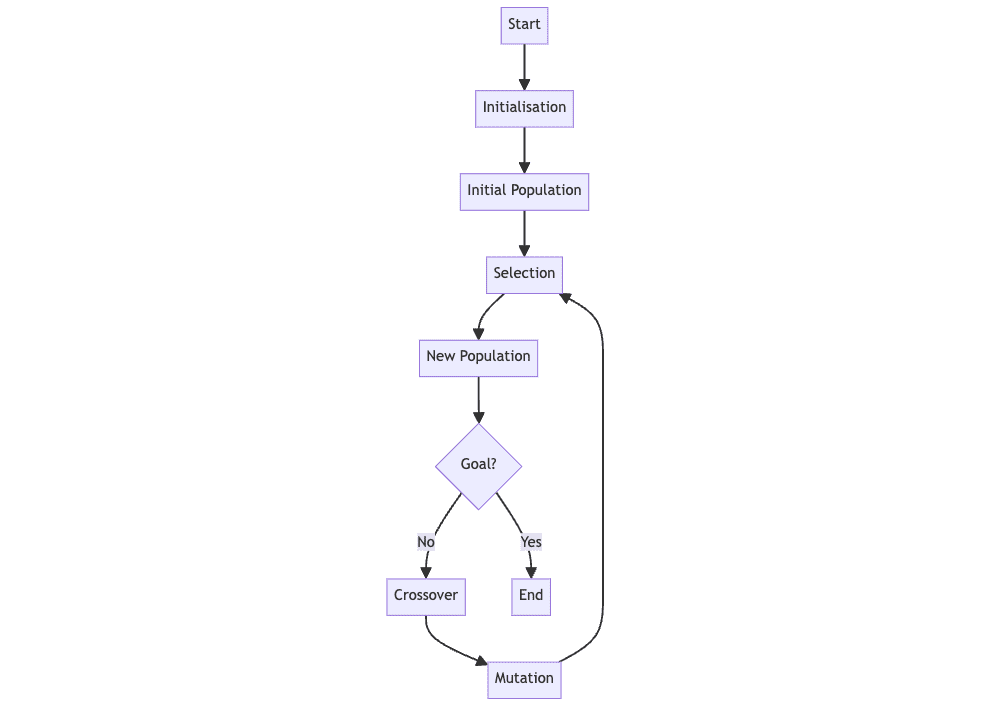
Understanding what genetic algorithms are and how they can be implemented in Python.

In the era of vast data, information retrieval is crucial for search engines, recommender systems, and any application that needs to find documents based on their content. The process involves three key challenges: relevance assessment, document ranking, and efficiency. The recently introduced Python library that implements the BM25 algorithm, BM25S addresses the challenge of efficient and effective information retrieval, particularly the need for ranking documents in response to user queries. The goal is to enhance the speed and memory efficiency of the BM25 algorithm, a standard method for ranking documents by their relevance to a query. Current methods for implementing

This post is meant to guide you through some of the lessons I’ve learned while working with multi-terabyte datasets. The lessons shared are focused on what someone may face as the size of the…

In this article, I'll take you through the recommendation algorithms you should know and how to implement them using Python.

Every command-line tool included with Python. These can be run with python -m module_name.

How to create, activate, use, and delete a Python venv on Windows, Linux, and MacOS. We'll also look at how a Python venv works internally.

Get started with SQLite databases in Python using the built-in sqlite3 module.
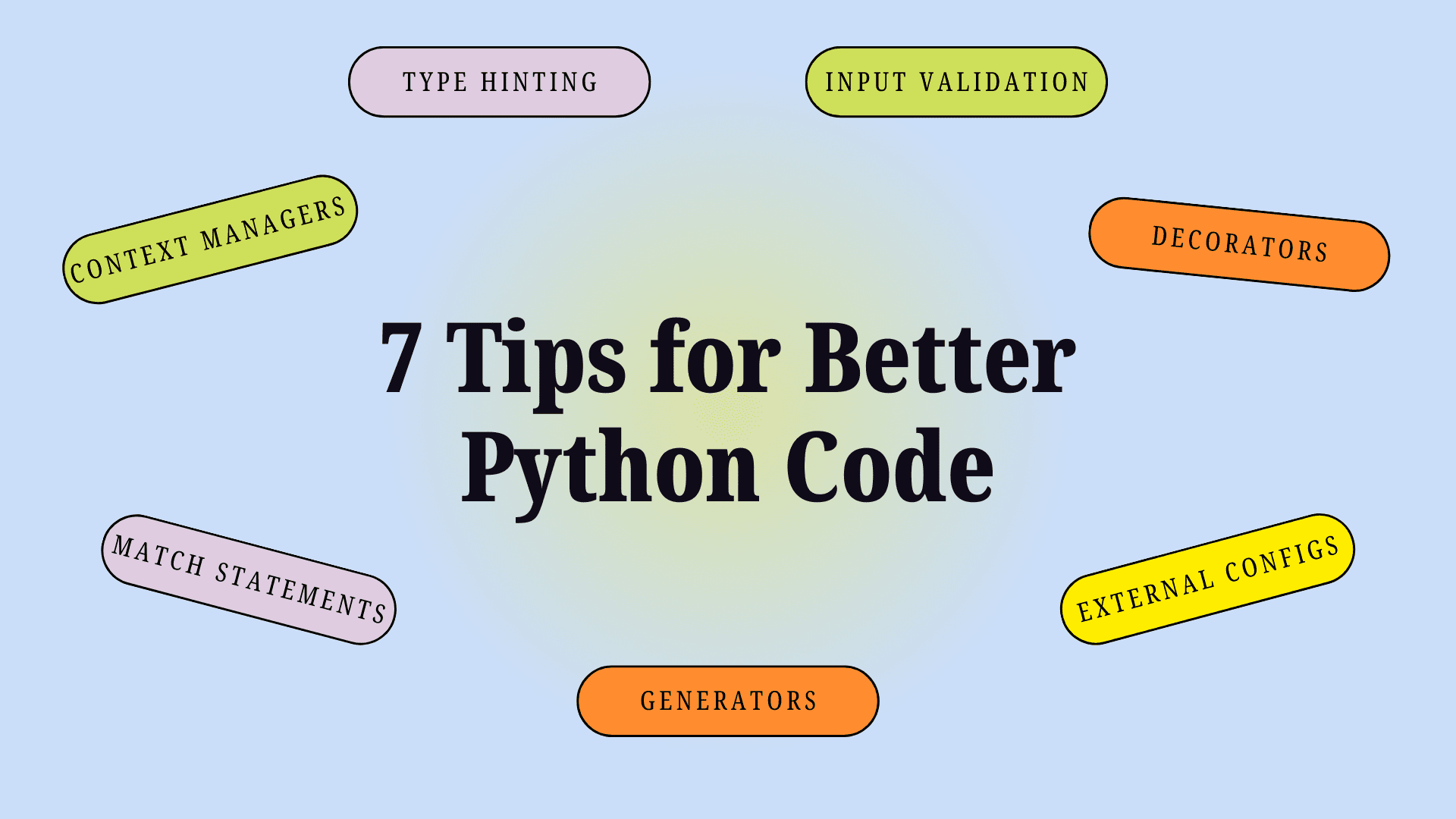
Optimize Your Python Workflow: Proven Techniques for Crafting Production-Ready Code

In the vast world of data science, countless tools are available to help analysts and researchers make sense of data and build powerful machine-learning models. While some tools are widely known and used, others might not be as familiar to many. Here are the ten great Python packages that can significantly enhance your workflow. 1. LazyPredict: LazyPredict is all about efficiency. It allows the training, testing, and evaluation of multiple machine-learning models simultaneously with just a few lines of code. Whether one is working on regression or classification tasks, LazyPredict streamlines the process and helps find the best model for

With the help of PyScript, you can develop rich frontends with Python for the web and even make use of various Python modules.

Extracting text from a PDF file using GNU less or Python's pypdf. Why its not entirely clear just what a text extractor should do.

After setting up your Python project, creating a requirements.txt file is essential for simplifying...

Advanced Data Structures: Sets, Tuples, and Comprehensions In the world of programming,...
A dense Python cheat sheet with just what you need. Comprehensive but selective coverage of core Python, with links to detailed documentation and resources. Responsive design with light and dark modes. Download and print PDF. Feedback is welcome.

In this article, I'll take you through a guide to some essential formulas for Data Science in finance with implementation using Python.

In the rapidly evolving world of technology and artificial intelligence, a new development has emerged that promises to impact the Python and AI communities significantly. Modular, a pioneering tech firm, has announced the open-sourcing of Mojo, a programming language designed to enhance Python's capabilities, allowing developers to write code that scales 'all the way down to metal code.' This move is set to transform Python programming, offering unprecedented speed and efficiency. Modular has long championed open-source principles, and the release of Mojo under the Apache 2 license represents a significant step towards fulfilling its vision. Since its initial release in

In this tutorial, you'll learn about duck typing in Python. It's a typing system based on objects' behaviors rather than on inheritance. By taking advantage of duck typing, you can create flexible and decoupled sets of Python classes that you can use together or individually.

30 Python libraries to solve most AI problems, including GenAI, data videos, synthetization, model evaluation, computer vision and more.

Strategically enhancing address mapping during data integration using geocoding and string matching

This blog will introduce you to some core concepts and building blocks of working with the official...

Insanely fast and reliable smoothing and interpolation with the Whittaker-Eilers method.

LlamaIndex is a simple, flexible data framework for connecting custom data sources to large language models (LLMs).

Understanding how convolutional neural networks (CNNs) operate is essential in deep learning. However, implementing these networks, especially convolutions and gradient calculations, can be challenging. Many popular frameworks like TensorFlow and PyTorch exist, but their complex codebases make it difficult for newcomers to grasp the inner workings. Meet neograd, a newly released deep learning framework developed from scratch using Python and NumPy. This framework aims to simplify the understanding of core concepts in deep learning, such as automatic differentiation, by providing a more intuitive and readable codebase. It addresses the complexity barrier often associated with existing frameworks, making it easier for
Python library for portfolio optimization built on top of scikit-learn - skfolio/skfolio

This article will take you through some of the best Business Forecasting project ideas you should try. Business Forecasting Project Ideas.
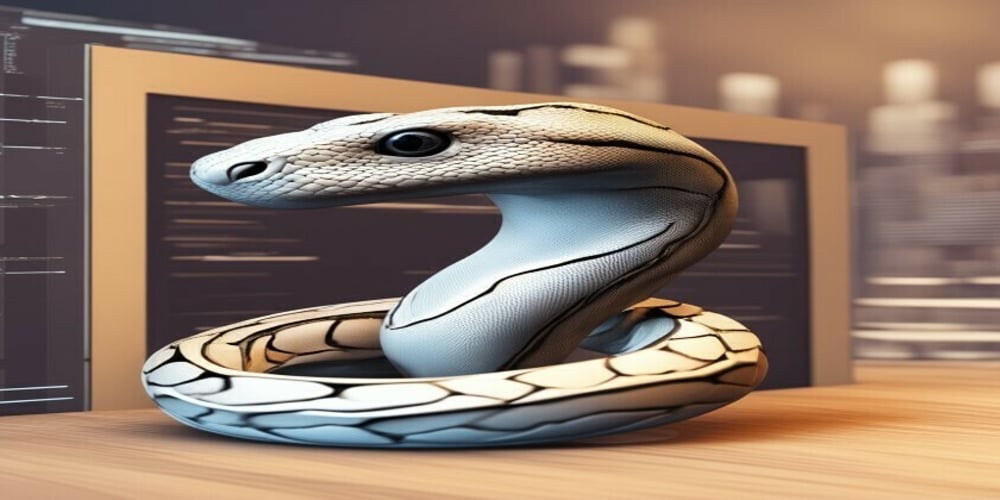
Python has been my go-to programming language since I started coding. Python, as a programming...

In this article, I'll take you through the task of Market Basket Analysis using Python. Market Basket Analysis using Python.

Let's continue our exploration of Python's magic methods in this second part of the series. This part...
I trying to use virtualenv on jupyter notebook, to use all packages installed in an environment, but inside jupyter they are not recognized. Already tried: pip install tornado==4.5.3 pip install

Source code: Lib/venv/ The venv module supports creating lightweight “virtual environments”, each with their own independent set of Python packages installed in their site directories. A virtual en...

Introduction In the vast landscape of web development, Flask stands out as a lightweight yet...

This is a story of my journey learning to build generative ML models from scratch and teaching a computer to create fonts in the process.
Enhance your code quality with the beauty of match statements and object slicing.
Notebooks for the python tutorials of my youtube channel. See specific youtube video for link to specifc notebook. - lukepolson/youtube_channel

In less than 100 pages, the book covers all important topics about discrete chaotic dynamical systems and related time series and stochastic processes, ranging from introductory to advanced, in one and two dimensions. State-of-the art methods and new results are presented in simple English. Yet, some mathematical proofs appear for the first time in this

An increasingly popular method for representing data in a graph structure is the usage of knowledge graphs (KGs). A KG is a group of triples (s, p, o), where s (subject) and o (object) are two graph nodes, and p is a predicate that describes the type of connection that exists between them. KGs are often supported by a schema (such as an ontology) that outlines the key ideas and relationships in a field of study and the constraints that govern how these ideas and relationships can interact. Many of the activities for which KGs are employed have a small

In this tutorial, you'll learn how to use a Python virtual environment to manage your Python projects. You'll also gain a deep understanding of the structure of virtual environments created with the venv module, as well as the rationale behind using virtual environments.

3 Python libraries for scientific computation you should know as a data professional.
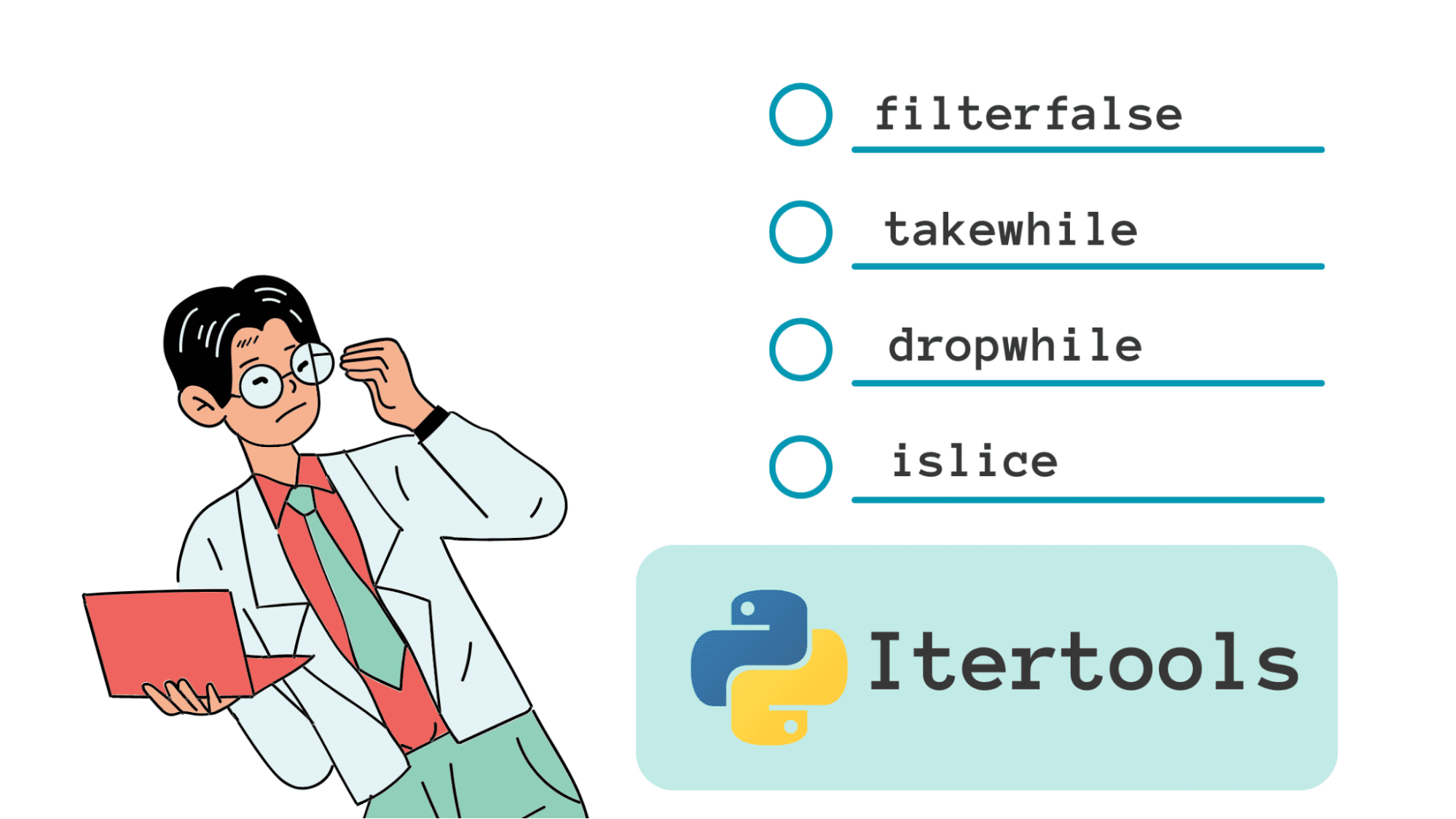
And why you should learn how to use them to filter Python sequences more elegantly.
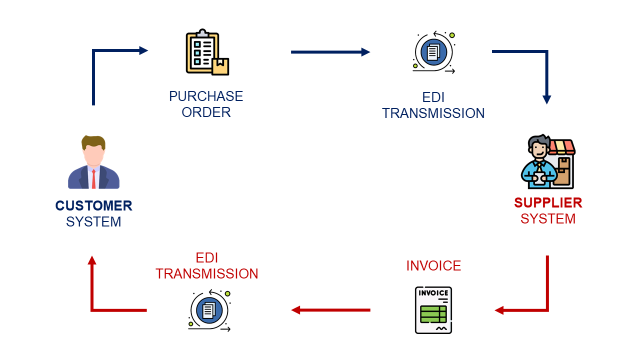
Explore how Electronic Data Interchange (EDI) facilitates modern supply chain management.
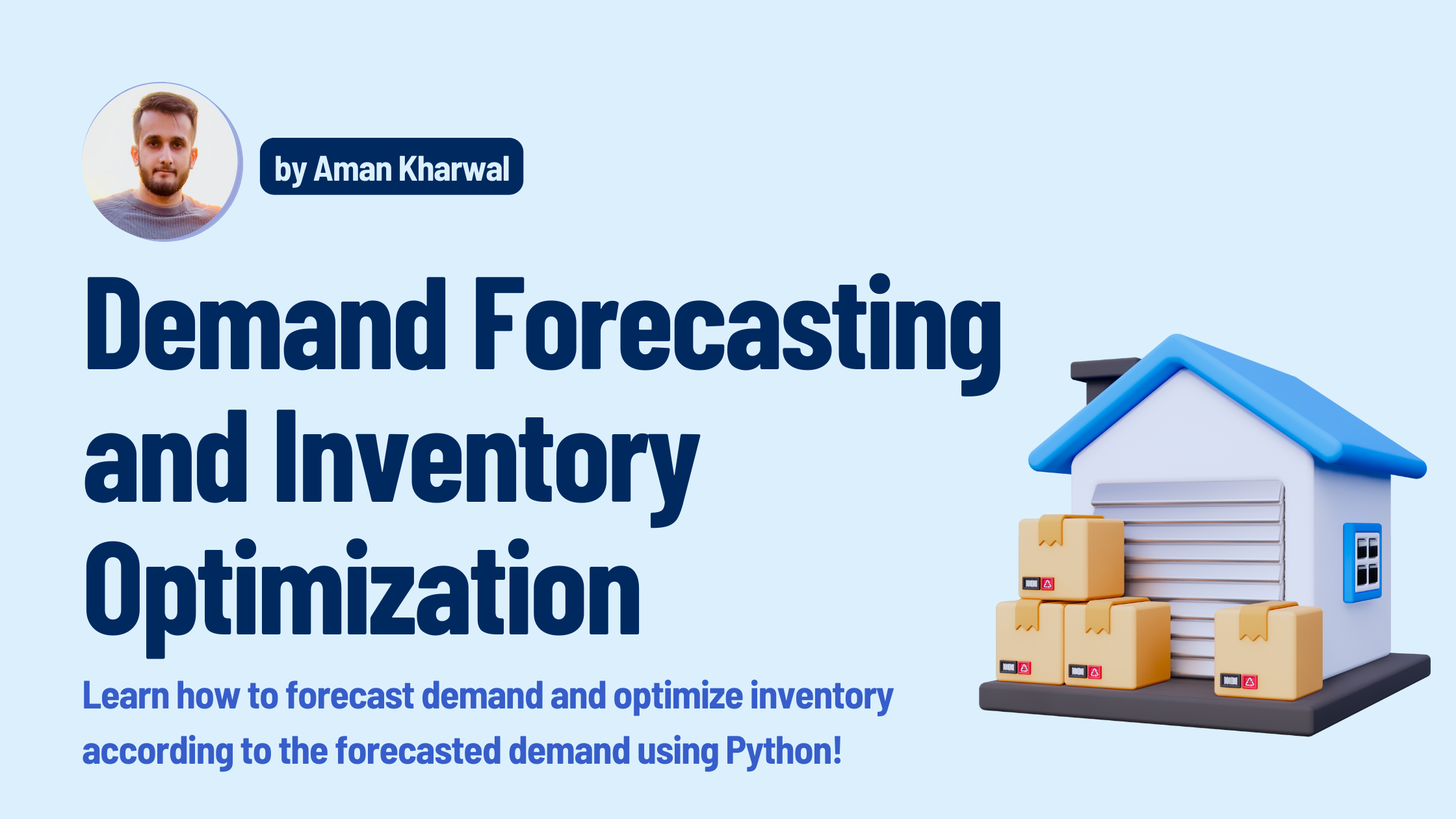
In this article, I'll take you through the task of Demand Forecasting and Inventory Optimization using Python.

The realm of data analysis has long struggled with seamlessly integrating the capabilities of Python—a powerful programming language widely used for analytics—with the familiar interface and functionalities of Microsoft Excel. This challenge has hindered efficient decision-making and data processing for professionals who rely on both tools for their tasks. The need for a cohesive solution that bridges this gap is evident. Existing attempts to merge Python and Excel have often been cumbersome and involved complex setups. Analysts resorted to using external scripts, third-party tools, or manual data transfers between the two environments. These methods introduced inefficiencies, raised security concerns, and

Introduction: Python, a popular programming language known for its simplicity and versatility,...
Use these text extraction techniques to get quality data for your LLM models

8 stories · A guide to building an end-to-end marketing mix optimization solution for your organization.

Seth Michael Larson pointed out that the Python gzip module can be used as a CLI tool like this:
Understand survival analysis, its use in the industry, and how to apply it in Python

Filtering sequences, like lists, is a common task for developers. However, the code can become...

Applying causal machine learning to trim the campaign target audience
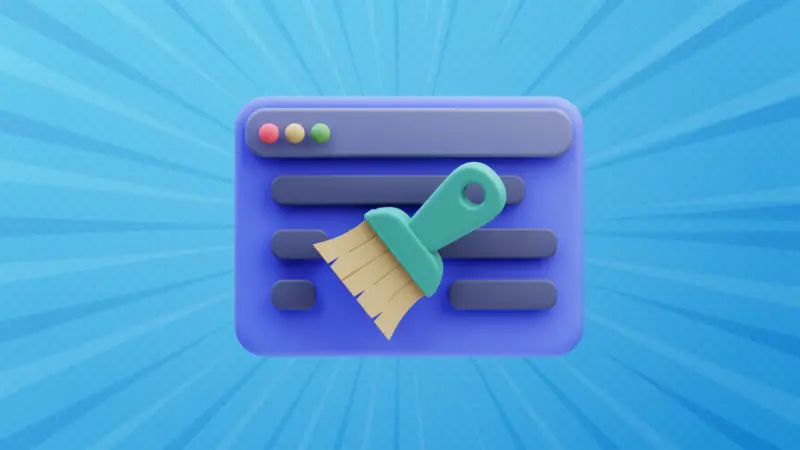
Cleaning Pip cache helps you in troubleshooting and getting fresh Python packages.

You keep using that word. I don’t think it means what you think it means.

Master Sklearn pipelines for effortless and efficient machine learning. Discover the art of building, optimizing, and scaling models with ease. Level up your data preprocessing skills and supercharge your ML workflow today

When we see the documentation of any function that contains *args and **kwargs, have you ever...
Learn how to manipulate and visualize vector data with Python’s GeoPandas

I developed the script to convert the Spotify playlist to YouTube playlist. I am here to share how I...
How to use Pytest fixtures and mock for unit testing

In this article, I will walk you through the task of Retail Price Optimization with Machine Learning using Python. Retail Price Optimization.

No headaches and unreadable code from os.path

In this article, I will take you through the task of Supply Chain Analysis using Python. Supply Chain Analysis using Python.

Demonstrating how to use the new blazing fast DataFrame library for interacting with tabular data

Discover the Hidden Secrets of Python Exception Handling
Create insights from frequent patterns using market basket analysis with Python
Understanding spatial trends in the location of Tokyo convenience stores
Exploring the Latest Enhancements and Features of PyCaret 3.0

Introduction If you're a Python developer looking to take your code to the next level,...

DISCLAIMER: This blog post was written by a human with the help of AI Hypotrochoids and epitrochoids...

Welcome to this tutorial on how to test Flask applications with Pytest. Flask is a popular web...

Utilising Python’s Matplotlib to Create Advanced Data Visualisations

YAML is easy to write for humans, and read for computers. Learn how to open, parse, and read YAML with Python. With lots of example code!
A quick guide on how to make clean-looking, interactive Python plots to validate your data and model
How to considerable reduce training time changing only 1 line of code
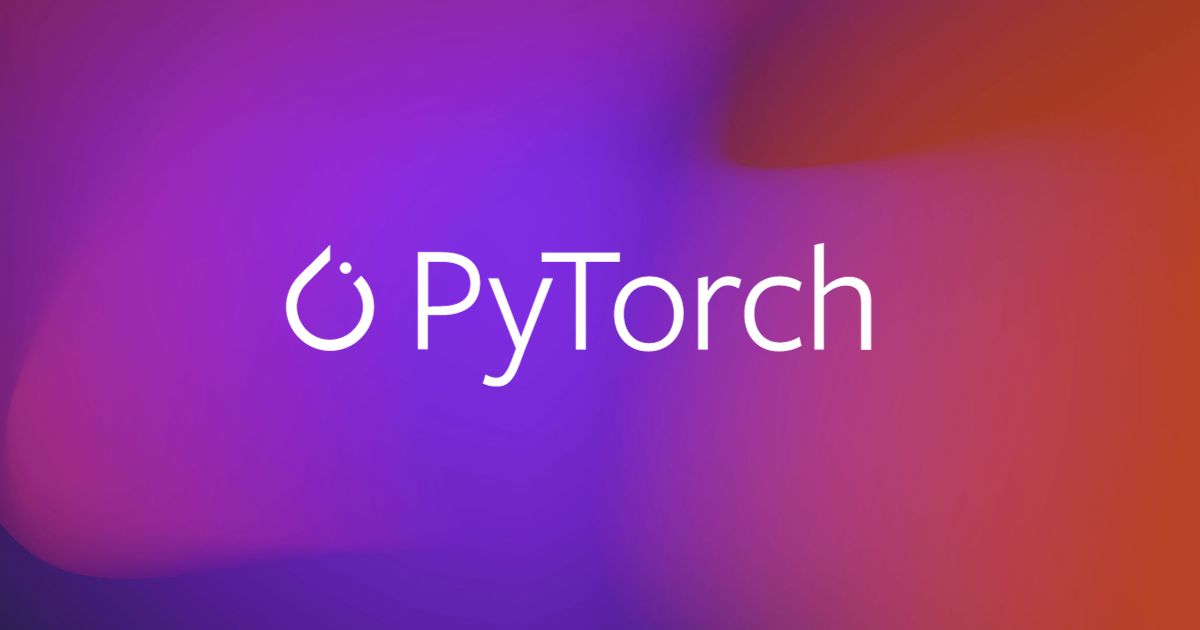
We are excited to announce the release of PyTorch® 2.0 which we highlighted during the PyTorch Conference on 12/2/22! PyTorch 2.0 offers the same eager-mode development and user experience, while fundamentally changing and supercharging how PyTorch operates at compiler level under the hood with faster performance and support for Dynamic Shapes and Distributed.

After needing to do a deep dive on the venv module (which I will explain later in this blog post as to why), I thought I would explain how virtual environments work to help demystify them. Why do virtual environments exist? Back in my the day, there was no concept
Decorators provide a new and convenient way for everything from caching to sending notifications.
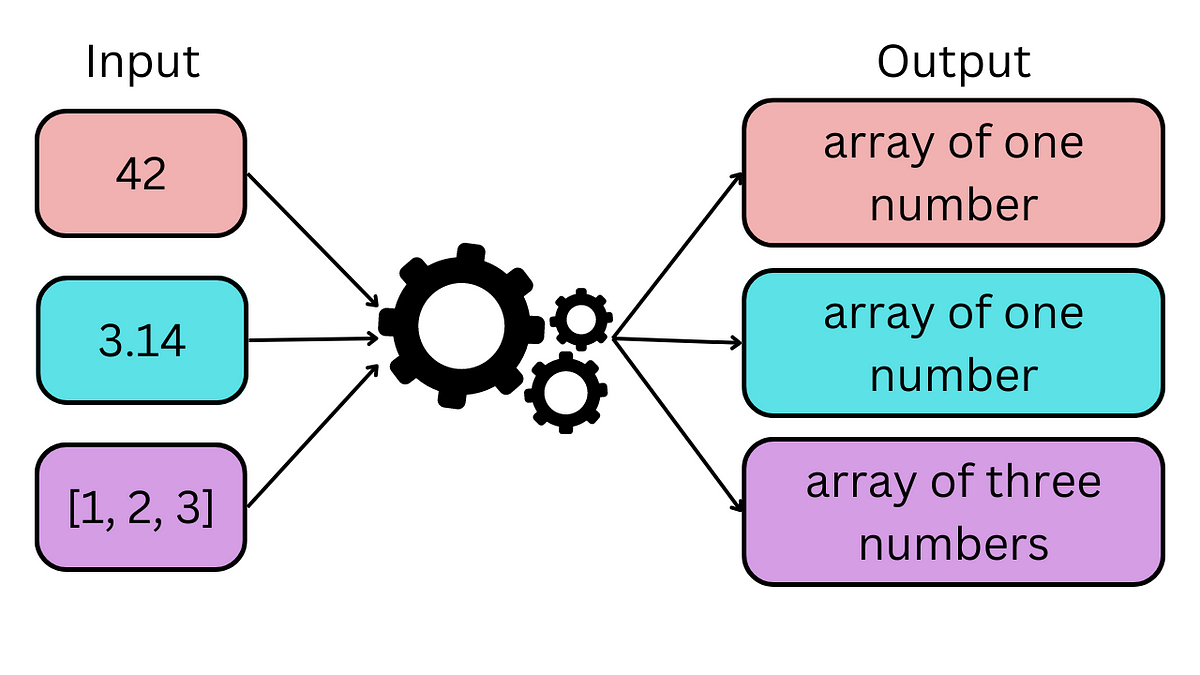
Use natural language to test the behavior of your ML models
Learn how to use the NetworkX package to visualize complex networks
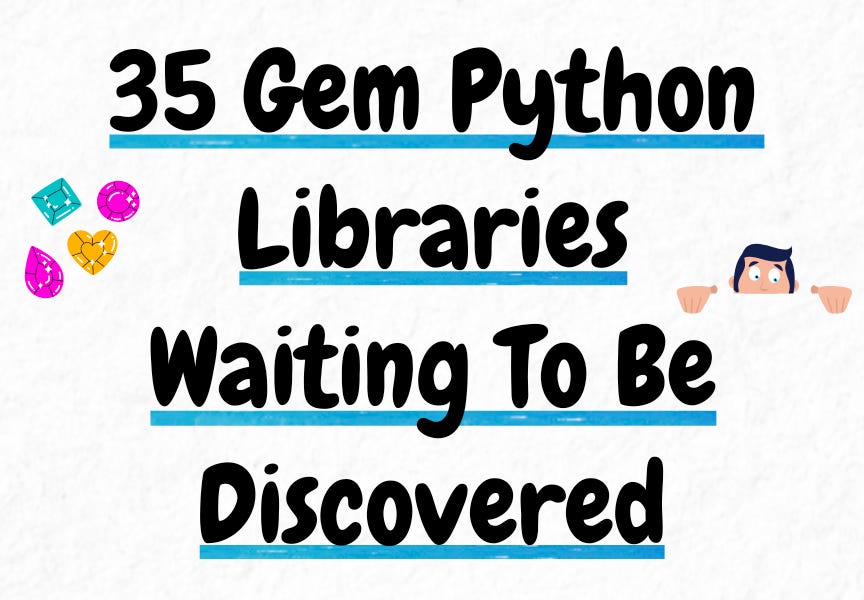
I reviewed 1,000+ Python libraries and discovered these hidden gems I never knew even existed.
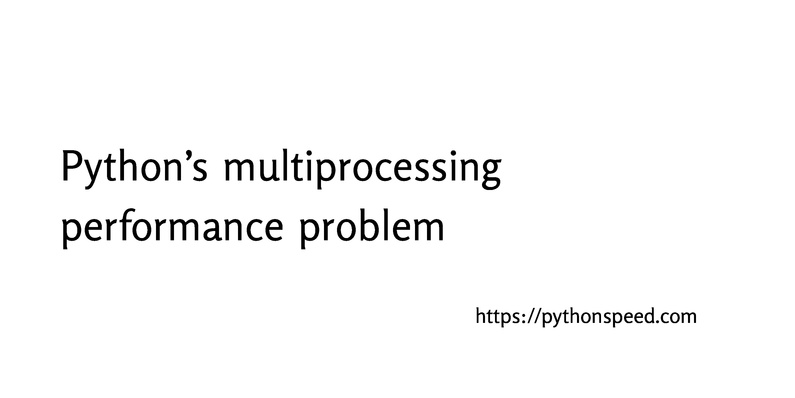
While multiprocessing allows Python to scale to multiple CPUs, it has some performance overhead compared to threading.

An Introduction to the PyGWalker Library for Easy Data Visualisation
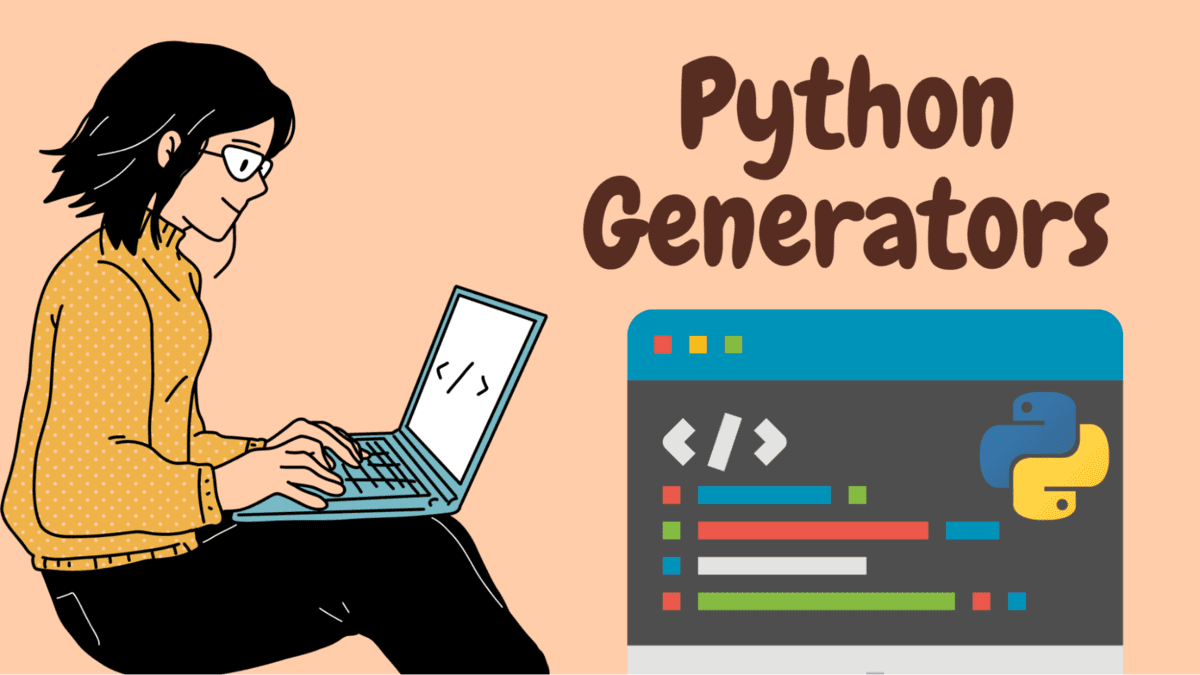
Learn about Python generators and write memory-efficient and Pythonic code.
An introduction into symbolic computations in Python. Don't worry, it's much simpler than it sounds. It's about making Python do your math for you with very little investment in the technology.

Pandas receives over 3M downloads per day. But 99% of its users are not using it to its full potential.
I built a recommender system for Amazon’s electronics category
Do more things with less code without compromising on quality

Discover how to effectively detect multivariate outliers in machine learning with PyOD in Python. Learn to convert anomaly scores to probability confidence, choose the best outlier classifier and determine the right probability threshold for improved model accuracy.

We are pleased to announce a major update to JupyterLab Desktop which adds many new features with main focus on the user experience…

Learn how to quickly create a presentation-ready plot to aid your data storytelling
A Great Alternative to Pie Charts for Data Visualisation
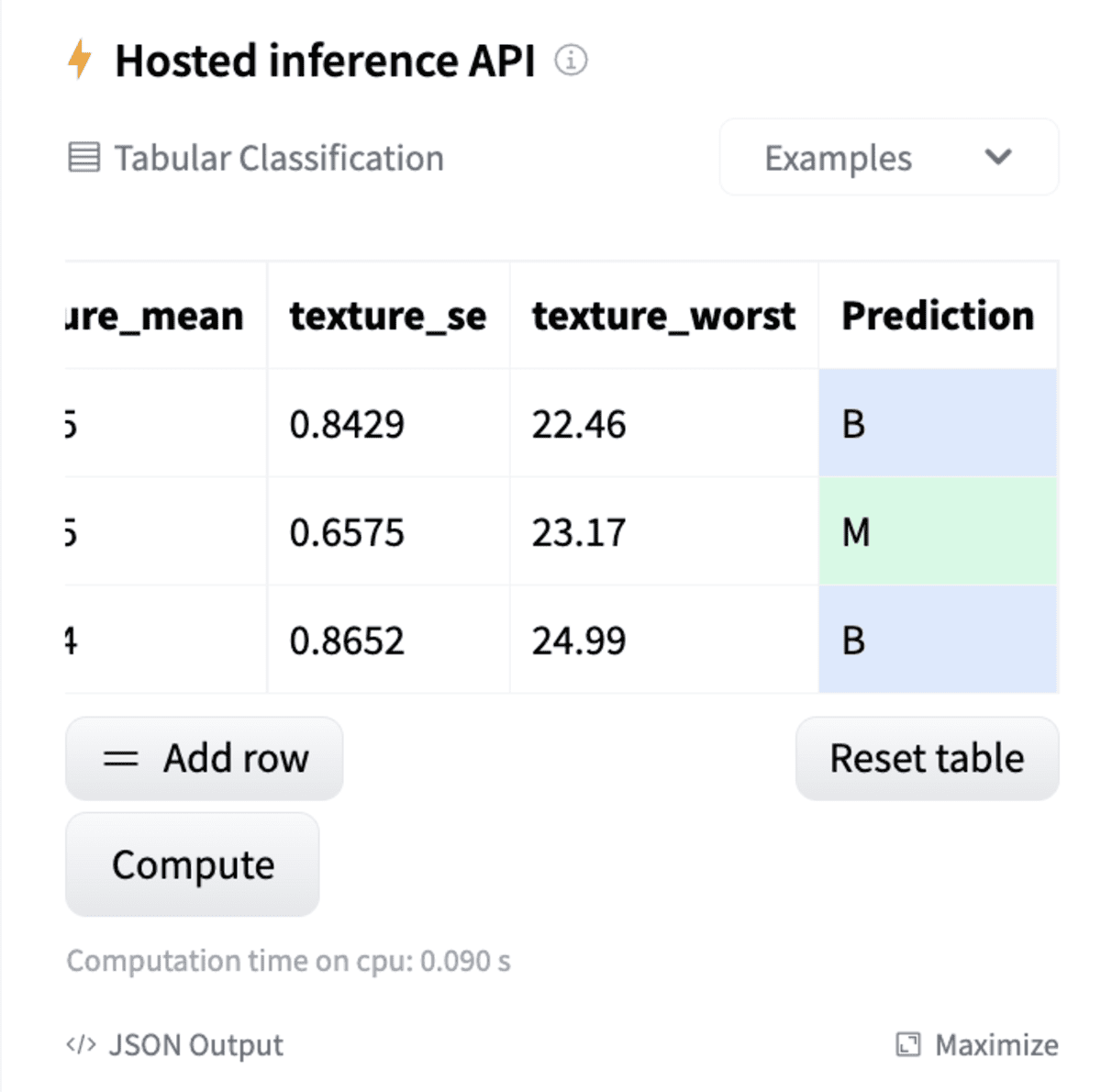
There are various challenges in MLOps and model sharing, including, security and reproducibility. To tackle these for scikit-learn models, we've developed a new open-source library: skops. In this article, I will walk you through how it works and how to use it with an end-to-end example.
translate python documents to Chinese for convenient reference 简而言之,这里用来存放那些Python文档君们,并且尽力将其翻译成中文~~ - hiddenJuliet/pythondocument
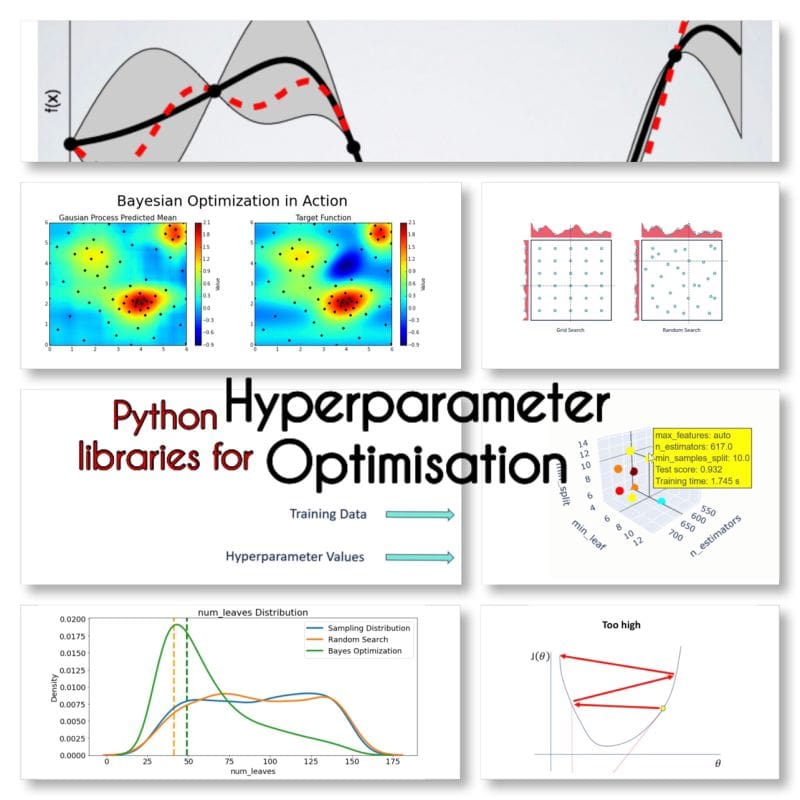
Become familiar with some of the most popular Python libraries available for hyperparameter optimization.
Circular data can present unique challenges when it comes to analysis and modeling
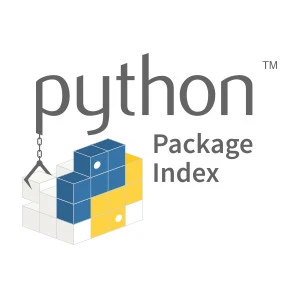
The Python Package Index (PyPI) is a repository of software for the Python programming language.
Your Comprehensive Guide to SHAP, TreeSHAP, and DeepSHAP
Tips for taking full advantage of this machine learning package

Many developers who use Python for machine learning are now switching to PyTorch. Find out why and what the future could hold for TensorFlow.

Six malicious Python packages distributed via PyPI deploying info stealers and use Cloudflare tunnels to sneak through firewalls.

A cross-framework package for kernels and Gaussian processes on manifolds, graphs, and meshes
Python Feature Engineering Cookbook Second Edition, published by Packt - PacktPublishing/Python-Feature-Engineering-Cookbook-Second-Edition
A ready-to-run code which identifies and anonymises places, based on the GeoNames database
Media Mix modeling, its implementation, and practical tips
Discover the power of anonymous functions and functional programming in Python

Unit-testing is a really important skill for software development. There are some great Python libraries to help us write and run unit-test…

Some Unique Data Visualization Techniques for Getting High-Level Insight into the Data

The post highlights three useful applications of using python to automate simple desktop tasks. Stay tuned till the end of the post to find the reference for a bonus resource.
Mathematical Modeling, Solution, and Visualization Using PuLP and VeRoViz

Using a heatmap to visualise a confusion matrix, time-series movements, temperature changes, correlation matrix and SHAP interaction values
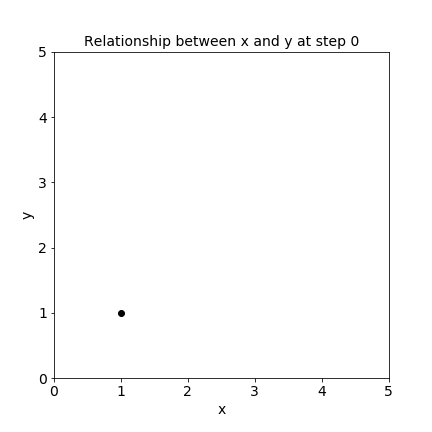
A data visualization technique for 2-dimensional time series data using imageio
Simple and easy pieces of code to enhance your seaborn scatter plots

A guide on how to make different types of maps using Python
Logging crash course with common logging issues addressed

Python decorator is a very useful tool to help us code efficiently. As I mentioned in my previous article, coding efficiently is one of the…

The Sankey chart is a great way to discover the most prominent contributions just by looking at how individual items flow across states.

We look at how to create the 12 most useful graphs and charts in Python and Streamlit
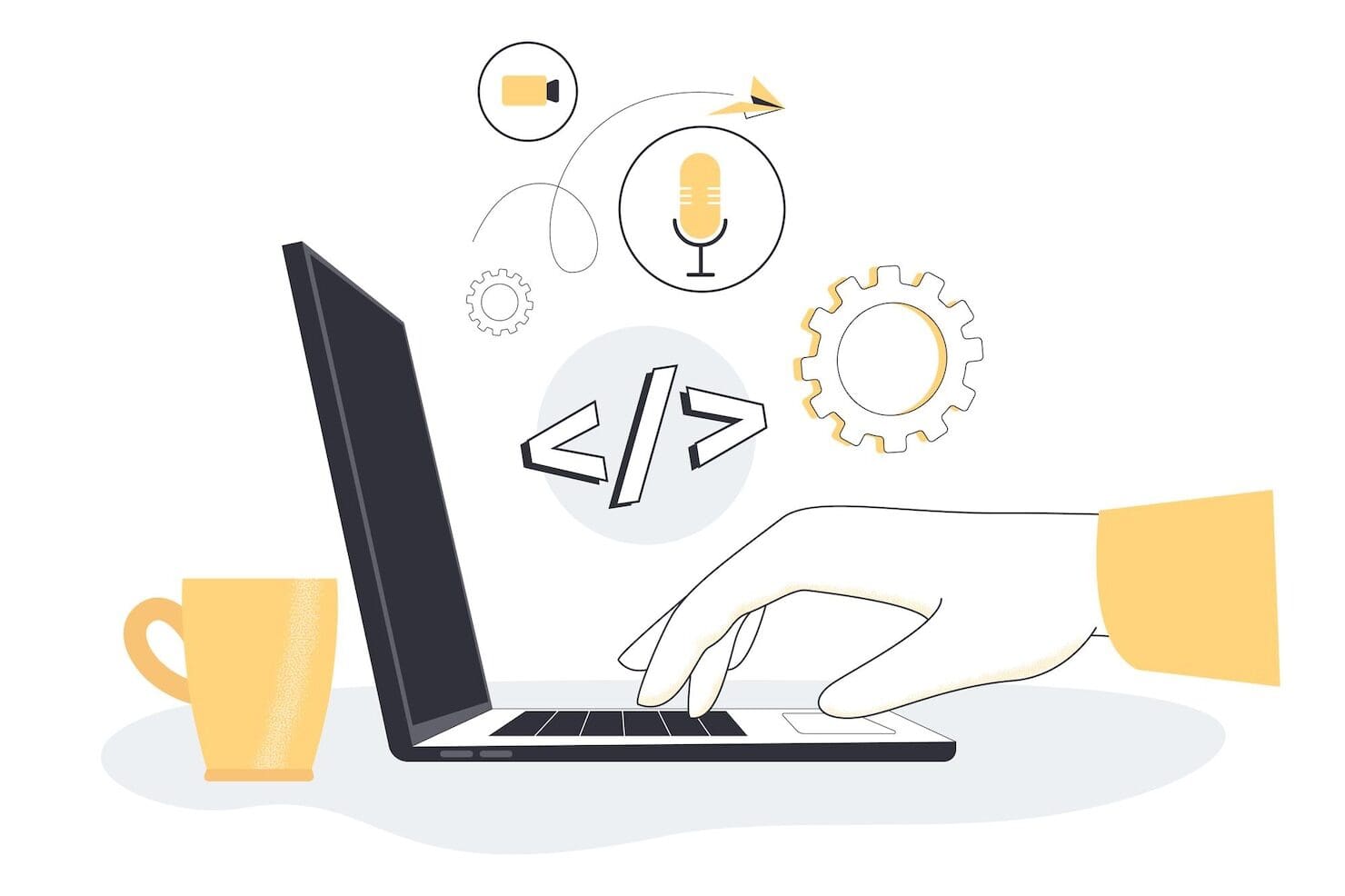
The post explains the significance of CountVectorizer and demonstrates its implementation with Python code.
Why I stopped using print() statements for debugging and why you should too
Pure python implementation of product quantization for nearest neighbor search - matsui528/nanopq
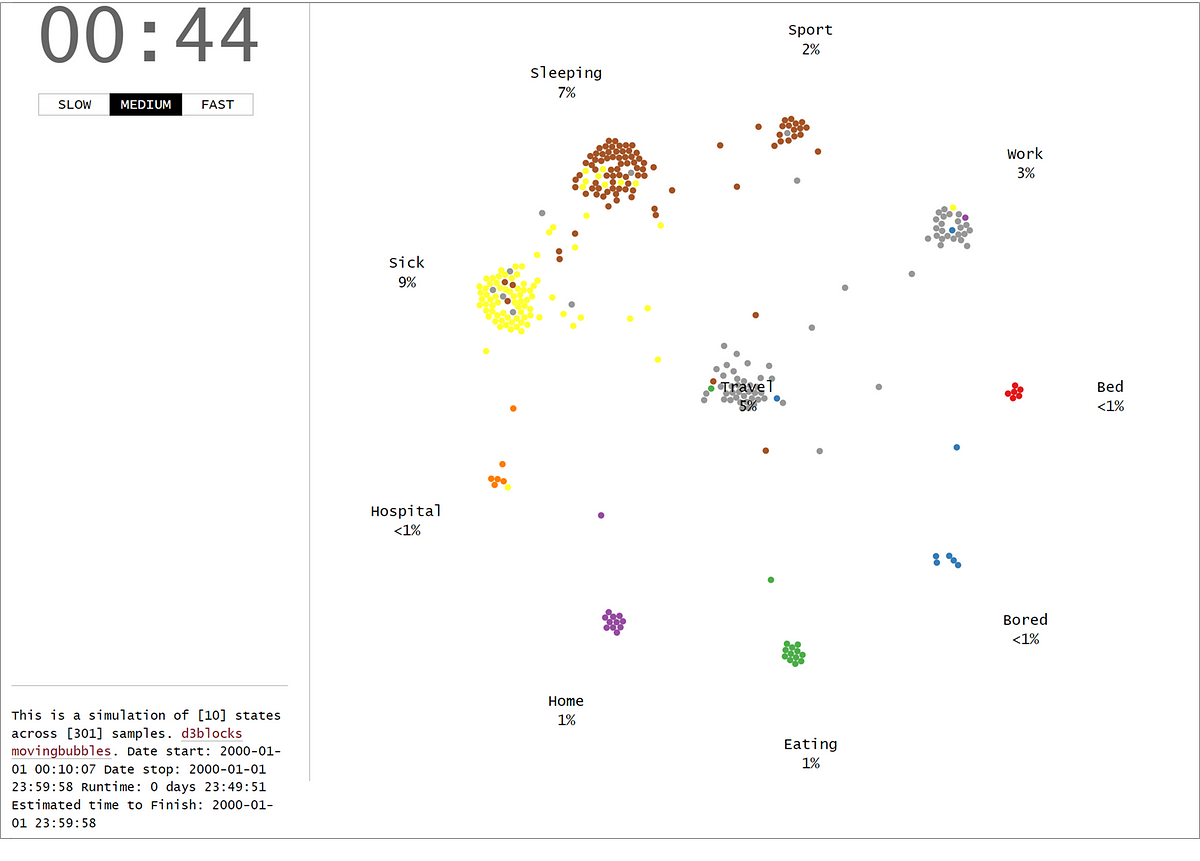
The MovingBubble chart is one of those mind-blowing charts to look at. Learn how to create them using your own data set and Python!

Follow this series to learn about CUDA programming from scratch with Python. Part 4 of 4.
How to compress and fit a humongous set of vectors in memory for similarity search with asymmetric distance computation (ADC)
Learn how to build MMMs for different countries the right way

From a theoretical introduction to the hands-on implementation: here’s what you need to know about the Chirplet Transform

Create interactive, and stand-alone charts that are built on the graphics of d3 javascript (d3js) but configurable with Python.
— Mike Driscoll (@driscollis)

Everything you need to know about Stereo Geometry

I subscribed to the Real Python mailing list two years ago, and I learned a lot of tips and tricks...
Python has become the most popular language in many rapidly evolving sectors, such as deep learning and data sciences. Yet its easy readability comes at the cost of performance. Of course, we all complain about program performance from time to time, and Python should certainly not take all the blame. Still, it's fair to say that Python's nature as an interpreted language does not help, especially in computation-intensive scenarios (e.g., when there are multiple nested for loops).
Making you understand the characteristics of Python Tuples and how you deal with them
A beginner’s guide to PyCaret’s natural language processing module.
Deep dive into the import system
I’ve never used spaCy beyond simple named entity recognition tasks. Boy was I wrong.
Simple tips to optimize the memory utilization in Pandas

This article will take you through some of the most important Python modules for beginners. Most Important Python Modules for Beginners.

Some off-the-beaten uses of Python learned from reading libraries.

How to painlessly monitor file creation, modification, and deletion programmatically.
Crystalise your understanding of this amazing library through animated GIFs and learn how to write more elegant code
— Mike Driscoll (@driscollis)

Creating eye-catching graphs with Python to use instead of bar charts.
Graph partitioning has been a long-lasting problem and has a wide range of applications. This post shares the methodology for graph…

Reduce time in your data science workflow with these libraries.
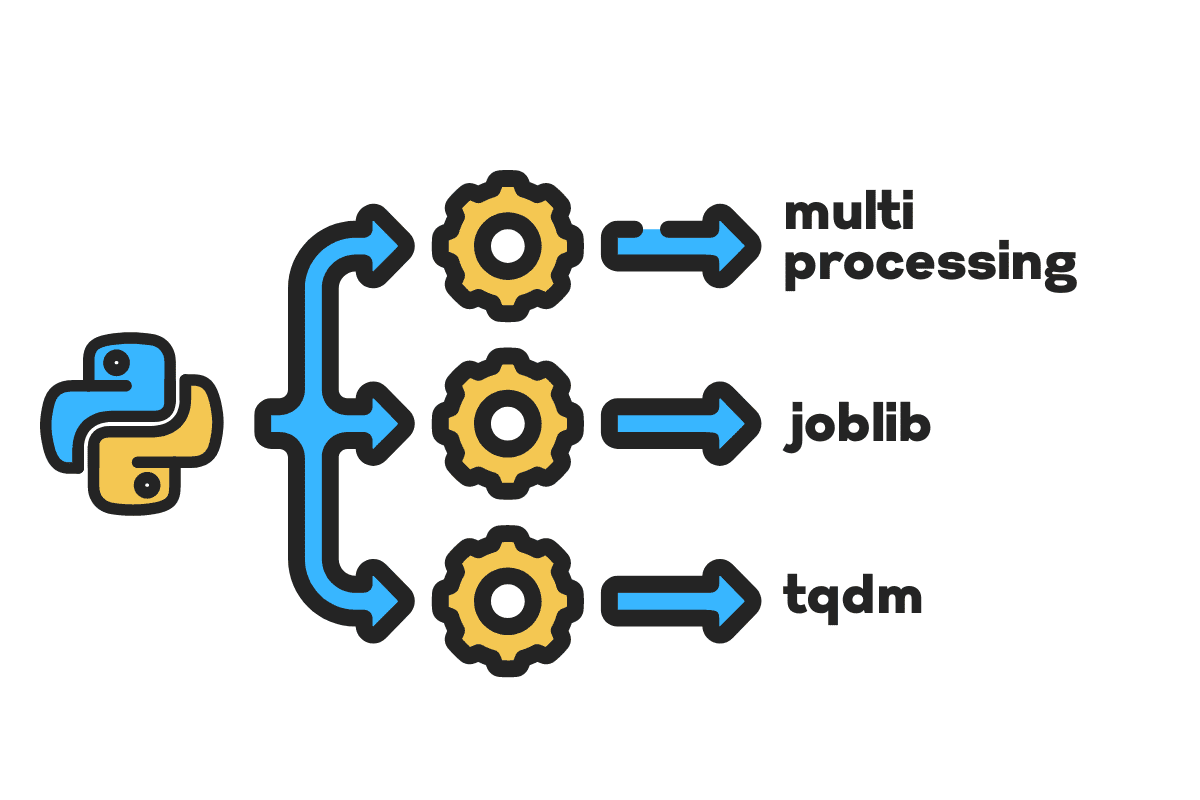
Learn various techniques to reduce data processing time by using multiprocessing, joblib, and tqdm concurrent.

Easily adding arrows, multiple axes, gradient fill, and more
3 steps (+examples) to connect to MS SQL Server, MySQL, Oracle and many other databases
DOT rendering programs and utilities.
Master programming by recreating your favorite technologies from scratch. - codecrafters-io/build-your-own-x
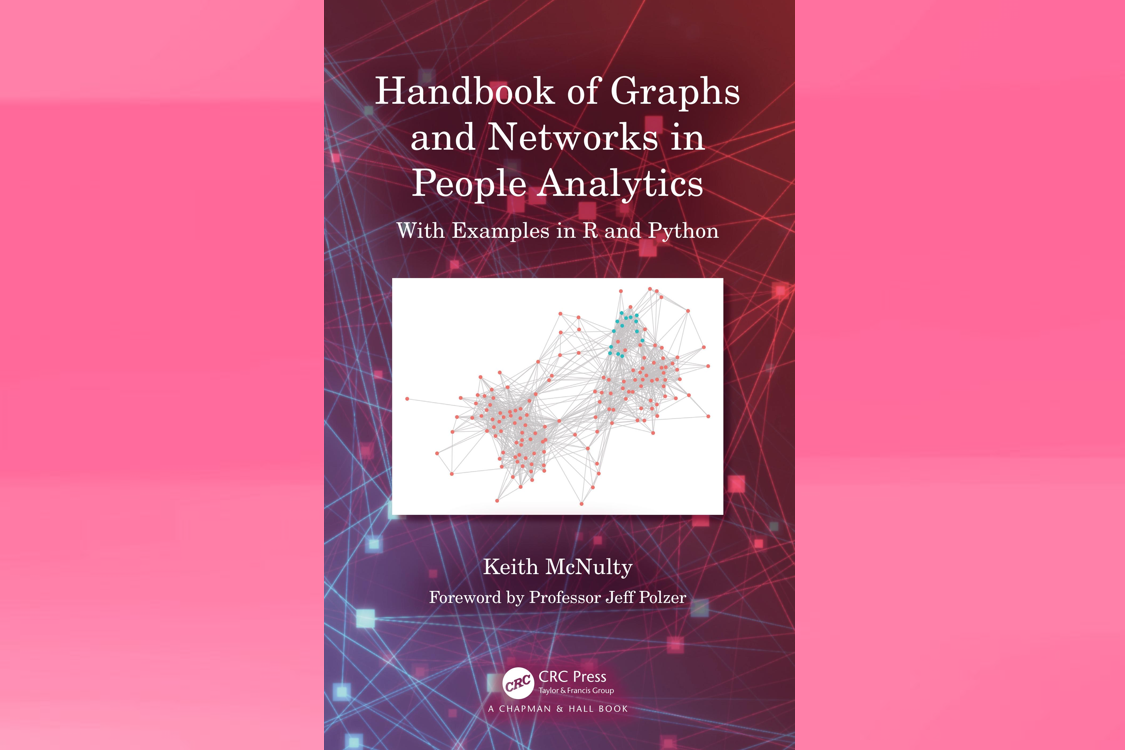
A technical manual of graphs, networks and their applications in the people and social sciences

Capturing non-linear advertising saturation and diminishing returns without explicitly transforming media variables
One of the biggest barriers to traditional machine learning is that most supervised and unsupervised machine learning algorithms need huge amounts of data to be useful in real world use cases. Even…
How to forecast with scikit-learn and XGBoost models with sktime
I'm sick of complex blogging solutions, so markdown files in a git repo it is - francisrstokes/githublog

Brain-inspired unsupervised machine learning through competition, cooperation and adaptation

Use linear programming to minimize the difference between required and scheduled resources
— Mike Driscoll (@driscollis)
Here you can add multiple Images and duration as well in the code. — Python Coding (@clcoding)
🗃 Open source self-hosted web archiving. Takes URLs/browser history/bookmarks/Pocket/Pinboard/etc., saves HTML, JS, PDFs, media, and more... - ArchiveBox/ArchiveBox
I’ve been using Pocket for many years to collate all the articles, blog posts, recipes, etcI’ve found online. I decided it would be…

Python has a secret superpower with a similarly stupendous name: Magic Methods. These methods can...

How to make choropleths with different data structures in Python
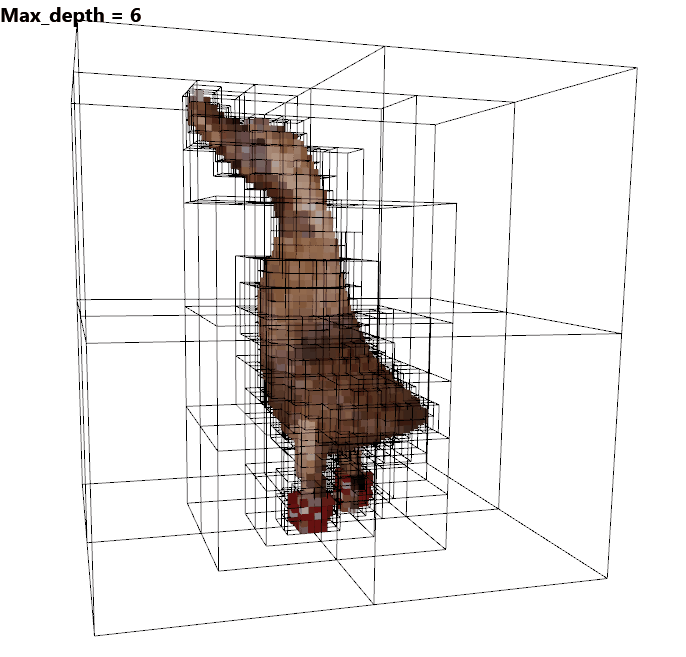
How to use Python libraries like Open3D, PyVista, and Vedo for neighborhood analysis of point clouds and meshes through KD-Trees/Octrees

Whenever you are installing python packages, you should always use a virtual environment. pip makes...

Introduction Hello! In this quick tutorial I will show how to create a simple program...
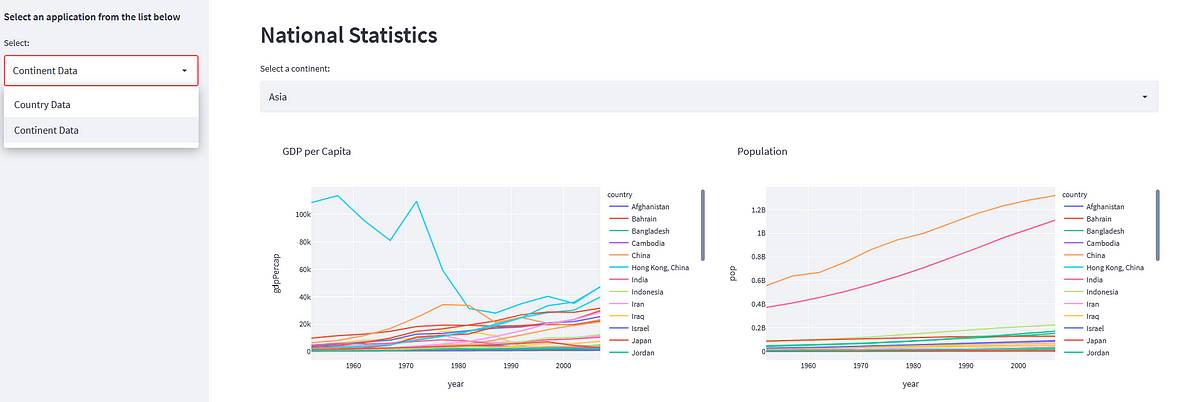
Streamlit may not have been designed for full-blown websites, but it is fairly straightforward to create multiple pages in a single app
Easy Python code compilation for blazingly fast applications
A collection of design patterns/idioms in Python.
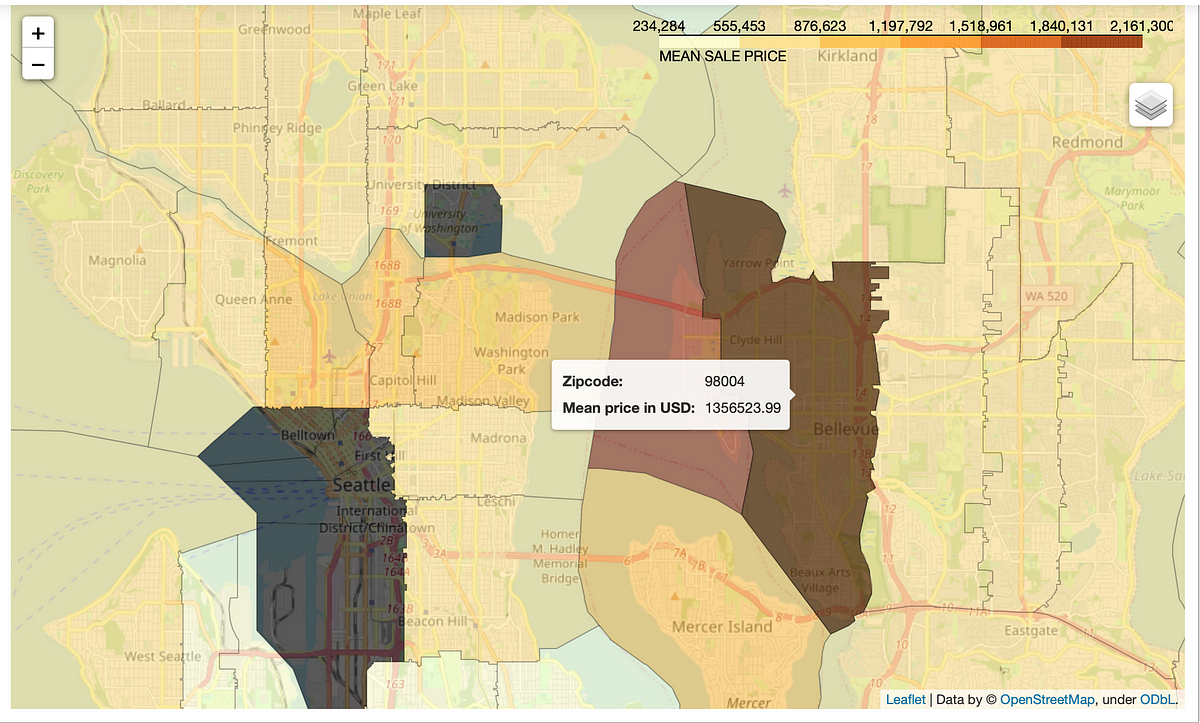
Maps and geography have been a long passion of mine, especially in my International Relations background. A side goal of mine as I grow as…
(BTW, bat: ) — Ned Batchelder (@nedbat)

Going knee-deep into the internals of Python

I show toy implementations of Python decorator patterns that may be useful for Data Scientists.
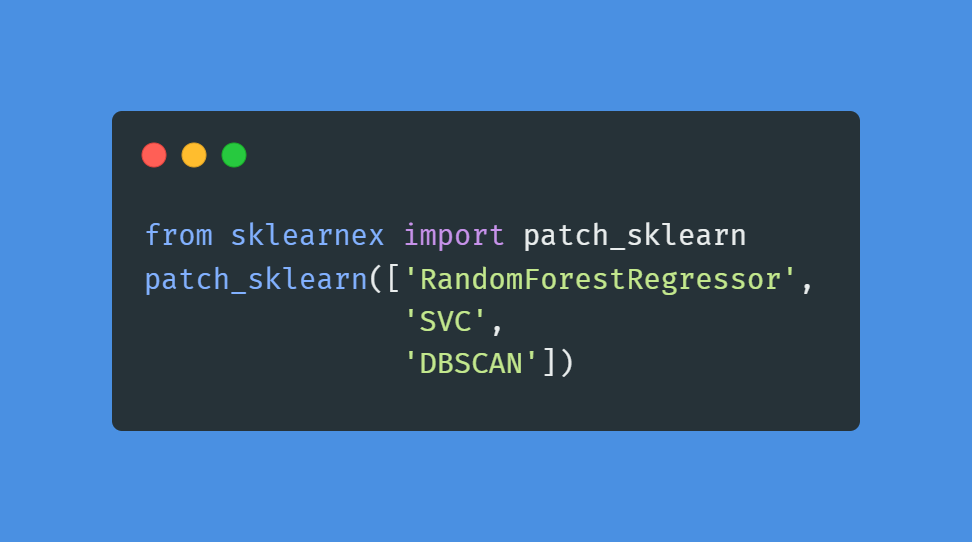
The introduction of the intel sklearn extension. Make your Random Forest even faster than XGBoost.

Switching to a new language is always a big step, especially when only one of your team members has prior experience with that language. Early this year, we switched Stream’s primary programming language from Python to Go. This post will explain some of the reasons why we decided to leave Python behind and make the switch to
Learn how to visualize data using Seaborn’s axes-level and figure-level plots

A comparison between Undercomplete and Sparse AE with a detailed Python example
A detailed explanation of how groupby works under the hood to help you understand it better.
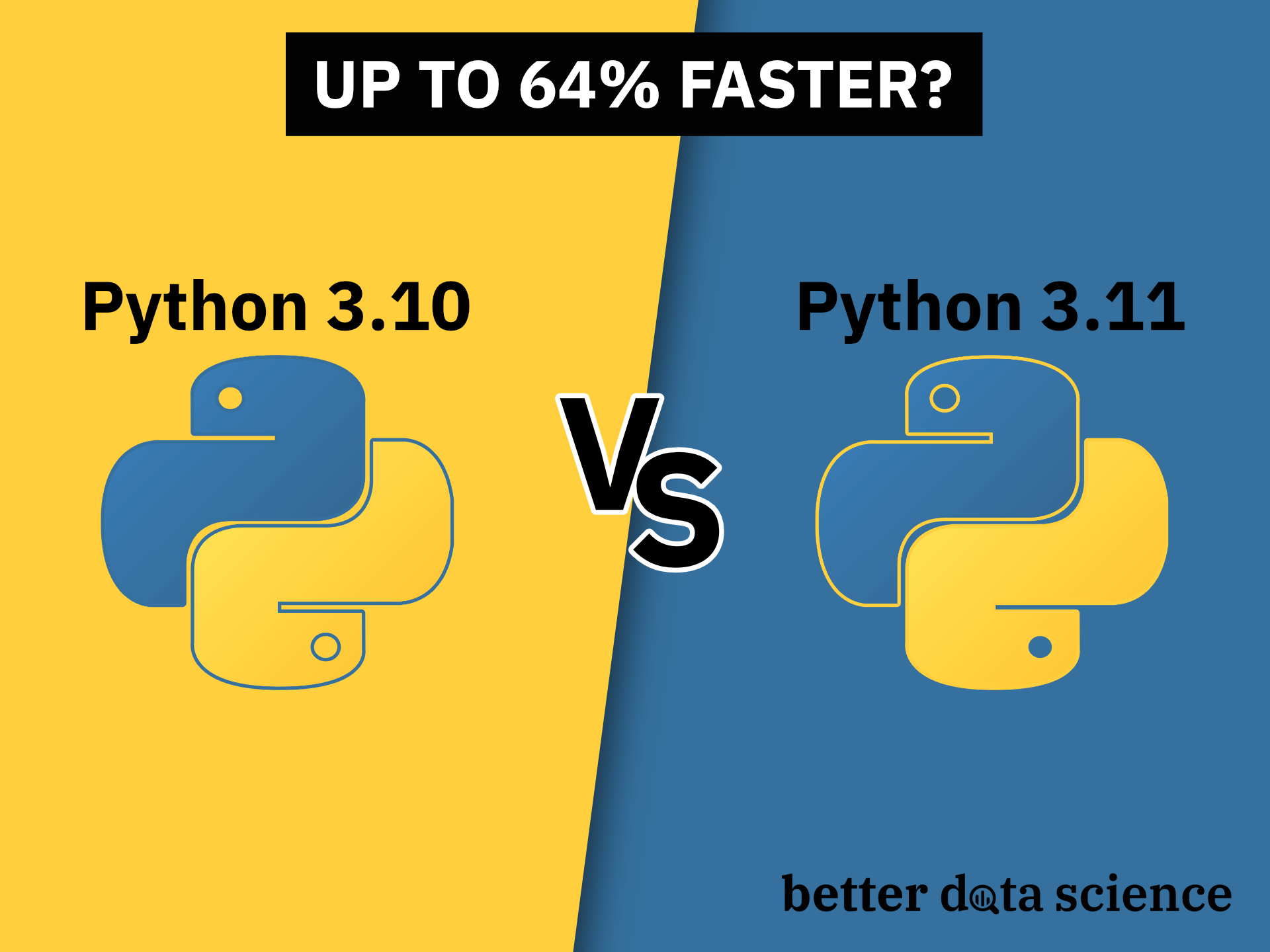
Let’s compare Python 3.10 vs. Python 3.11 in an extensive benchmark test. Spoiler alert: Python 3.11 is up to 64% faster!

Apply Louvain’s Algorithm in Python for Community Detection

In this article we will focus on a complete walk through of a Python tuple data structure

I was recently reading Django’s Source Code, and I came across the @wraps decorator, which led me to...

Finally, start practicing SQL with your own database
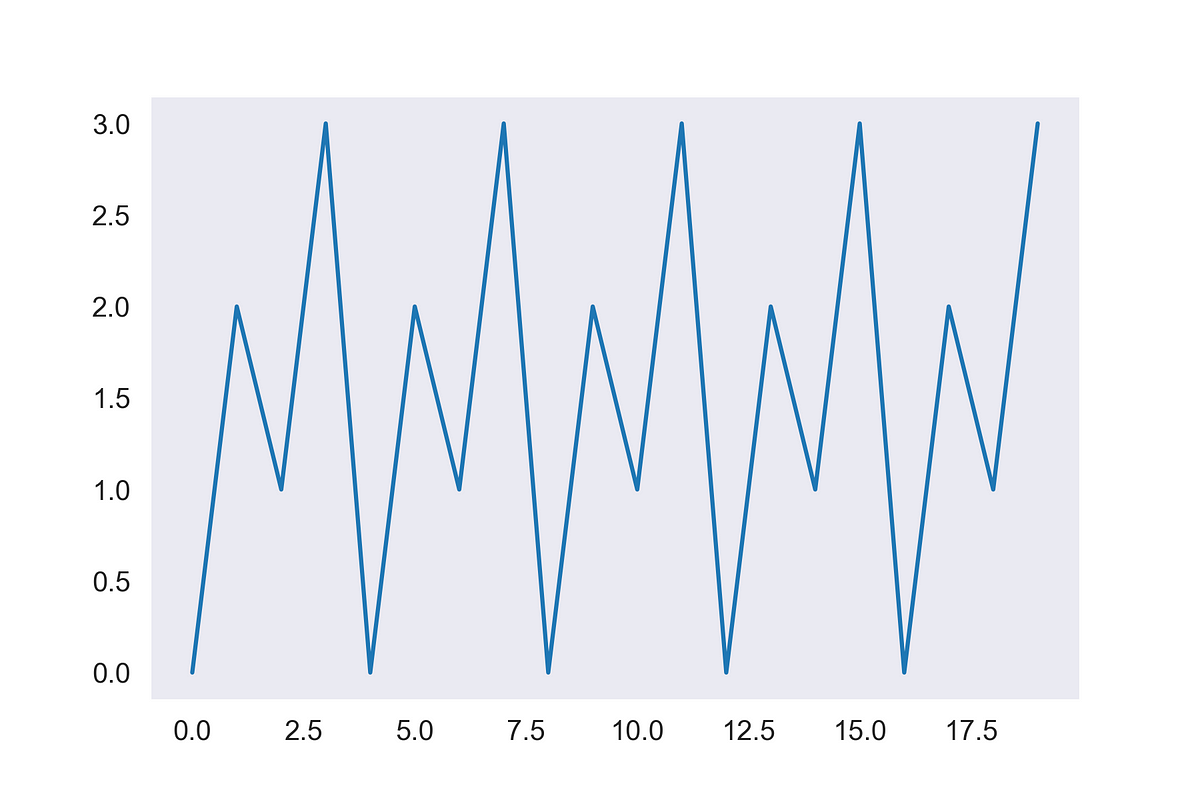
Saving time and code with flexible utility functions and paradigms

Here is my take on this must-have Python library and why you should give it a try

>>>, The default Python prompt of the interactive shell. Often seen for code examples which can be executed interactively in the interpreter.,,..., Can refer to:- The default Python prompt of the i...
Create interactive maps with just a few lines of Python code
An opinionated list of awesome Python frameworks, libraries, software and resources. - vinta/awesome-python
A peek into data structures, programming concepts, and best practices.

Understanding the purpose of requirements.txt, setup.py and setup.cfg in Python when developing and distributing packages

A test is code that executes code. When you start developing a new feature for your Python project,...

As a data analyst at Microsoft, I must investigate and understand time-series data every day. Besides looking at some key performance…

You want to make friends with tabula-py and Pandas

This is a cross-post from my blog Arcadian.Cloud, go there to see the original post. I have some...

Understanding Attributes in Python Python is a very dynamic language by nature. Variables...
🐍🔥 — Mike Driscoll (@driscollis)
based on "Hands-On Machine Learning with Scikit-Learn & TensorFlow" (O'Reilly, Aurelien Geron) - bjpcjp/scikit-and-tensorflow-workbooks
Do you want to write concise, readable, and efficient code? Well, python decorators may help you on your journey.

A Quick Guide to The Weibull Analysis
Prophet (FB time series prediction package) docs to Python code. - bjpcjp/fb-prophet
Based on scatterplot by Myriam Barnes. A simple to viz categories in a scatter plot. - bjpcjp/category-scatterplot
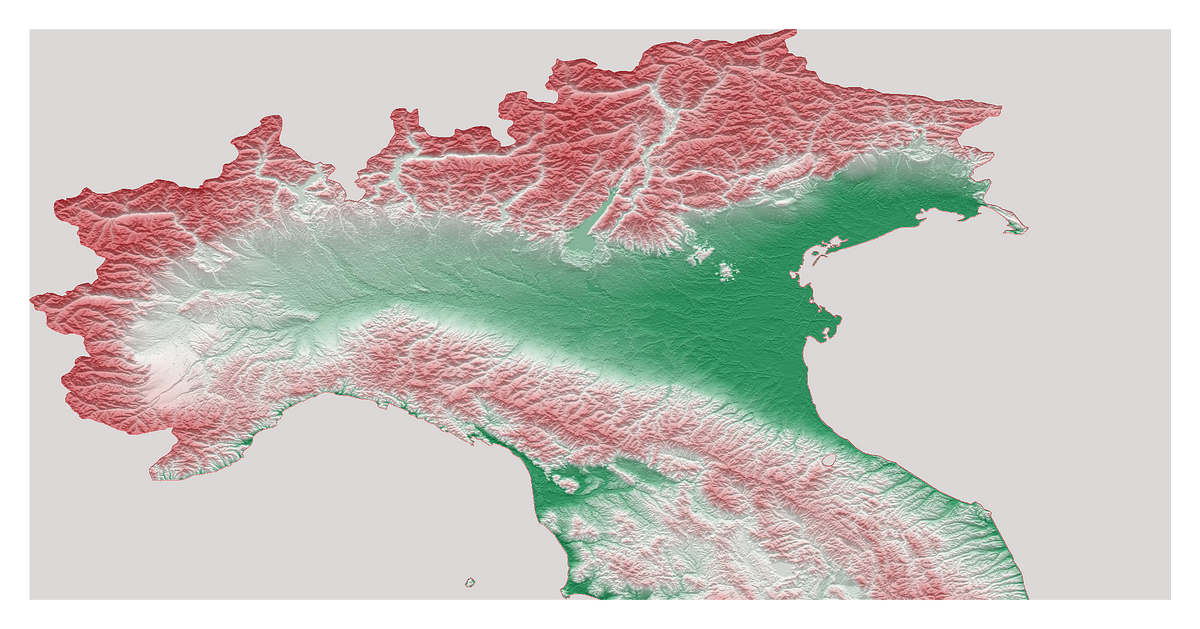
Who needs GIS when you can build eye-catching 3D topography maps with Python?

This PostgreSQL Python section shows how to work with PostgreSQL from Python programming language using the psycopg2 database driver.
Sourced from O'Reilly ebook of the same name.
based on "Hands-On Machine Learning with Scikit-Learn & TensorFlow" (O'Reilly, Aurelien Geron) - bjpcjp/scikit-and-tensorflow-workbooks
Sourced from O'Reilly ebook of the same name.
Sourced from O'Reilly ebook of the same name.
Easily and efficiently optimize your model’s hyperparameters with Optuna with a mini project
🐍🔥 — Mike Driscoll (@driscollis)
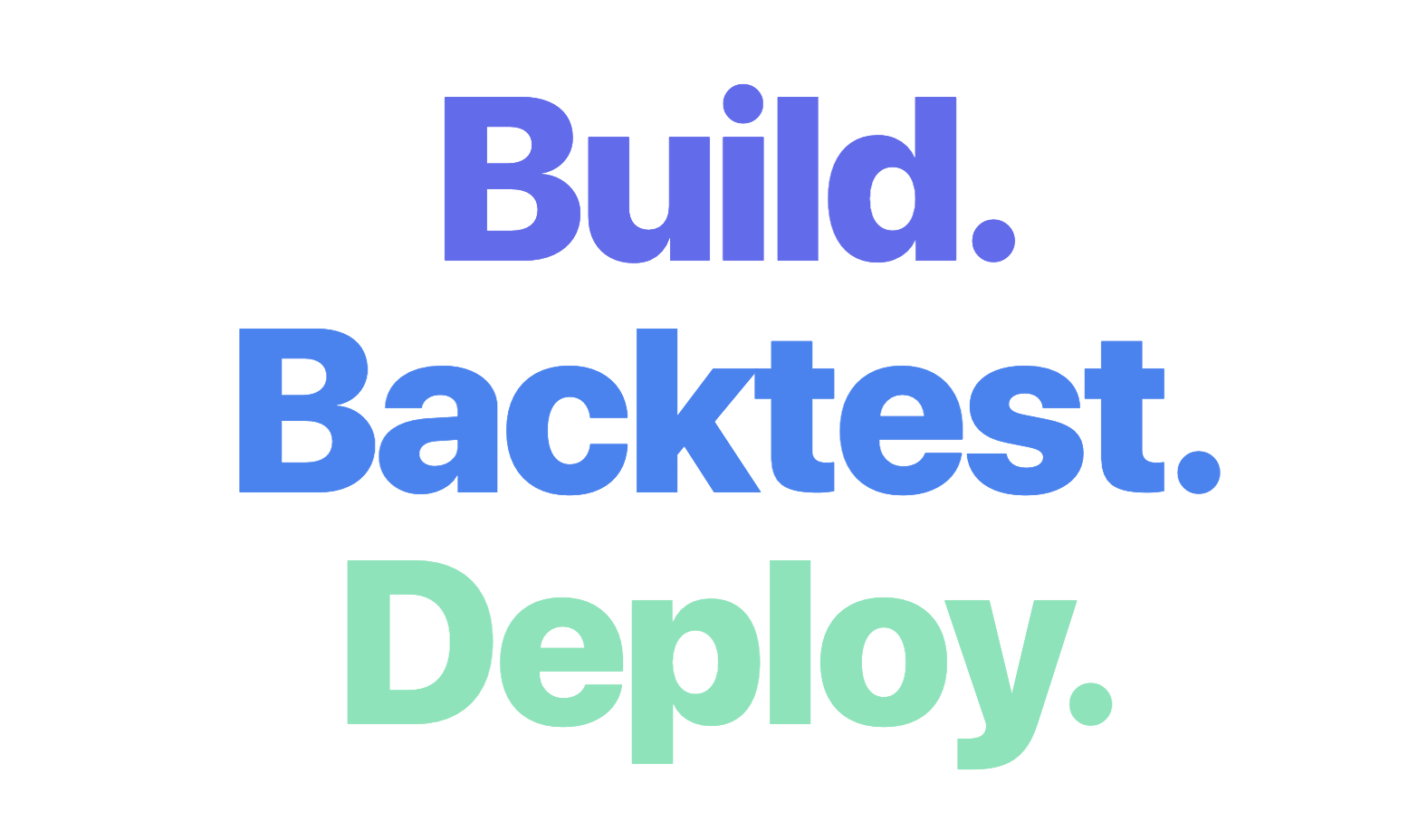
Build in minutes. Deploy in seconds. Quant workflow reimagined. Built by developers for developers 🚀

Metrics surround us. Whether you're building the next big thing and need to measure customer churn,...

IPython is a powerful Python REPL that gives you tab completion, better tracebacks, multiline editing, and several useful features on top…
various tips and tricks.

This article is a comprehensive overview of different open-source tools to extract text and tabular data from PDF Files

Master usecols, chunksize, parse_dates in pandas read_csv().

Here is my take on this cool Python library and why you should give it a try

Dimensionality reduction is a vital tool for data scientists across industries. Here is a guide to getting started with it.
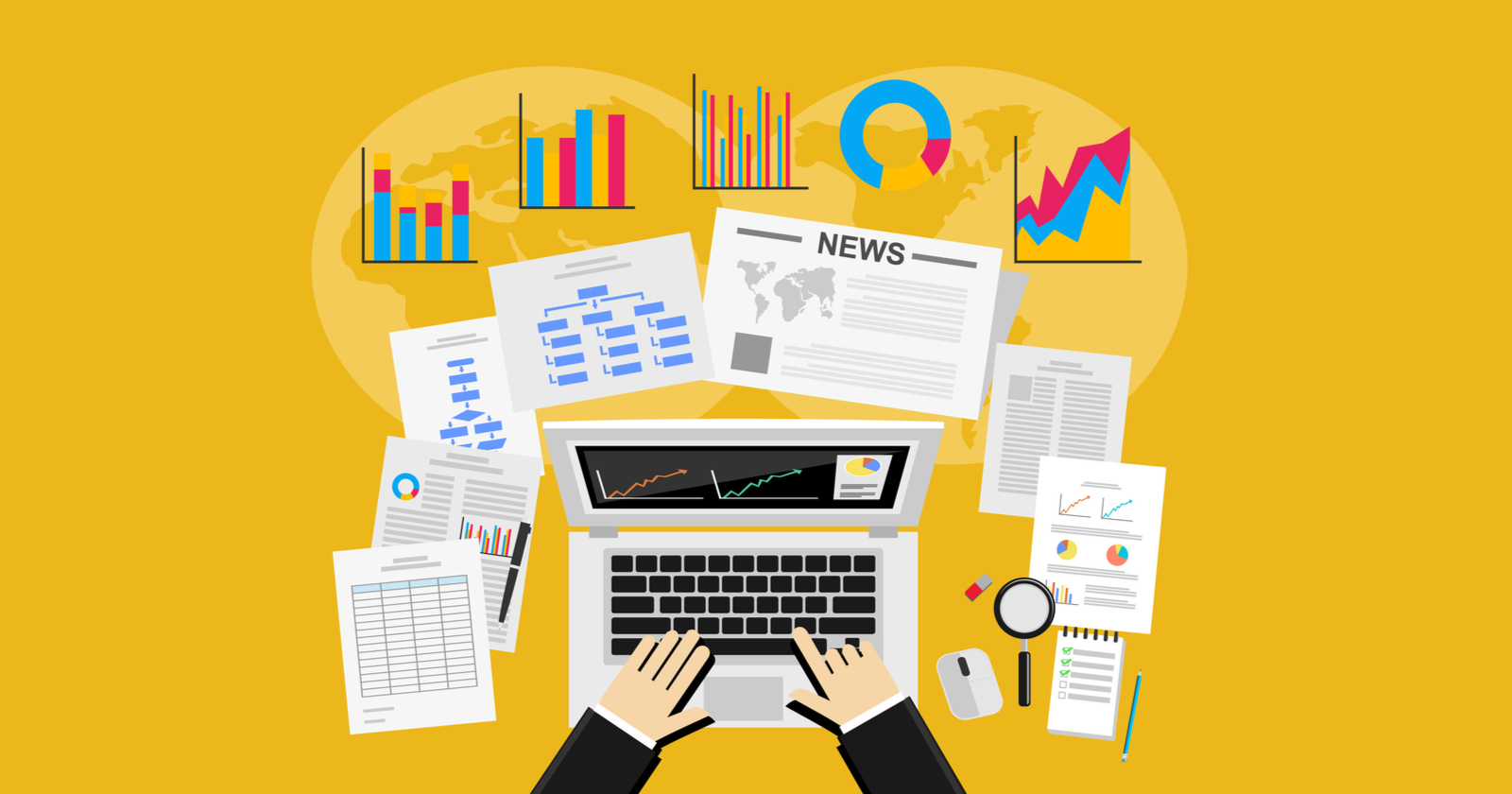
In this first post in a series on how to build a complete machine learning product from scratch, I describe how to setup your project and tooling.

How to Model random Processes with Distributions and Fit them to Observational Data

Source code: Lib/functools.py The functools module is for higher-order functions: functions that act on or return other functions. In general, any callable object can be treated as a function for t...
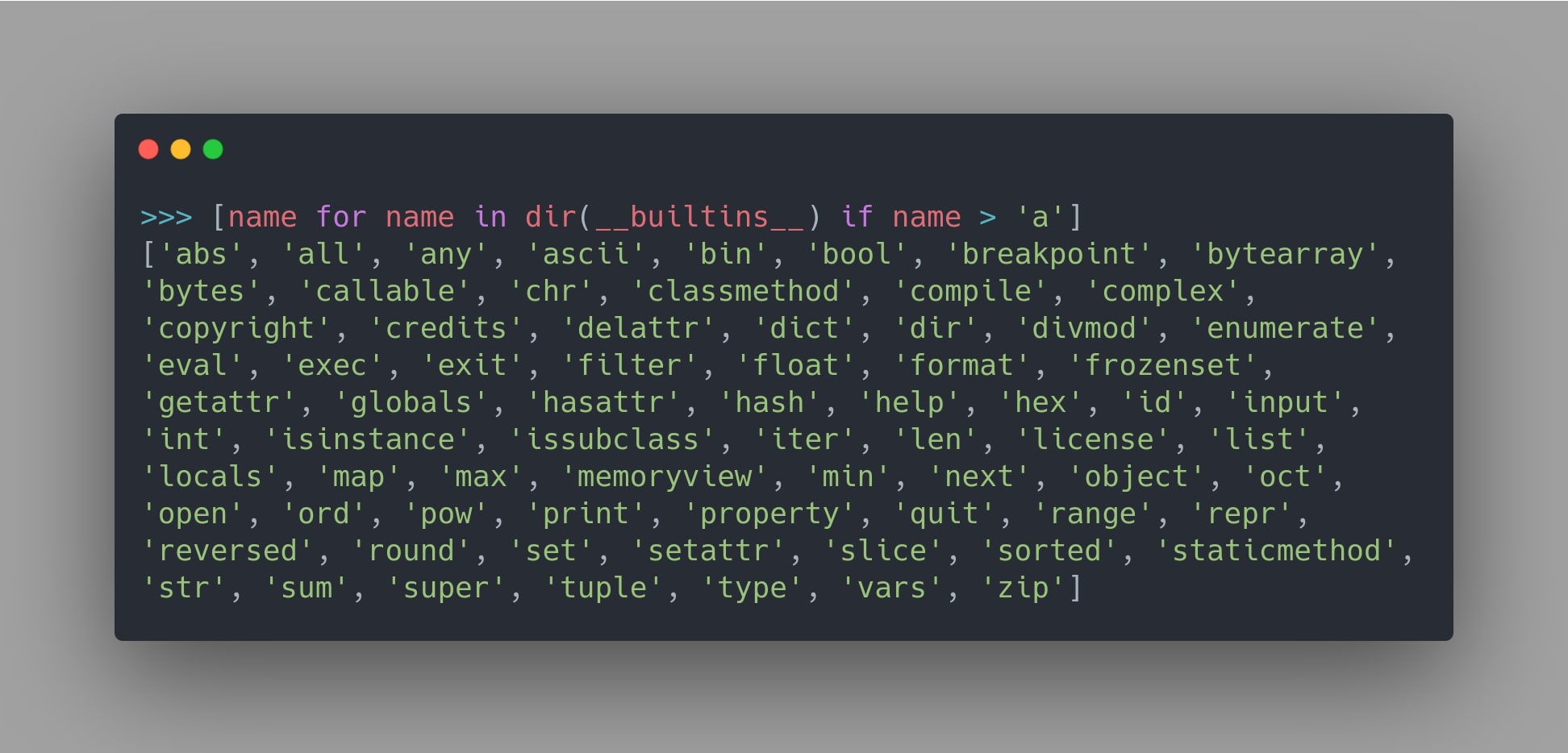
Python has a whole lot of builtins that are unknown to most people. This guide aims to introduce you to everything that Python has to offer, through its seemingly obscure builtins.
Create, deploy, and test your Python applications, analyses, and models with ease using Streamlit Key Features Learn how to showcase machine learning models in a Streamlit application effectively and efficiently … - Selection from Getting Started with Streamlit for Data Science [Book]

Why, when, and how — Learn assert statements in Python right now.

Streamlit releases v1.0 of its DataOps platform for data science apps to make it easier for data scientists to share code and components.

Hello everyone, This is a step by step tutorial about how to deploy your Streamlit app to Heroku. ...
An aspiring Full Stack Developer’s guide to quickly developing and deploying scalable web applications

Hands-on tutorial to effectively use different Regression Algorithms

This article is the second article of an ongoing series on using Dask in practice. Each article in this series will be simple enough for beginners, but provide useful tips for real work. The first article in the series is about using LocalCluster.
Leveraging automation to create dazzling PDF documents effortlessly

For a short description of the main highlights of the release, please refer to Release Highlights for scikit-learn 1.0. Legend for changelogs something big that you couldn’t do before., something t...

Quick Python solutions to help your data science cycle.

In this article, I will introduce you to a tutorial on the Python Imaging Library. Learn how to use Python Imaging Library or PIL.

Taking Advantage of Your Location Data for an Expansive Range of Possibilities

Intel(R) Extension for Scikit-learn is a seamless way to speed up your Scikit-learn application.

Exploring some of the most useful pip commands for everyday programming
There are lots of great Python libraries, but most of them don't come close to what built-in itertools and also

Analyze, test, and re-use your code with little more than an @ symbol
Facebook AI Research Sequence-to-Sequence Toolkit written in Python. - facebookresearch/fairseq

In this article, I’ll show you five ways to load data in Python. Achieving a speedup of 3 orders of magnitude.
Present your data as an interactive dashboard web application using the python library Streamlit
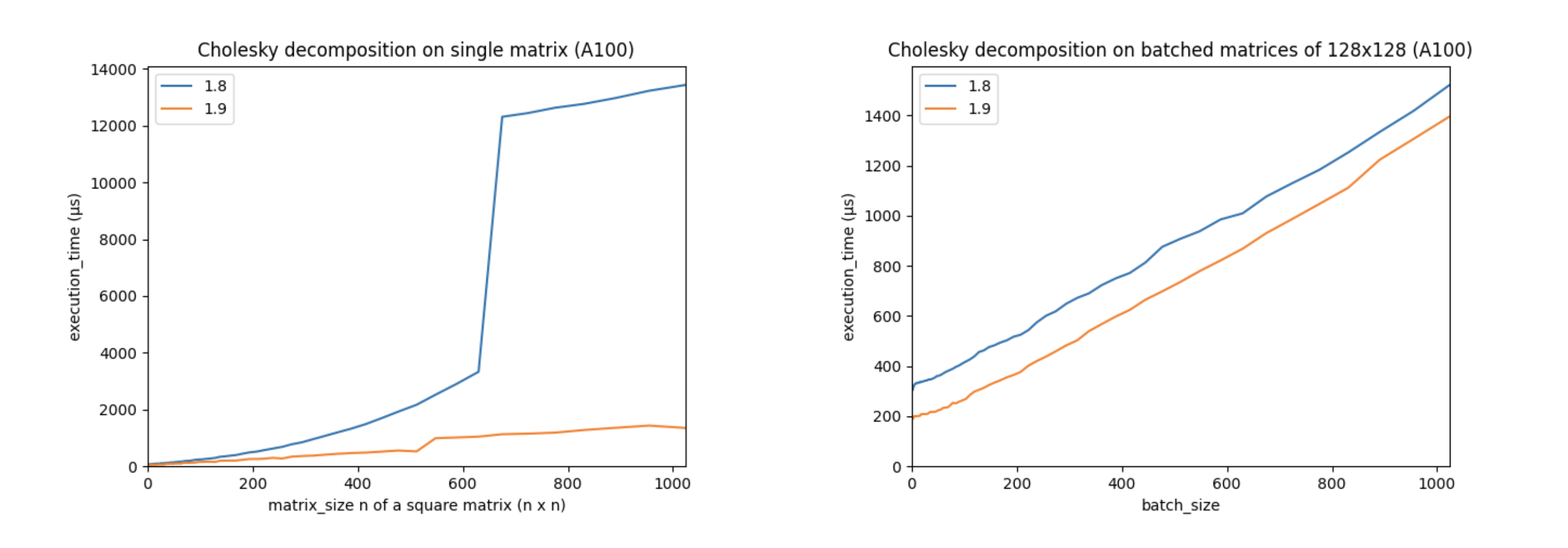
Linear algebra is essential to deep learning and scientific computing, and it’s always been a core part of PyTorch. PyTorch 1.9 extends PyTorch’s support for linear algebra operations with the torch.linalg module. This module, documented here, has 26 operators, including faster and easier to use versions of older PyTorch operators, every function from NumPy’s linear algebra module extended with accelerator and autograd support, and a few operators that are completely new. This makes the torch.linalg immediately familiar to NumPy users and an exciting update to PyTorch’s linear algebra support.
Combining tree-boosting with Gaussian process and mixed effects models - fabsig/GPBoost
Musings of a Computer Scientist.
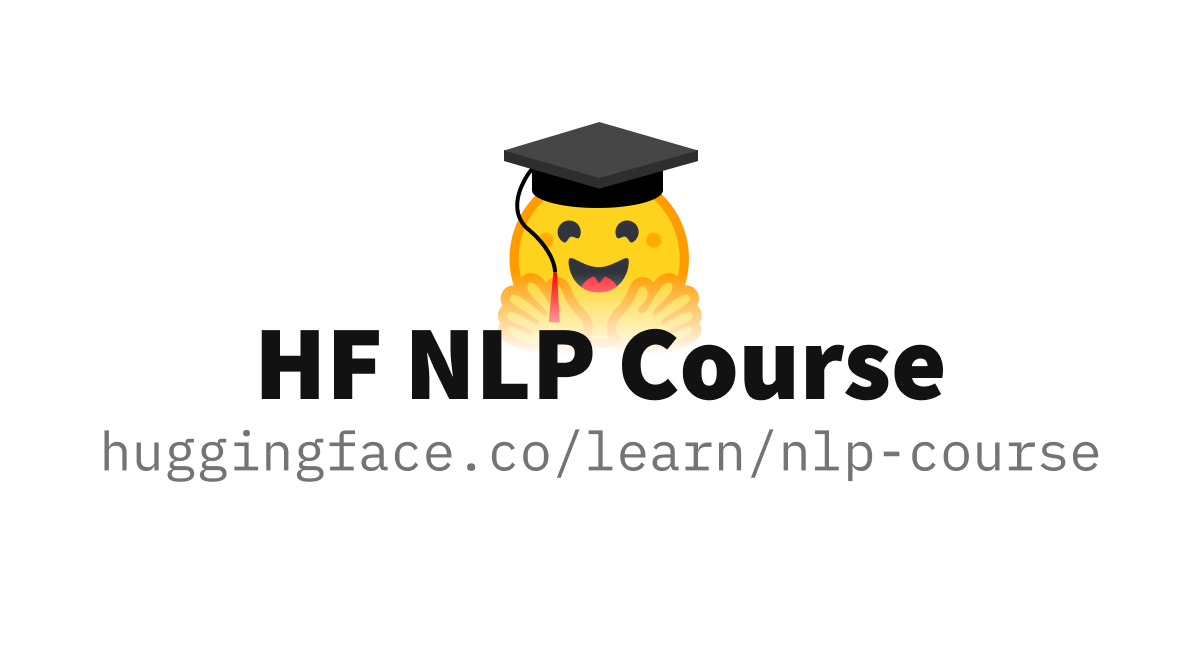
We’re on a journey to advance and democratize artificial intelligence through open source and open science.

In this post, we will understand how python functional programming can be used efficiently to achieve tasks artistically as it is rightly said programming is indeed an art. We prefer using higher-order functions than simply looping because internally these are implemented in C making them more effic

Automate your Python script execution — works on Linux and macOS.
A deep dive into Python virtual environments, pip and avoiding entangled dependencies
Set your application secrets, load, and retrieve them easily in your Data Science apps.
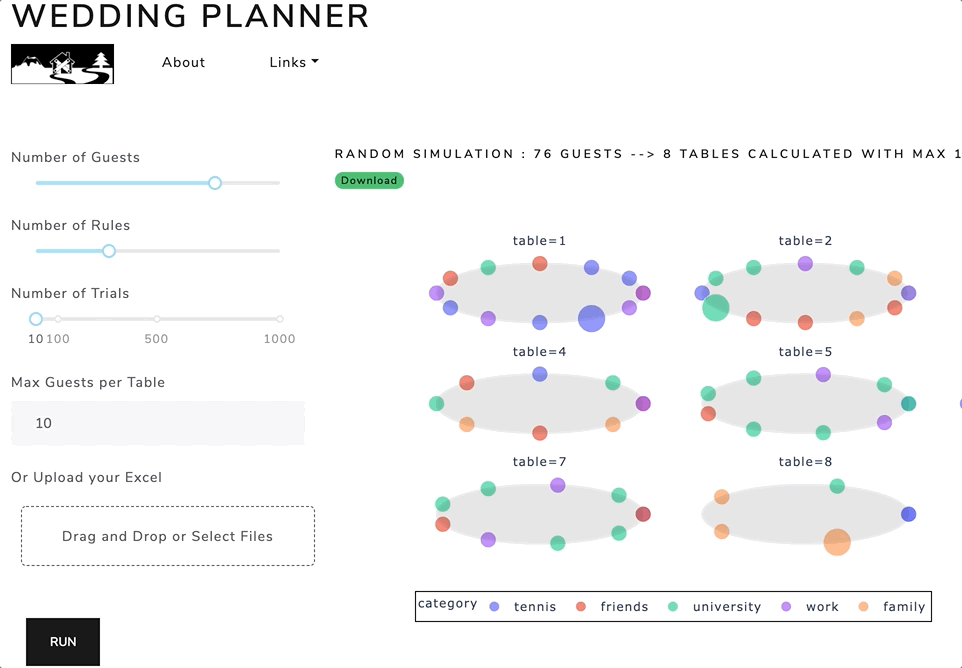
Draw with Plotly, Embed Bootstrap CSS, Upload & Download files, Change Inputs after selection, Navbars, Spinners, and more…

In a real-life factory, the production of identical or similar objects is not done individually but rather streamlined in assembly lines. Similarly, the factory design pattern allows you to create…
Learn how to speed up your Pandas workflow using the PyPolars library.

Scroll down to see how to interpret a plot created by a great tool for comparing two classes and their corpora.

Are you a Data Scientist experienced with Pandas? Then you know its pain points. There's an easy solution - Dask - which enables you to run Pandas computations in parallel.
If you are a beginning Python programmer, you might come across function declarations with parameters that look like this: The * and the ** operators above allow you to pass in variable number of…

To be honest, the title of the article does quite a good job in describing what Quantra actually is. It’s a platform that helps potential students with their journey of learning about quantitative…

In this tutorial, I will show you how to give a cartoon-effect to an image in Python with OpenCV. Op...

A step-by-step guide on how to predict customer churn the right way using PyCaret that actually optimizes the business objective and improves ROI for the business.
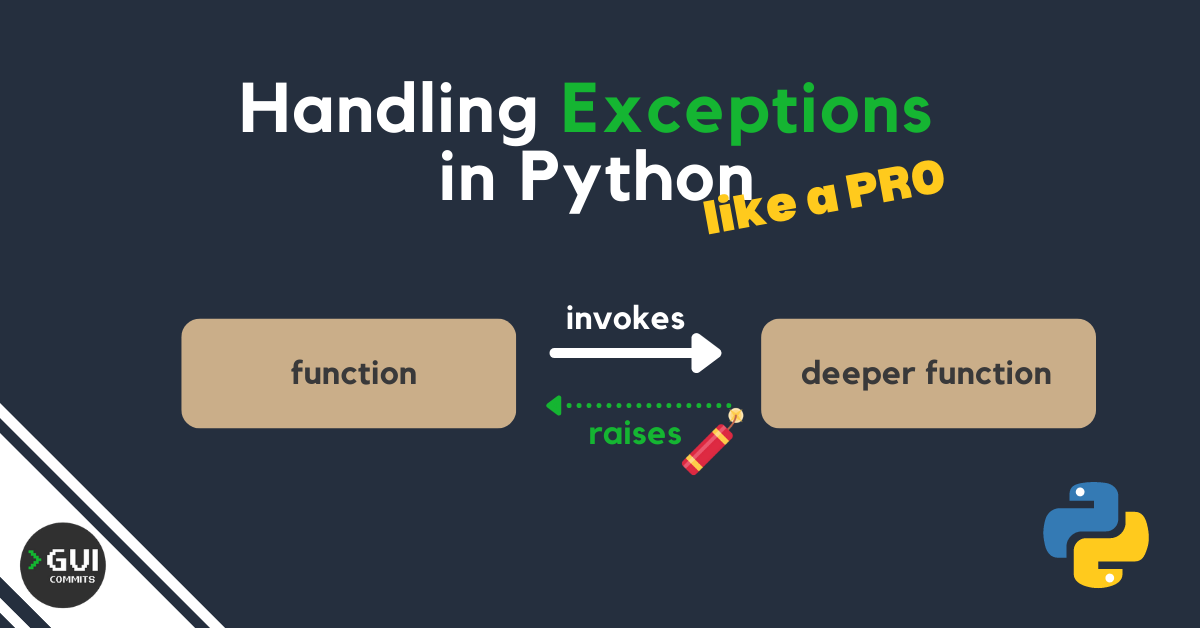
In this post, I show you a real-life example of how to create, handle and log exceptions effectively in Python.

In this article, I'm going to walk you through a tutorial on web scraping to create a dataset using Python and BeautifulSoup.
Publication-quality data representation library based on Matplotlib. - alopezrivera/mpl_plotter
Word on the street is that PyTorch lightning is a much better version of normal PyTorch. But what could it possibly have that it brought such consensus in our world? Well, it helps researchers scale…
If you are working with big data, especially on your local machine, then learning the basics of Vaex, a Python library that enables the fast processing of large datasets, will provide you with a productive alternative to Pandas.

Computer vision is the field of computer science that focuses on replicating parts of the complexity...

Prophet is a forecasting procedure implemented in R and Python. It is fast and provides completely automated forecasts that can be tuned by hand by data scientists and analysts.

I recently wrote a post about visualizing weather data from NOAA. We walked through processing the data and making some basic interactive maps with Plotly. In this article I want to use the same data…
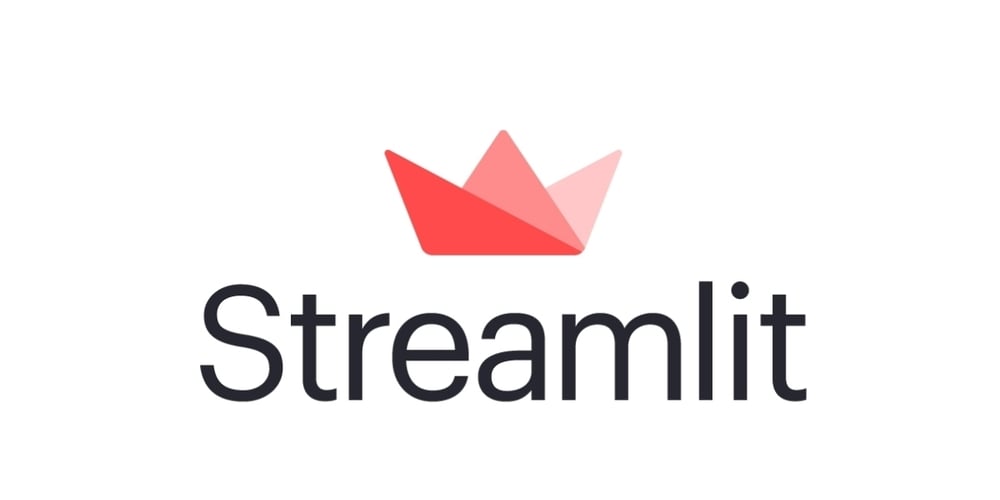
Sometimes you make a data science , machine learning or computer vision projects but suddenly you stu...
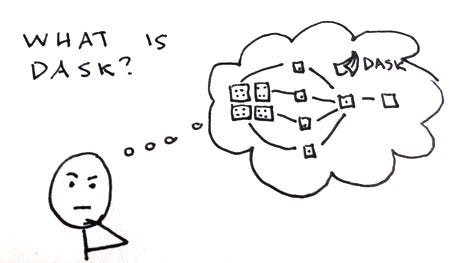
This article will first address what makes Dask special and then explain in more detail how Dask works. So: what makes Dask special? Python has a rich ecosystem of data science libraries including…

To explore SQLite along with Python, which is a user-friendly and no-nonsense language, we are going...

Automation epitomizes the last few decades of rapid technological development where many processes take place without human intervention. But what exactly does it mean? These are the two most common…

Pandas is a data analysis and manipulation library for Python. It is one of the most popular tools among data scientists and analysts. Pandas can handle an entire data analytics pipeline. It provides…

As Data Science continues to grow and develop, it’s only natural for new tools to emerge, especially considering the fact that data…

If you are dealing with a classification task, I recommend the modAL. As for the sequence labeling task, the AlpacaTag is the only choice for you. Active learning could decrease the number of labels…
Part 1: Introduction to geospatial concepts (follow here) Part 2: Geospatial visualization and geometry creation (follow here) Part 3: Geospatial operations (this post) Part 4: Building geospatial…
How to stack your array horizontally and vertically, find unique values, split your array and some more tips to use Numpy effectively.
PyCaret is an alternate low-code library that can be used to replace hundreds of lines of code with few lines only. See how to use PyCaret's Regression Module for Time Series Forecasting.
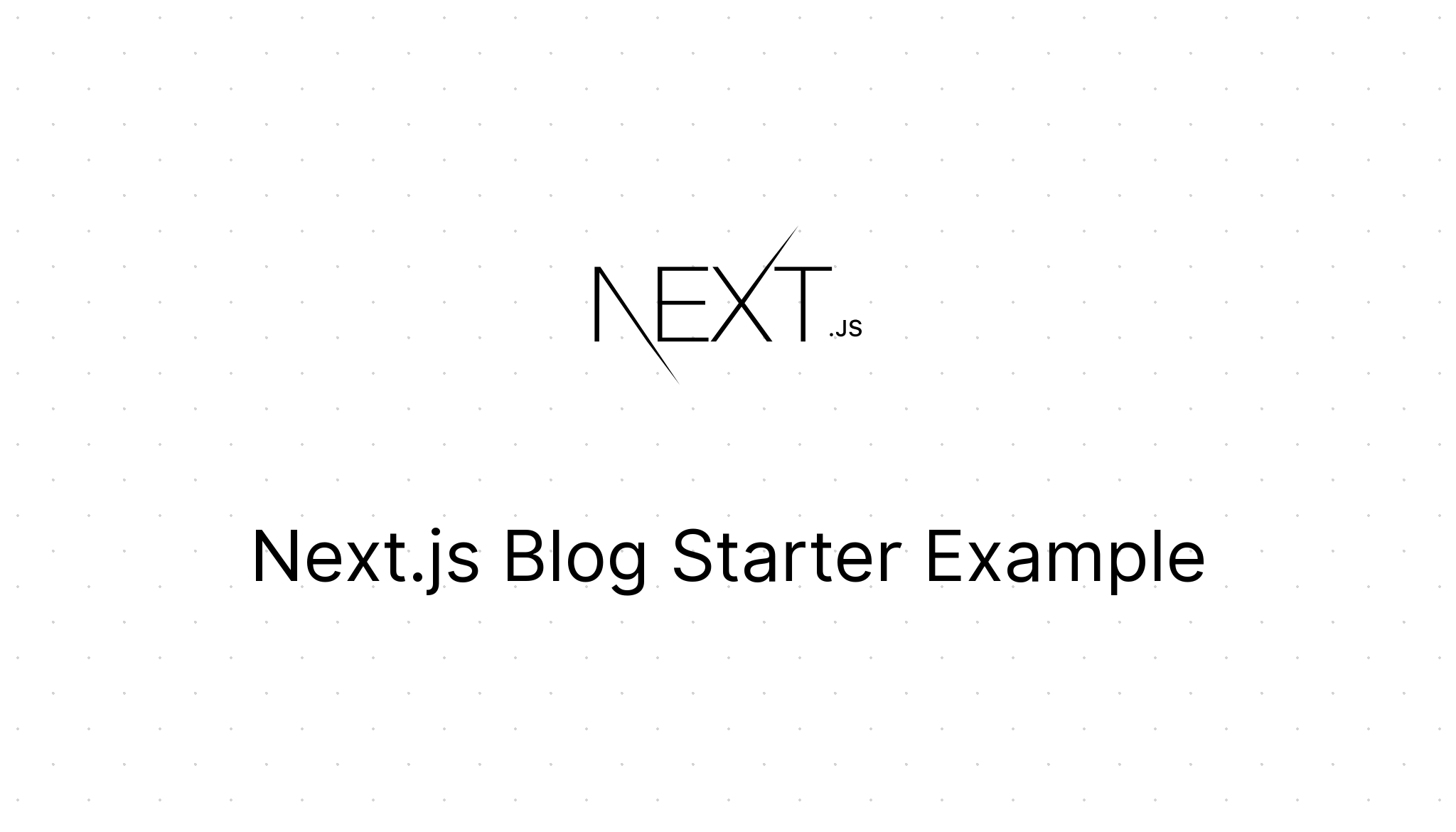
A basic introduction to Western music theory using the Python programming language to derive scales, chords, and modes in every key.
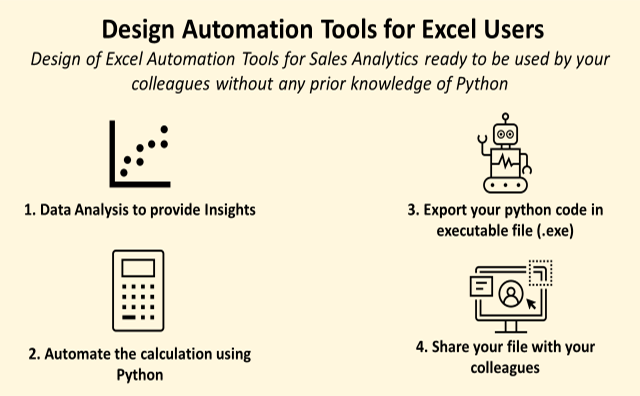
Design of Excel Automation Tools for Sales Analytics ready to be used by your colleagues without any prior knowledge of Python
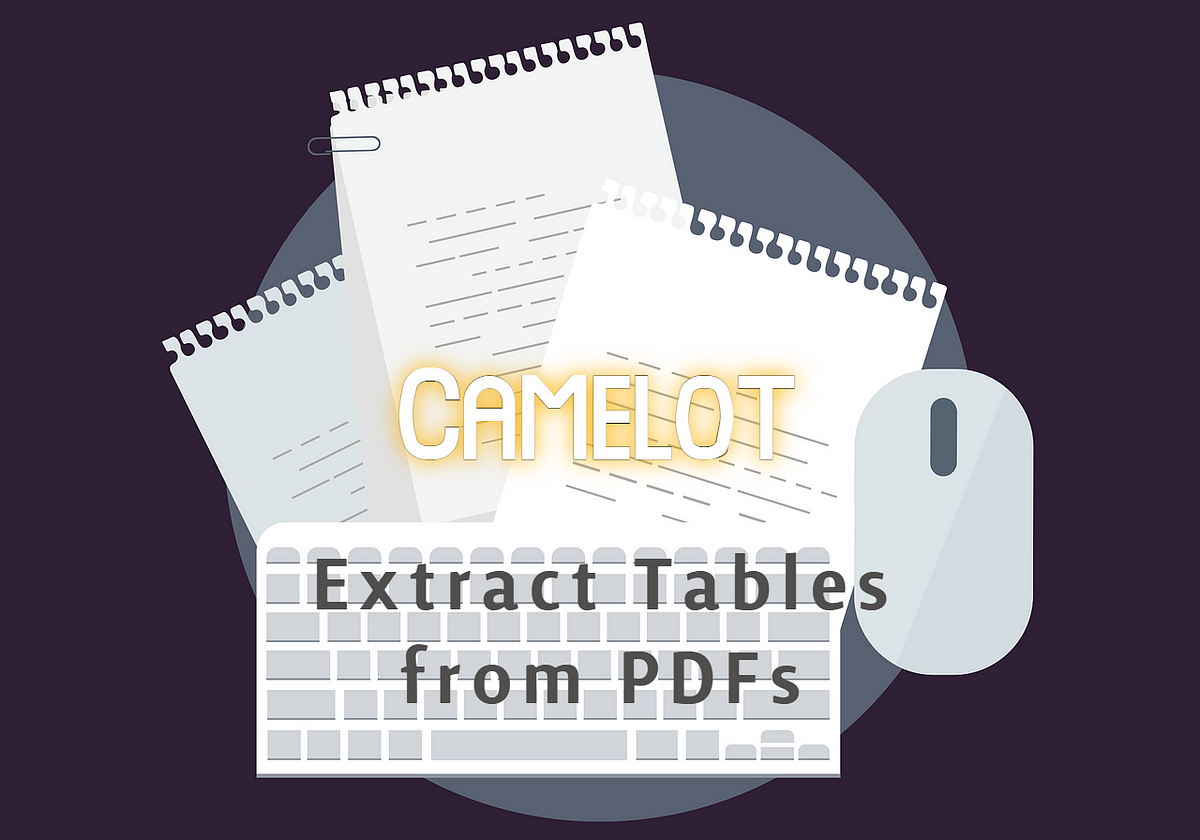
How to extract and convert tables from PDFs into Pandas Dataframe using Camelot
XGBoost explained as well as gradient boosting method and HP tuning by building your own gradient boosting library for decision trees.
A bug that plagues thousands of open-source ML projects.

This post is the seventh installment of the series of articles on the RAPIDS ecosystem. The series explores and discusses various aspects of RAPIDS that allow its users solve ETL (Extract, Transform…

A quick look at an easy way to make Python faster and more effective for machine-learning by using the itertools module.

A quick tutorial to drop duplicates using the Python Pandas library.
Full-text search is everywhere. From finding a book on Scribd, a movie on Netflix, toilet paper on Amazon, or anything else on the web through Google (like [how to do your job as a software engineer](https://localghost.dev/2019/09/everything-i-googled-in-a-week-as-a-professional-software-engineer/)), you've searched vast amounts of unstructured data multiple times today. What's even more amazing, is that you've even though you searched millions (or [billions](https://www.worldwidewebsize.com/)) of records, you got a response in milliseconds. In this post, we are going to build a basic full-text search engine that can search across millions of documents and rank them according to their relevance to the query in milliseconds, in less than 150 lines of code!

GPU vs CPU training speed comparison for xgboost
No need to install, import and initialize — Just use them

Pandas tips and tricks to help you get started with data analysis

Photo by Divide By Zero on Unsplash There are a ton of awesome packages available in the Python ecos...

Train, visualize, evaluate, interpret, and deploy models with minimal code.
Groupby is so powerful, which may sound daunting to beginners, but you don’t have to know all of its features.

JupyterLab moves closer to becoming a full-fledged IDE with xeus-python.
Simple and reliable optimization with local, global, population-based and sequential techniques in numerical discrete search spaces. - SimonBlanke/Gradient-Free-Optimizers
Pandas doesn’t handle well Big Data. These two libraries do! Which one is better? Faster?
[et_pb_section fb_built=”1″ admin_label=”Header” _builder_version=”4.12.0″ background_color=”#01012C” collapsed=”on” global_colors_info=”{}”][et_pb_row column_structure=”1_2,1_2″ _builder_version=”4.12.0″ collapsed=”on” global_colors_info=”{}”][et_pb_column type=”1_2″ _builder_version=”4.12.0″ z_index=”10″ custom_padding=”18%||||false|false” global_colors_info=”{}”][et_pb_text _builder_version=”4.14.7″ text_font=”Montserrat|800|||||||” text_text_color=”#01012C” text_font_size=”470px” text_line_height=”1em” positioning=”absolute” custom_margin=”|-30%||-10%|false|false” custom_margin_tablet=”|0%||-5%|false|false” custom_margin_phone=”|0%|||false|false” custom_margin_last_edited=”on|desktop” text_font_size_tablet=”40vw” text_font_size_phone=”40vw” text_font_size_last_edited=”on|tablet” text_text_shadow_style=”preset5″ text_text_shadow_horizontal_length=”-1.5px” text_text_shadow_vertical_length=”-1.5px” text_text_shadow_color=”#DB0EB7″ global_colors_info=”{}”] pc [/et_pb_text][et_pb_text _builder_version=”4.14.7″ header_font=”Barlow Condensed|500|||||||” header_text_color=”#FFFFFF” header_font_size=”122px” custom_margin=”||0px||false|false” header_font_size_tablet=”42px” header_font_size_phone=”26px” header_font_size_last_edited=”on|tablet” global_colors_info=”{}”] low-code machine learning [/et_pb_text][et_pb_button button_url=”https://pycaret.gitbook.io” url_new_window=”on” button_text=”GET STARTED” _builder_version=”4.14.7″ […]
Concluding this three-part series covering a step-by-step review of statistical survival analysis, we look at a detailed example implementing the Kaplan-Meier fitter based on different groups, a Log-Rank test, and Cox Regression, all with examples and shared code.
A comprehensive guide on standard generative graph approaches with implementation in NetworkX

How to use the Gaussian Distribution for Image Segmentation

How to identify similar objects in your image

How to identify and segregate specific blobs in your image
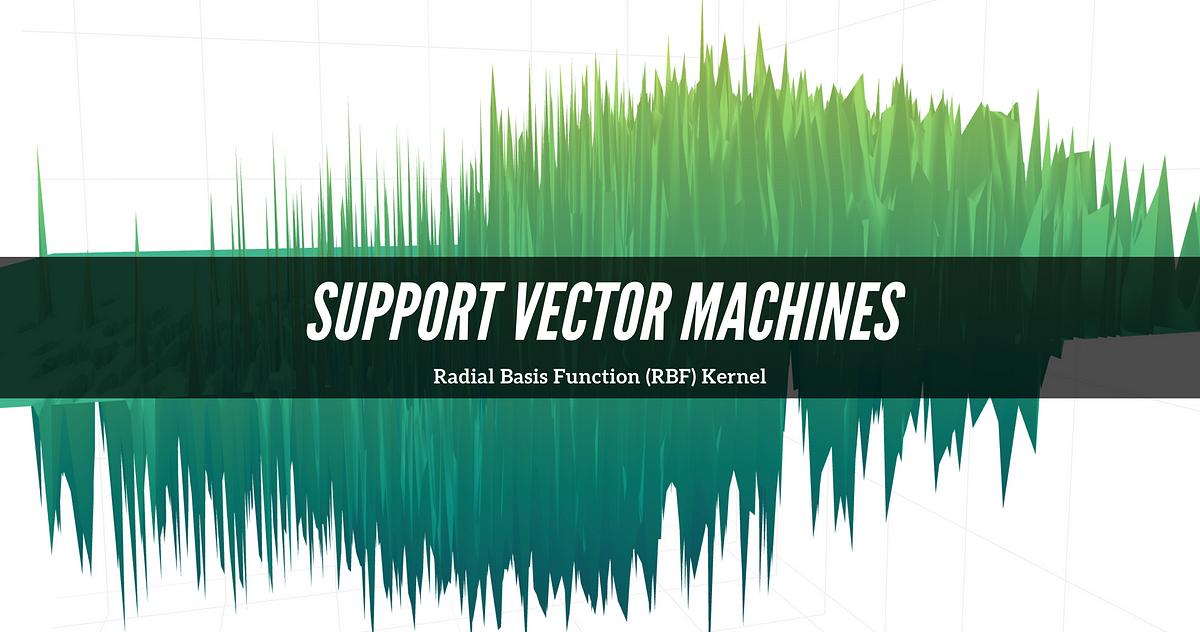
A complete explanation of the inner workings of Support Vector Machines (SVM) and Radial Basis Function (RBF) kernel

Create PDF reports with beautiful visualizations in 10 minutes or less.

Essential guide to multiprocessing with Python.
An Overview of the Most Important Features in Version 0.24

How do you apply convolution kernels to colored images?
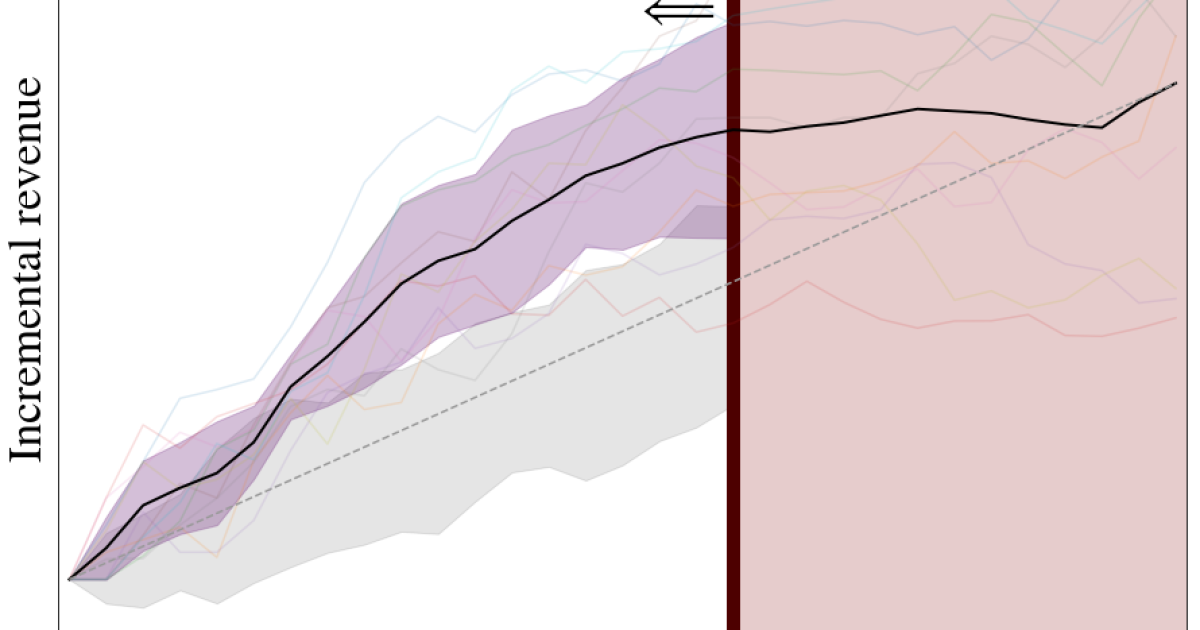
Uplift models seek to predict the incremental value attained in response to a treatment. For example, if we want to know the value of showing an advertisement to someone, typical response models will only tell us that a person is likely to purchase after being given an advertisement, though they may have been likely to purchase already. Uplift models will predict how much more likely they are to purchase after being shown the ad. The most scalable uplift modeling packages to date are theoretically rigorous, but, in practice, they can be prohibitively slow. We have written a Python package, pylift, that implements a transformative method wrapped around scikit-learn to allow for (1) quick implementation of uplift, (2) rigorous uplift evaluation, and (3) an extensible python-based framework for future uplift method implementations.

A deeper look into the fundamentals of image dilation and erosion with the use of kernels.
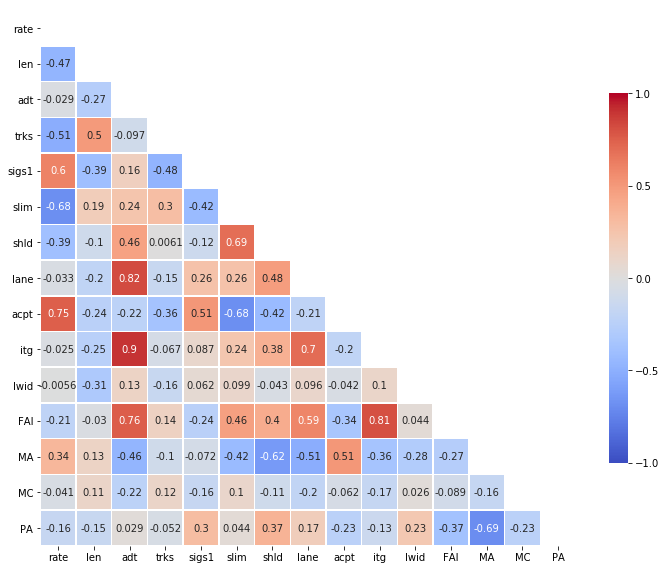
A heatmap is a graphical representation of data in which data values are represented as colors. That is, it uses color in order to…

The string matching problem also known as “the needle in a haystack” is one of the classics. This simple problem has a lot of application…

Demystifying the inner workings of BFGS optimization

There are so many amazing Python libraries out there that it's hard to keep track of all of them. That's why we share with you our hand-picked selection of some top libraries.

Source code: Lib/shutil.py The shutil module offers a number of high-level operations on files and collections of files. In particular, functions are provided which support file copying and removal...

Get started with Azure App Service by deploying your first Python app to Azure App Service.
A visual analysis of Brazilian Higher Education history
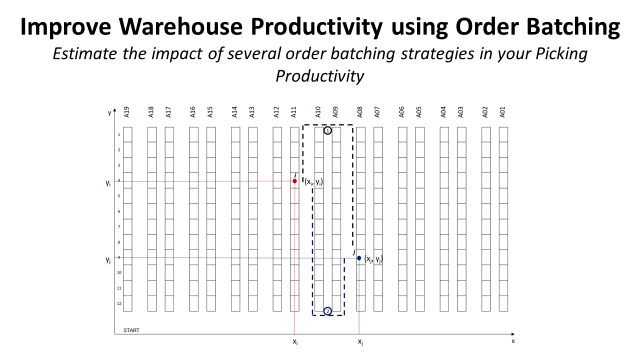
Design a simulation model to estimate the impact of several Single Picker Routing Problem strategies in your Picking Productivity
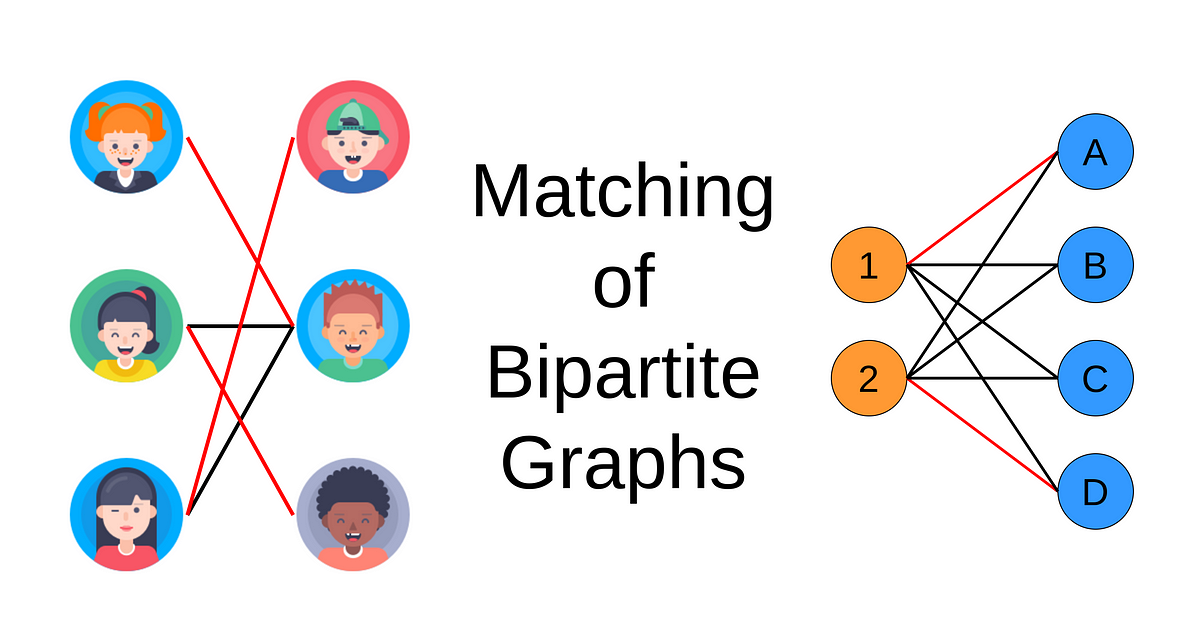
A simple introduction to matching in bipartite graphs with Python code examples
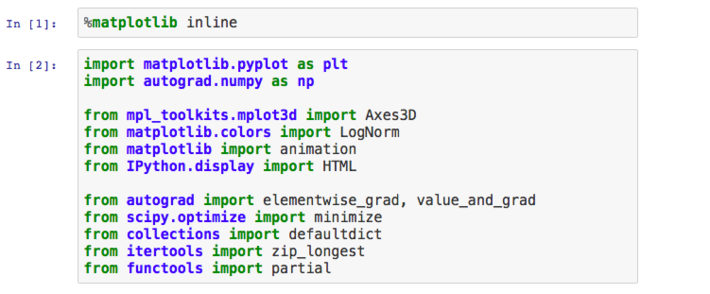
This article was written by Louis Tiao. In this series of notebooks, we demonstrate some useful patterns and recipes for visualizing animating optimization algorithms using Matplotlib. We shall restrict our attention to 3-dimensional problems for right now (i.e. optimizing over only 2 parameters), though what follows can be extended to higher dimensions… Read More »Visualizing and Animating Optimization Algorithms with Matplotlib

In this article we'll discuss how to install Flask on Ubuntu 20.04 inside a Python virtual environment.

Color transfer, Image editing and Automatic Translation
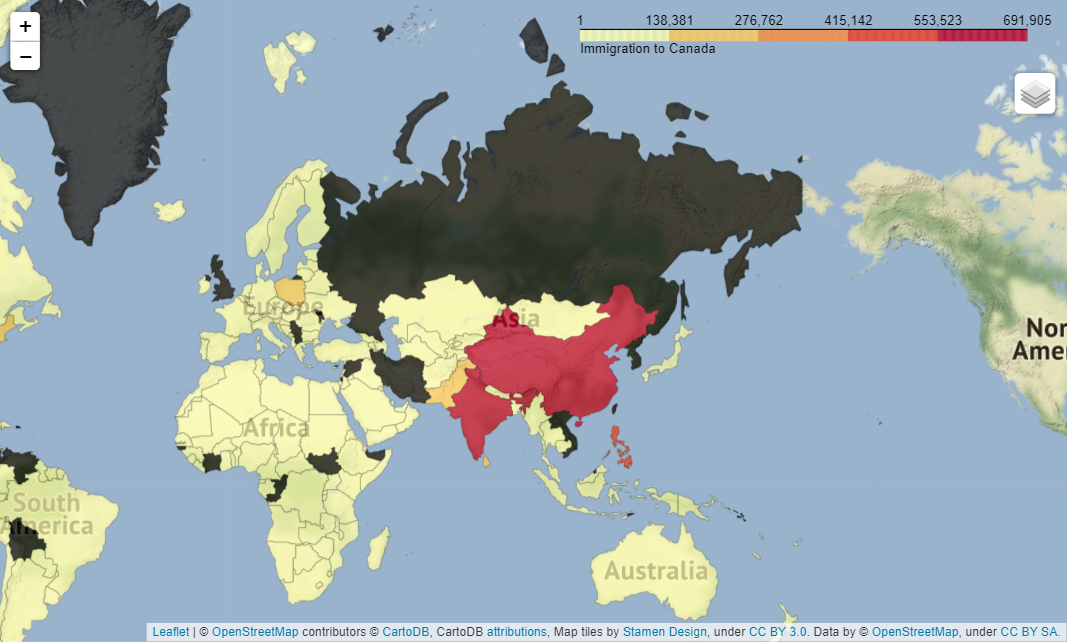
Learn to Develop Choropleth Map Easily Using Python’s Folium Library

NumPy forms the basis of many Python libraries in the data science domain.
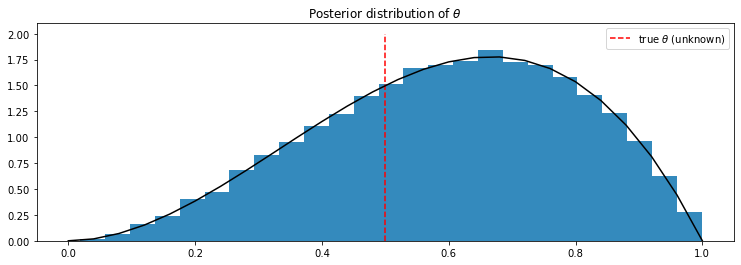
An introduction to PyMC3 through a concrete example

Find static code analysis tools and linters for Java, JavaScript, PHP, Python, Ruby, C/C++, C#, Go, Swift, and more. All tools and linters are peer-reviewed by fellow developers to select the best tools available. Avoid bugs in production, outages on weekends, and angry customers.
Curly brace scopes, autovivification, and other methods for writing better code

Learn which of the 9 most prominent automatic speech recognition engines is best for your needs, and how to use it in Python programs.
Performing Data Visualization using PySpark
A nice thing about Python is that there is tons of modules available out there. Not all those modules are readily available for your distro and even if there were, chances are that a newer release with new features is already out there.

Asyncio helps you to write asynchronous functions using python making your application a lot faster with better user experience with its easy to use syntax.
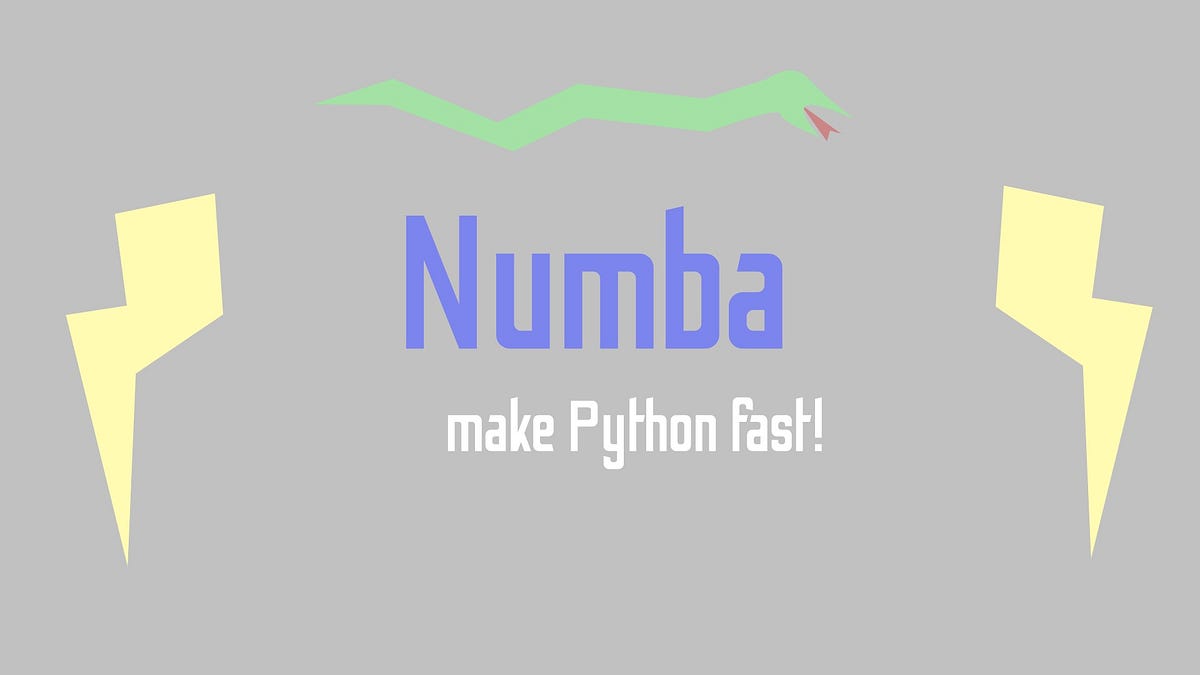
A quick look at a fantastic tool for making Python better in 2020.

In a previous post, I created a guide for JavaScript higher-order functions to make dealing with arra...

A step-by-step guide to apply perspective transformation on images
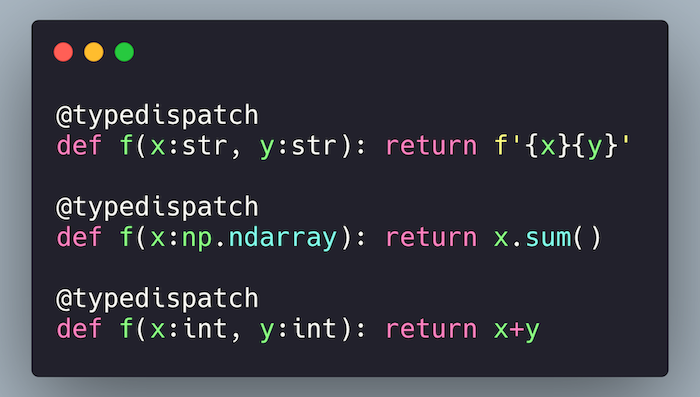
A unique python library that extends the python programming language and provides utilities that enhance productivity.
How you could use defaultdict and Counter to make your code short and readable
In the first post of the series we've looked at the CPython VM. We've learned that it works by executing a series of instructions called bytecode....
Let’s look at the performance of our Python programs and see how to make them up to 30% faster!

I come from the world of MATLAB and numerical computing, where for loops are shorn and vectors are king. During my PhD at UVM, Professor…
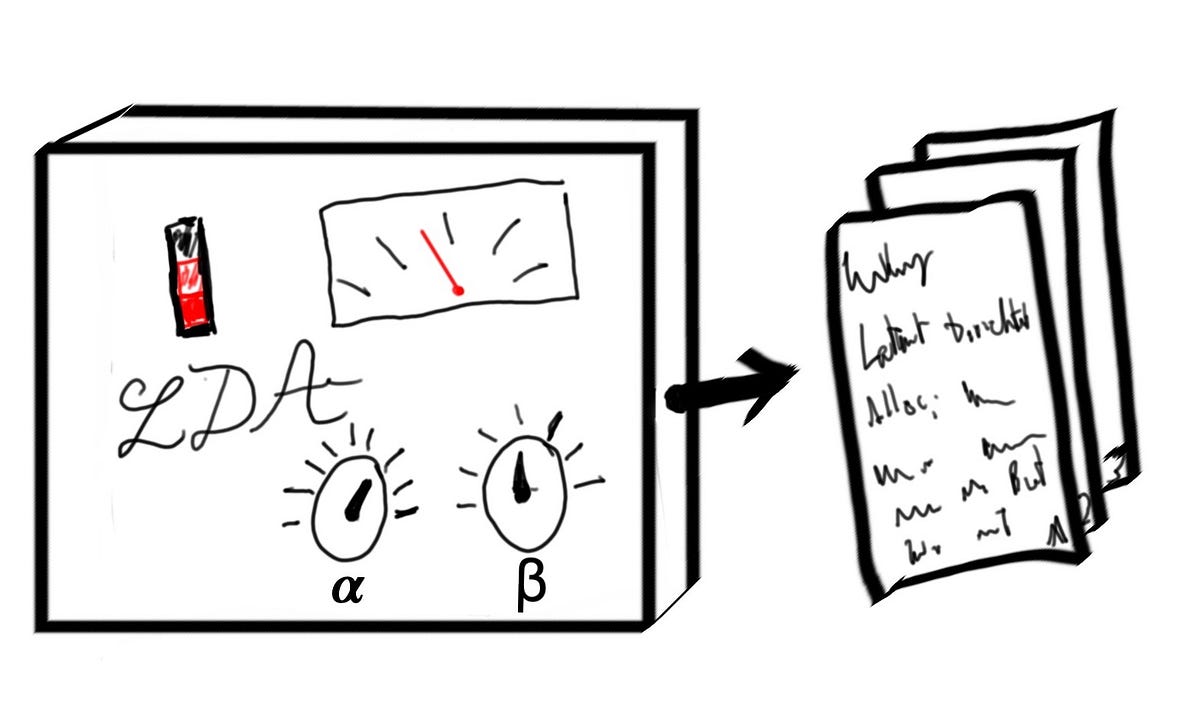
A tour of one of the most popular topic modelling techniques and a guide to implementing and visualising it using pyLDAvis
How to easily and effectively incorporate spatial features in Python using Geopandas

How to manage external resources in Python with your custom context managers
Scaling your Pythonic data science and machine learning to the cloud using Dask. All from the comfort of your own laptop.

I have been working as a Data Analyst for almost 5 years now but, in this time I have mostly used business intelligence software for all…
How to use GeoPandas and Leaflet?

A simple solution for data analytics for big data parallelizing computation in Numpy, Pandas, and Scikit-Learn Frameworks.

This article was originally published on the Paperspace blog. You can run the code for my tutorials for free on Gradient.

A look into how Python is used to bring your favorite movies to the big screen.
A quick guide for extracting the tables from PDF files in Python using Camelot library
Top 3 Excel-Python integration methods and what you can do with them
As the ever-growing demand for deep learning continues to rise, more developers and data scientists are joining the deep-learning…
As a Data Scientist, you are already spending most of your time getting your data ready for prime time. Follow these real-world scenarios to learn how to leverage the advanced techniques in Python of list comprehension, Lambda expressions, and the Map function to get the job done faster.

We show how to emulate Brownian motion, the most famous stochastic process used in a wide range of applications, using simple Python code.
Confused about which Visualization Tool to Use? I Broke Down the Pros and Cons of Each Libary for You

Compare good writing style and bad writing style with the code runtime
Understand the basics with a concrete example!
Even if you write clear and readable code, even if you cover your code with tests, even if you are very experienced developer, weird bugs will inevitab...

Pandas: From Journeyman to Master — Voice from the victim.

A different approach to import data files automatically in python.

Ultra high resolution satellite and elevation imagery

Hey guys this my first blog on Medium. This is an Iris classification ML model turned into a flask app for hosting on Heroku.

A Picture is worth a thousand words. Literally! there are 2200+ words in this picture. 😱

Use Pandas with Dask to save time and resources. This combination will make your notebook ultra fast
A deep dive beginner’s guide into different python virtual environments, the benefits of each, and how to get started using them
Check out these 5 cool Python libraries that the author has come across during an NLP project, and which have made their life easier.
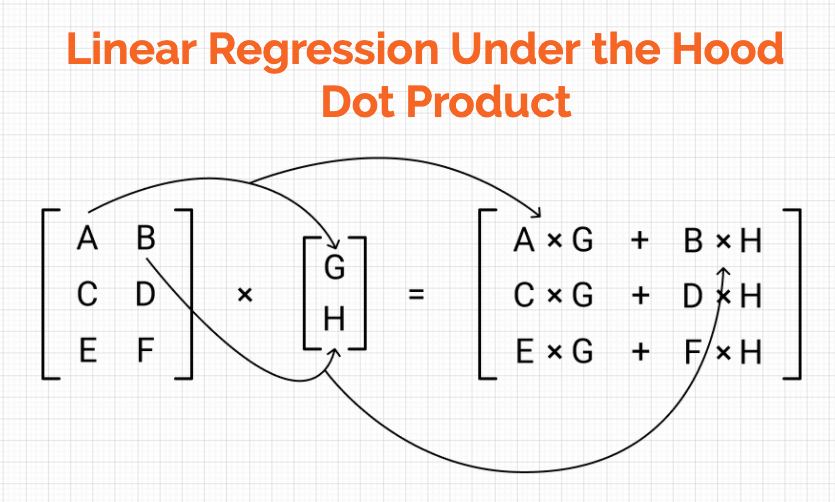
Building up the intuition for how matrices help to solve a system of linear equations and thus regressions problems

Recursive Feature Elimination, or RFE for short, is a popular feature selection algorithm. RFE is popular because it is easy to configure and use and because it is effective at selecting those features (columns) in a training dataset that are more or most relevant in predicting the target variable. There are two important configuration options when using RFE: the choice…

Explaining outlier detection with PyCaret library in python
This is a quick guide to Python’s asyncio module and is based on Python version 3.8. Introduction Why focus on asyncio? A quick asyncio summary A quick concurrent.futures summary Green Threads? Event Loop Awaitables Coroutines Tasks Futures Running an asyncio program Running Async Code in the REPL Use another Event Loop Concurrent Functions Deprecated Functions Examples gather wait wait_for as_completed create_task Callbacks Pools Executors asyncio.Future vs concurrent.futures.Future asyncio.wrap_future Introduction So let’s start by addressing the elephant in the room: there are many modules provided by the Python standard library for handling asynchronous/concurrent/multiprocess code…
A guide to modern Python tooling with a focus on simplicity and minimalism.
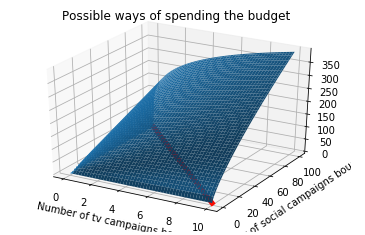
Lagrange Multiplier on a function with 2 variables with 1 equality constraint
Important list of 10 python snippets to make your code efficient

This post will address the issues that can arise when Pandas slicing is used improperly. If you see the warning that reads "A value is trying to be set on a copy of a slice from a DataFrame", this post is for you.
Know your Pandas library function arsenal as a data scientist
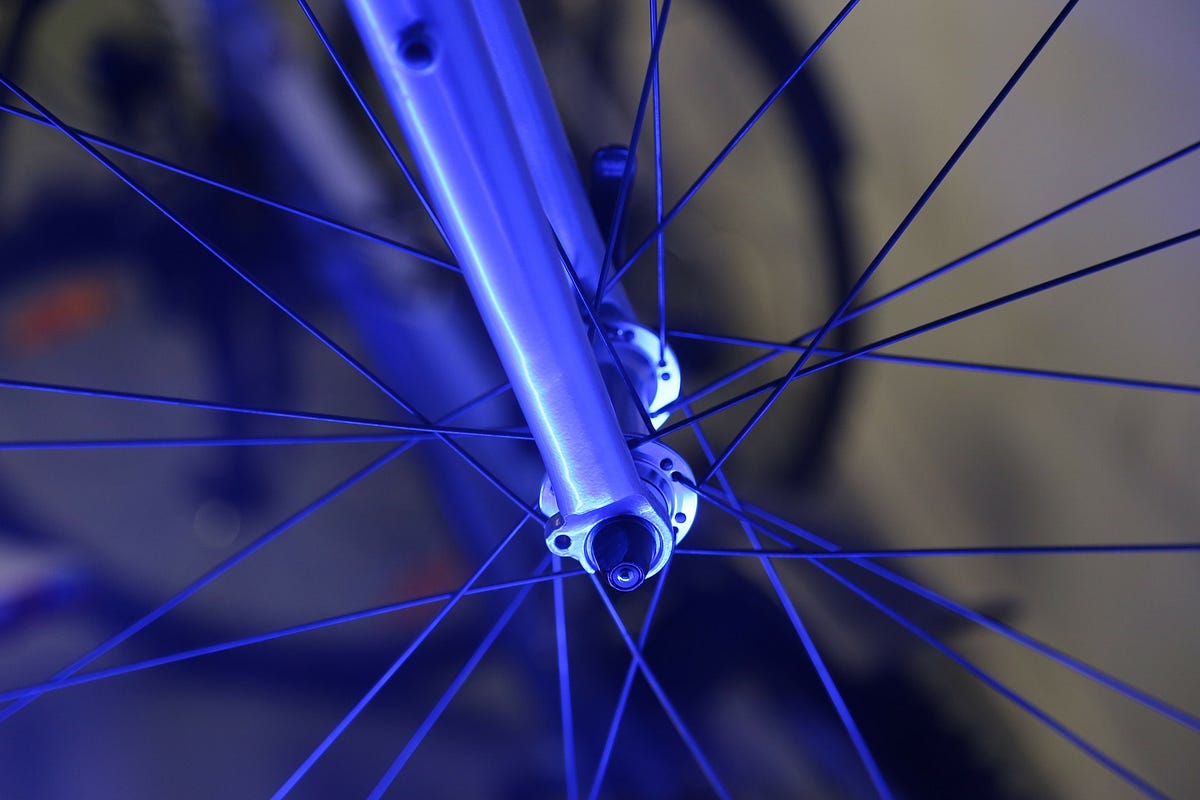
This new Python package accelerates notebook-based machine learning experimentation

Using q-learning for sequential decision making and therefore learning to play a simple game.

A basic guide to using Python to fit non-linear functions to experimental data points
The Pandas library for Python is a game-changer for data preparation. But, when the data gets big, really big, then your computer needs more help to efficiency handle all that data. Learn more about how to use Dask and follow a demo to scale up your Pandas to work with…

I came across Pycaret while I was browsing on a slack for data scientists. It's a versatile library in which you can apply/evaluate/tune…
A Walkthrough on Hyperspectral Image Analysis Using Python.
Berkeley CS61A Textbook
How to linearize a quadratic function to use it in a linear solver, (a.k.a. I don’t have money to pay for Gurobi) using a retail example

Apache Spark is one of the hottest new trends in the technology domain. It is the framework with probably the highest potential to realize…
A code-along guide for Pandas’ advanced functionalities.

Parts 1 and 2 are found here and here

The ultimate guide on open source GIS tools for spatial analysis. Find the tools you need to support your next spatial data project!

An Overview Of popular python libraries for Natural Language Processing

A simple guide to create your own Python script with command line arguments

In real life, data preprocessing is really a pain for most data scientists. But with the help of data visualization libraries, it actually…
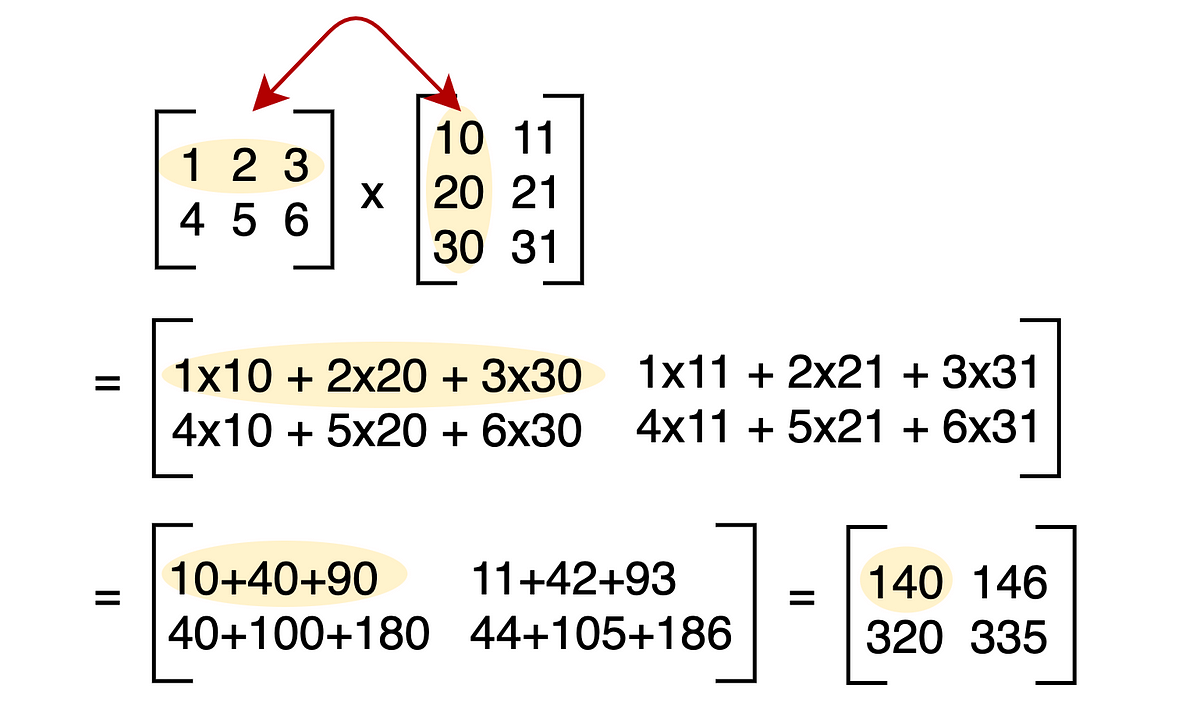
Learn matrix multiplication for machine learning by following along with Python examples

How does pivot work? What is the main pandas building block? And more …
What if you can create a scatter plot for categorical features?
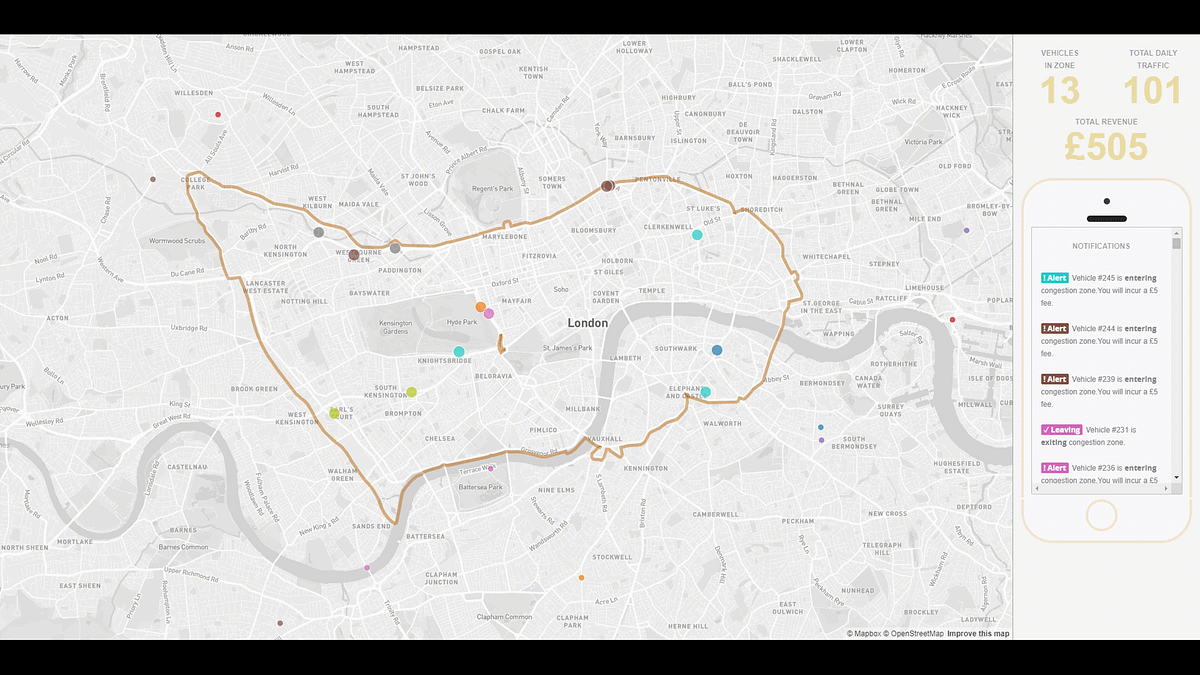
Tutorial — Triggering notifications and Nudging GPS locations from users.

Learn the basics of working with RGB and Lab images to boost your computer vision projects!
In this post, we’ll go over how to write DataFrames to CSV files.
https://github.com/sepandhaghighi/pycm https://www.pycm.ir custom_rounder function added #279 complement function added sparse_matrix attribute added…

Why and How to use with examples of Keras/XGBoost

NumPy is the universal standard for working with Numerical data in Python. Multidimensional NumPy arrays are extensively used in Pandas…
In this tutorial, you will learn how to connect to the PostgreSQL database server from Python using the psycopg2 package.
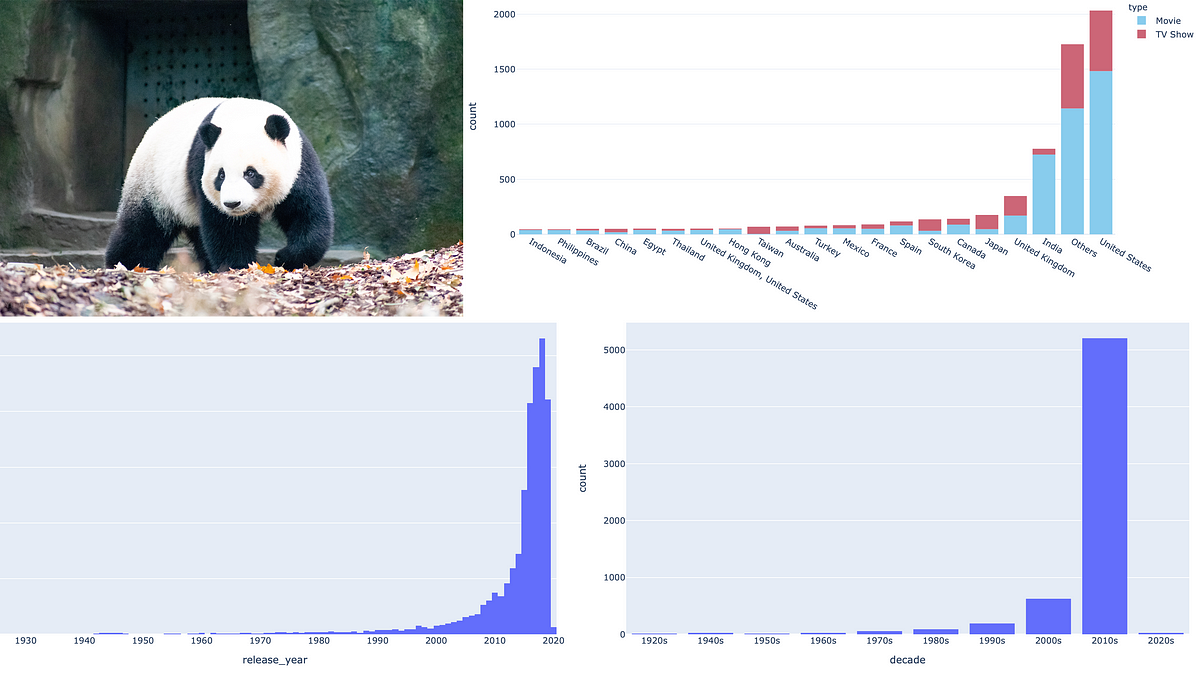
Master these pandas functions (and methods) to shorten your code, improve performance and avoid headaches.

If you have ever heard Python and Fourier nouns, chances are you’ll find this post useful: here I will explore a simple way to implement…

"The Ultimate Guide to using the Python regex module" https://lttr.ai/Nt5c #regex #Python #datascience #nlp
Learn about the advanced features the requests library hides under the hood. DRY base URLs, hooks, retry on failure, default timeouts and mocking.
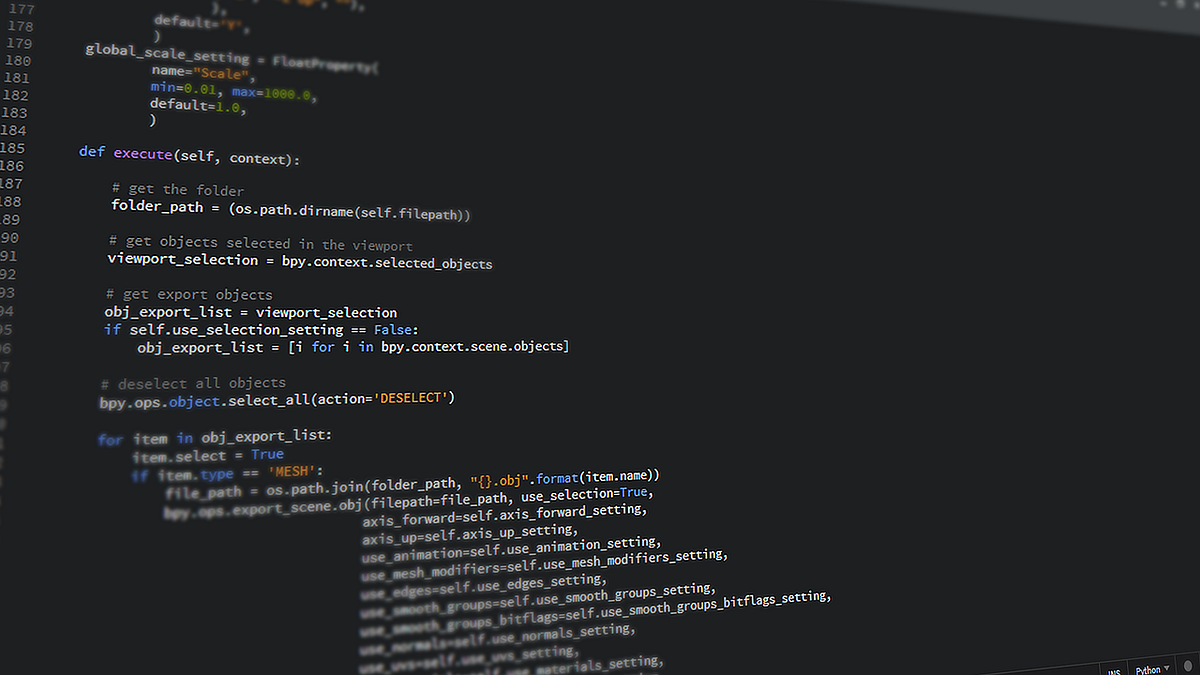
Make your day to day life easier by using these functions in your analysis

Convert images to a string with Google Tesseract and then into a static HTML site using python
Python has some great data visualization librairies, but few can render GIFs or video animations. This post shows how to use MoviePy as a generic …
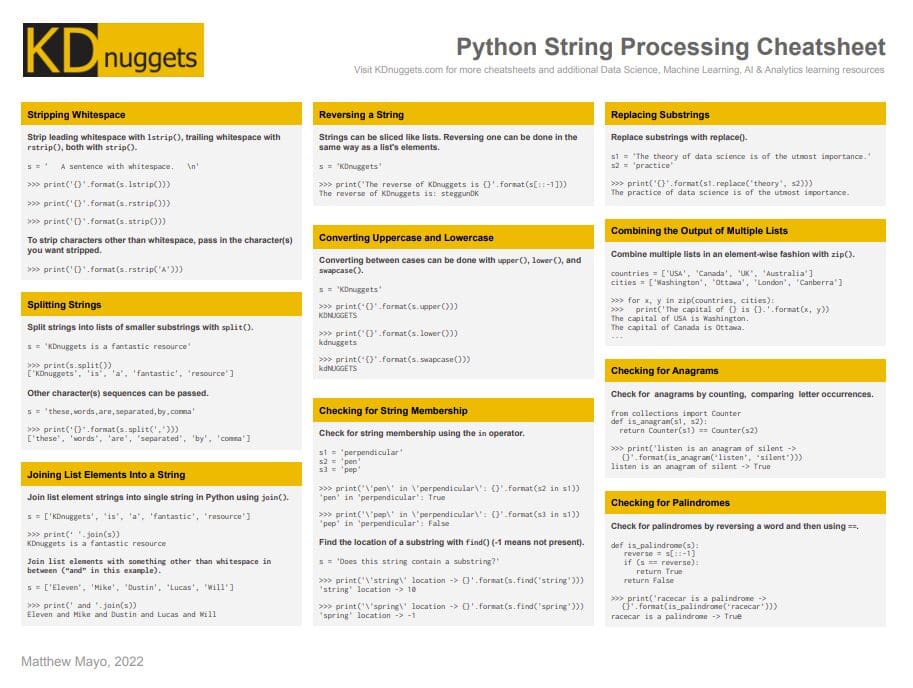
Try this string processing primer cheatsheet to gain an understanding of using Python to manipulate and process strings at a basic level.

We show how to build intuitive and useful pipelines with Pandas DataFrame using a wonderful little library called pdpipe.
Check out this collection of 10 Python snippets that can be taken as a reference for your daily work.
Python haters always say, that one of reasons they don't want to use it, is that it's slow. Well, whether specific program - regardle...
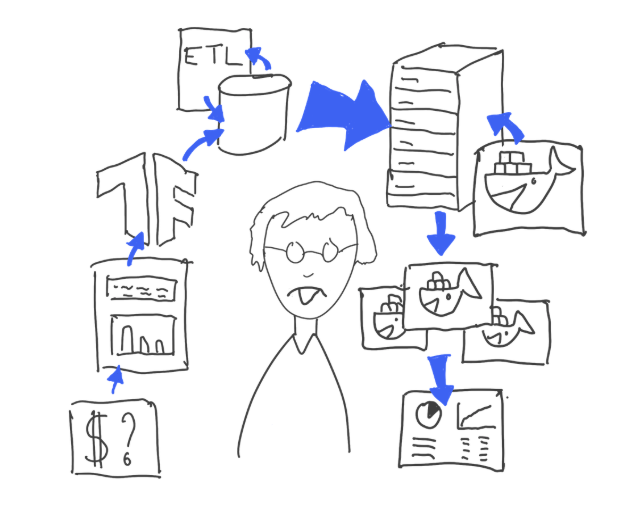
Spend more time modeling, and less time managing infrastructures. A hands-on tutorial.

Nature Methods - This Perspective describes the development and capabilities of SciPy 1.0, an open source scientific computing library for the Python programming language.
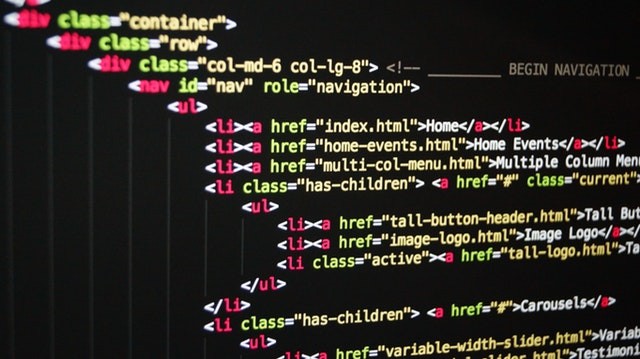
A tutorial about a HTML parser for Python 3. Learn about the basic of a library for easily parsing web pages and extracting useful information.

Dive deep into OCR with Tesseract, including Pytesseract integration, training with custom data, limitations, and comparisons with enterprise solutions.
Brush up on your Python basics with this post on creating, using, and manipulating tuples.
While Pandas is the library for data processing in Python, it isn't really built for speed. Learn more about the new library, Modin, developed to distribute Pandas' computation to speedup your data prep.
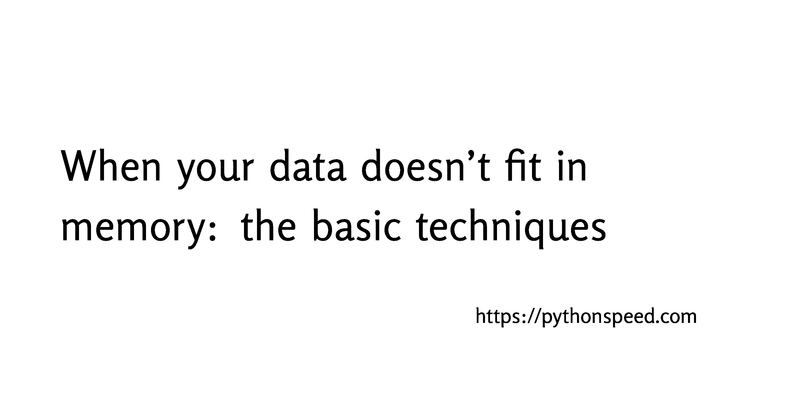
You can process data that doesn’t fit in memory by using four basic techniques: spending money, compression, chunking, and indexing.
In this post, learn how to extend Scikit-learn code to make your experiments easier to maintain and reproduce.
The pandas library offers core functionality when preparing your data using Python. But, many don't go beyond the basics, so learn about these lesser-known advanced methods that will make handling your data easier and cleaner.
On the Linux command line it is fairly easy to use the perf command to measure number of floating point operations (or other performance metrics). (See for example this old blog post ) with this approach it is not easy to get a fine grained view of how different stages of processings within a single process. In this short note I describe how the python-papi package can be used to measure the FLOP requirements of any section of a Python program.

Editor, Raymond Hettinger,. This article explains the new features in Python 3.8, compared to 3.7. Python 3.8 was released on October 14, 2019. For full details, see the changelog. Summary – Releas...

Introduction In the last year or two I have worked on and off on making PyPy's JSON faster, particularly when parsing large JSON files. I...

This tutorial will give you a firm grasp of Python’s approach to async IO, which is a concurrent programming design that has received dedicated support in Python, evolving rapidly from Python 3.4 through 3.7 (and probably beyond).
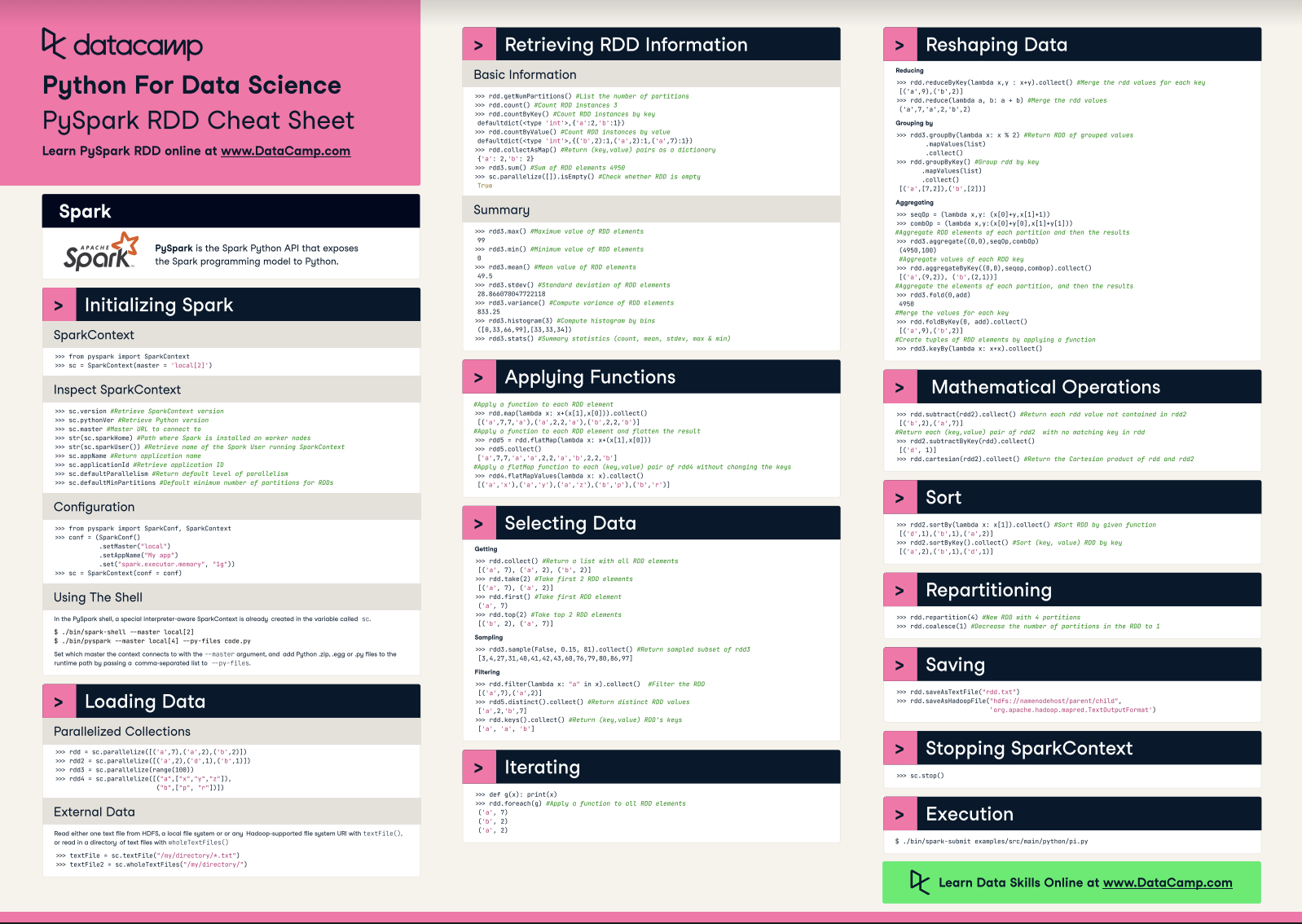
This PySpark cheat sheet with code samples covers the basics like initializing Spark in Python, loading data, sorting, and repartitioning.
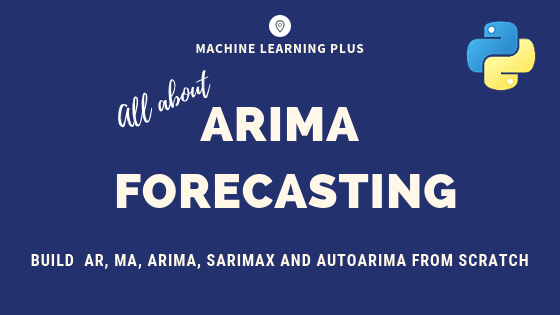
Using ARIMA model, you can forecast a time series using the series past values. In this post, we build an optimal ARIMA model from scratch and extend it to Seasonal ARIMA (SARIMA) and SARIMAX models. You will also see how to build autoarima models in python
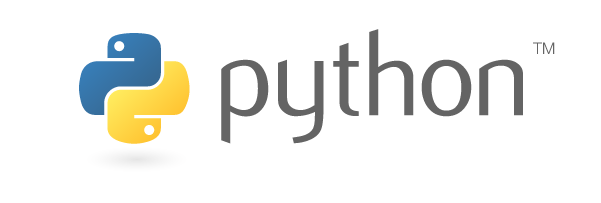
By Pythonistas at Netflix, coordinated by Amjith Ramanujam and edited by Ellen Livengood

This post is a part of my series on Python Shorts. Some tips on how to use python. This post is about using the computing power we have at hand and applying it to the data structure we use most.

Did you know you can write functions in C and then call them directly from Python? Isn't that cool? L...
A Python Library for Outlier and Anomaly Detection, Integrating Classical and Deep Learning Techniques - yzhao062/pyod
This article lists some curated tips for working with Python and Jupyter Notebooks, covering topics such as easily profiling data, formatting code and output, debugging, and more. Hopefully you can find something useful within.
Build software that combines Python’s expressivity with the performance and control of C (and C++). It’s possible with Cython, the compiler and hybrid programming language used by foundational packages such … - Selection from Cython [Book]

In recent years REST (REpresentational State Transfer) has emerged as the standard architectural design for web services and web APIs.In this article I'm going to show you how easy it is to create a…

Something a lot of beginners struggle with is the concept of passing data between different programmi...

Bokeh is a Python library for creating interactive visualizations for modern web browsers. It helps you build beautiful graphics, ranging from simple plots to complex dashboards with streaming data...

A guided walkthrough of how to use the Prophet python library to solve a common forecasting problem.

Quick-reference guide to the 17 statistical hypothesis tests that you need in applied machine learning, with sample code in Python. Although there are hundreds of statistical hypothesis tests that you could use, there is only a small subset that you may need to use in a machine learning project. In this post, you will discover a cheat sheet for the…
When I discovered Python’s new pathlib module a few years ago, I initially wrote it off as being a slightly more awkward and unnecessarily …
Here are the top 15 Python libraries across Data Science, Data Visualization. Deep Learning, and Machine Learning.
Anaconda is the birthplace of Python data science. We are a movement of data scientists, data-driven enterprises, and open source communities.

Learn how these 12 dimensionality reduction techniques can help you extract valuable patterns and insights from high-dimensional datasets.

By Peter Gleeson Python is one of the world’s most popular, in-demand programming languages. This is for many reasons: it’s easy to learn it’s super versatile it has a huge range of modules and libraries I use Python daily as an integral part of my...
A context-preserving word cloud generator.

Recently I’ve started using PyMC3 for Bayesian modelling, and it’s an amazing piece of software! The API only exposes as much of heavy machinery of MCMC as you need — by which I mean, just the pm.sample() method (a.k.a., as Thomas Wiecki puts it, the Magic Inference Button™). This really frees up your mind to think about your data and model, which is really the heart and soul of data science! That being said however, I quickly realized that the water gets very deep very fast: I explored my data set, specified a hierarchical model that made sense to me, hit the Magic Inference Button™, and… uh, what now? I blinked at the angry red warnings the sampler spat out.

Using the FeatureSelector for efficient machine learning workflows

Using mlxtend to perform market basket analysis on online retail data set.

Originally published at https://www.datacamp.com/community/tutorials/finance-python-trading

During my years as a Consultant Data Scientist I have received many requests from my clients to provide frequency distribution
Last time we saw a geometric version of the algorithm to add points on elliptic curves. We went quite deep into the formal setting for it (projective space $ \mathbb{P}^2$), and we spent a lot of time talking about the right way to define the “zero” object in our elliptic curve so that our issues with vertical lines would disappear. With that understanding in mind we now finally turn to code, and write classes for curves and points and implement the addition algorithm.
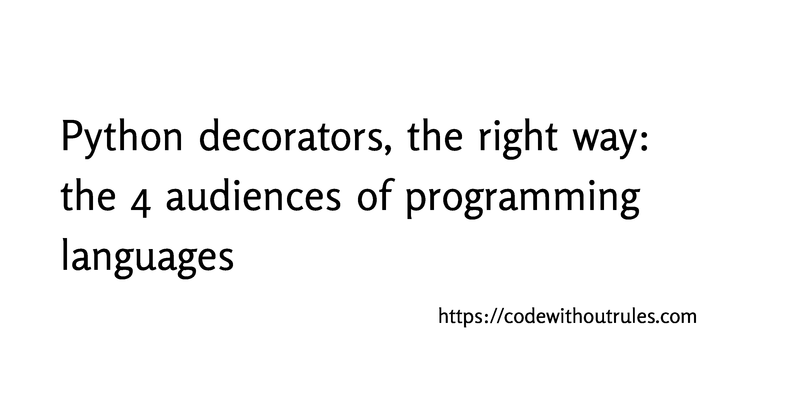
Python decorators are a useful but flawed language feature. Intended to make source code easier to write, and a little more readable, they neglect to address another use case: that of the programmer who will be calling the decorated code. If you’re a Python programmer, the following post will show you why decorators exist, and how to compensate for their limitations. And even if you’re not a Python a programmer, I hope to demonstrate the importance of keeping in mind all of the different audiences for the code you write.

Discover 100 collaborative articles on domains such as Marketing, Public Administration, and Healthcare. Our expertly curated collection combines AI-generated content with insights and advice from industry experts, providing you with unique perspectives and up-to-date information on many skills and their applications.
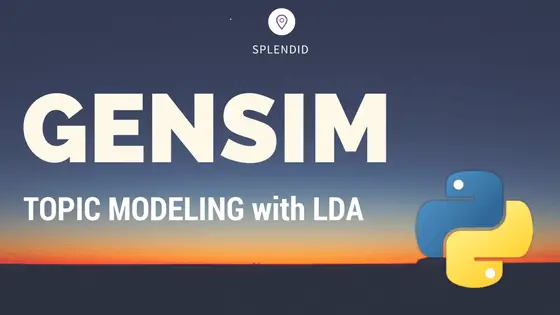
Topic Modeling is a technique to understand and extract the hidden topics from large volumes of text. Latent Dirichlet Allocation(LDA) is an algorithm for topic modeling, which has excellent implementations in the Python's Gensim package. This tutorial tackles the problem of finding the optimal number of topics.
How do I import files in Python? I want to import: a file (e.g. file.py) a folder a file dynamically at runtime, based on user input one specific part of a file (e.g. a single function)

Generators make it easy to create iterations in Python and in return write less code. This tutorial will introduce you to Python generators, their benefits, and how they work. Basics A generator...

A step-by-step guide for deploying your first Python app and mastering the basics of Heroku
Minimal examples of data structures and algorithms in Python - keon/algorithms
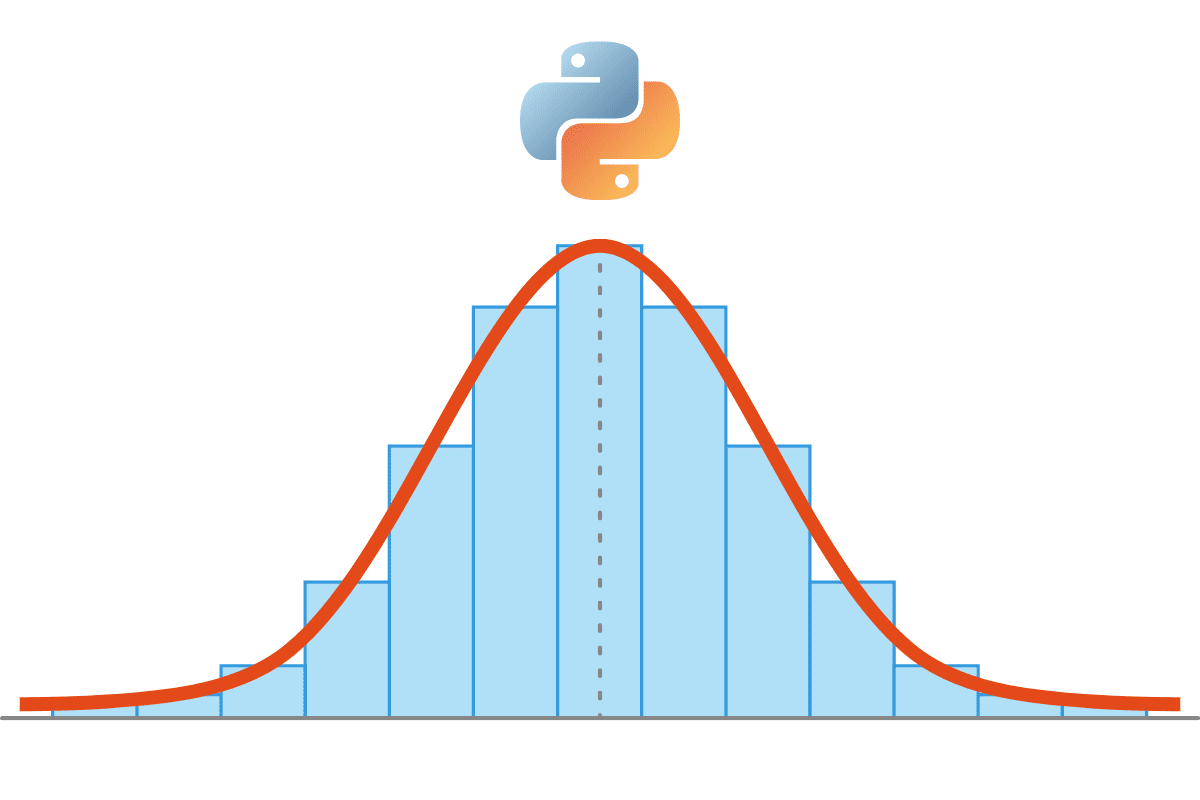
Standard Deviation is one of the most underrated statistical tools out there. It’s an extremely useful metric that most people know how to calculate but very few know how to use effectively.
Numba is an open-source Python compiler from Anaconda that can compile Python code for high-performance execution on CUDA-capable GPUs or multicore CPUs.

In this tutorial, I will be focusing on arguments (*args) and keyword arguments (*kwargs) in Python. I will teach you what args and kwargs are and, most importantly, how to use them—that is...
A tutorial on organizing python code into reusable units, building packages, and using conda. - vestuto/reusable-python

The Python Graph Gallery displays hundreds of charts made with Python, always with explanation and reproduciible code

Yes, really, nothing but Python! Anvil has a drag-and-drop editor, Python in the browser and on the server, and one-click deployment.